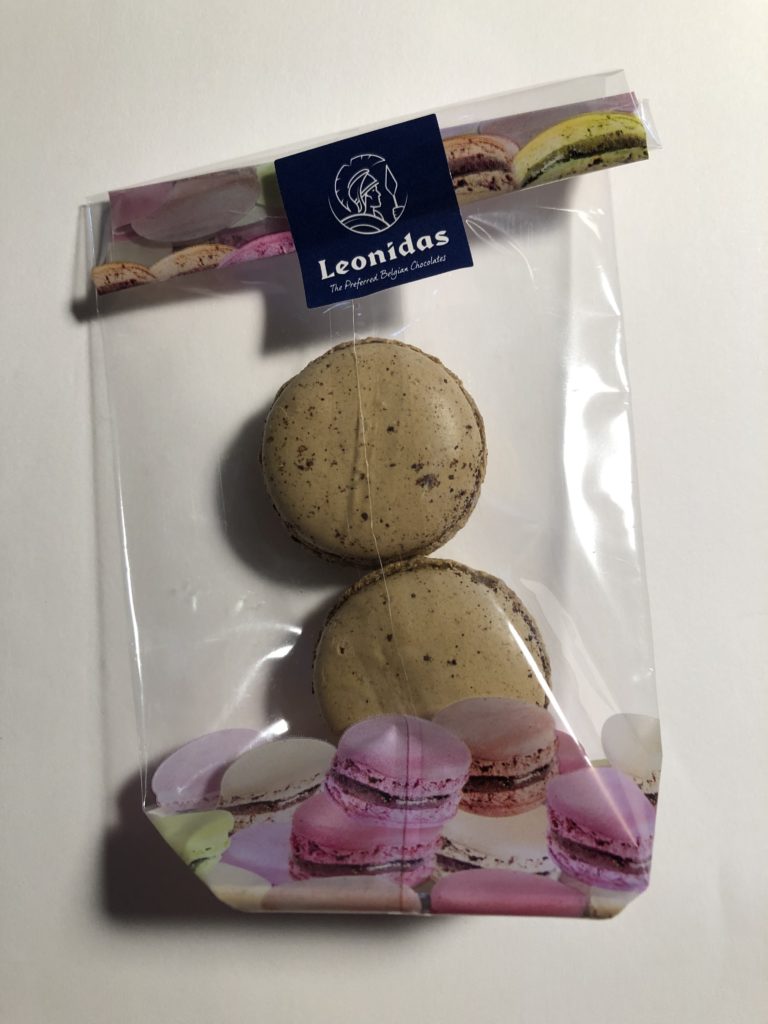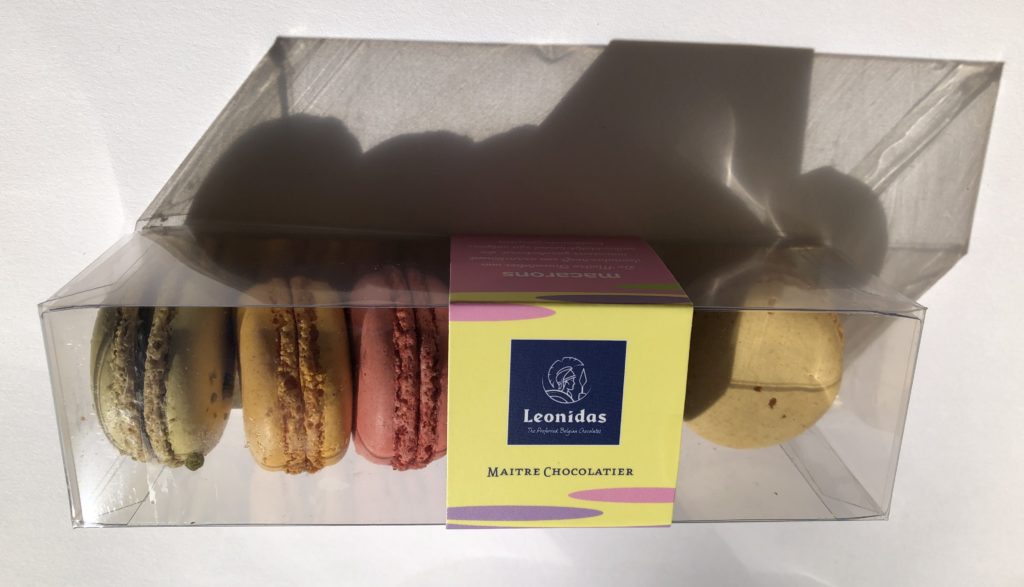Here are a few of my favorite pictures that Pierre has taken this summer of our house, our property, and the surrounding area…
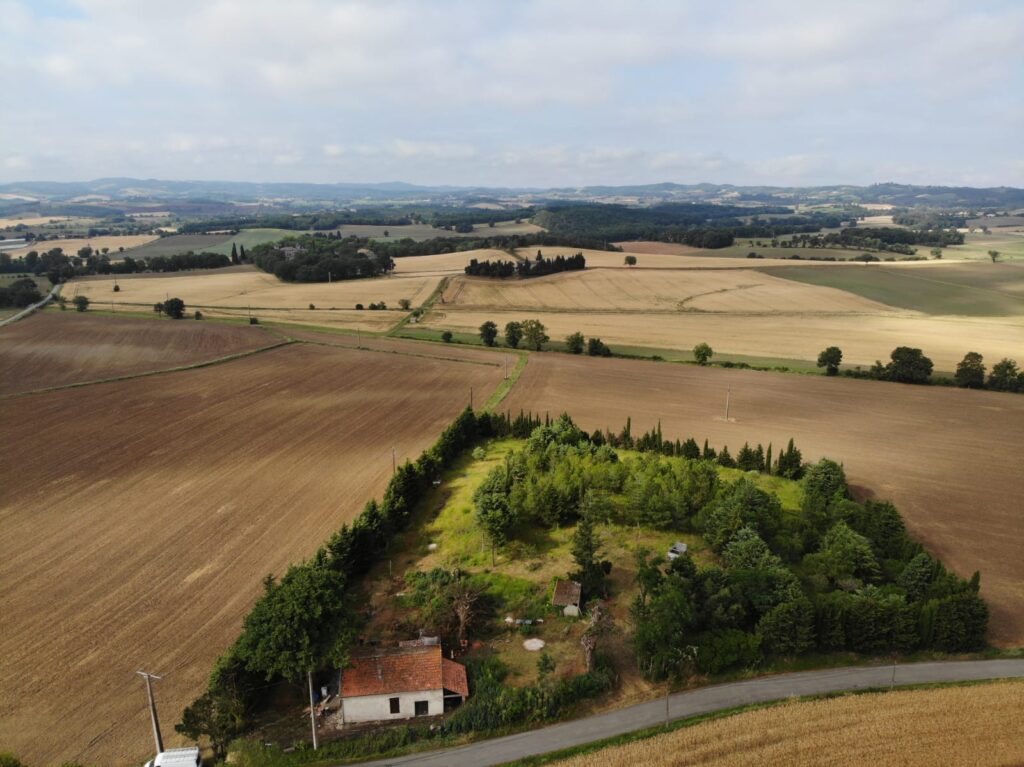
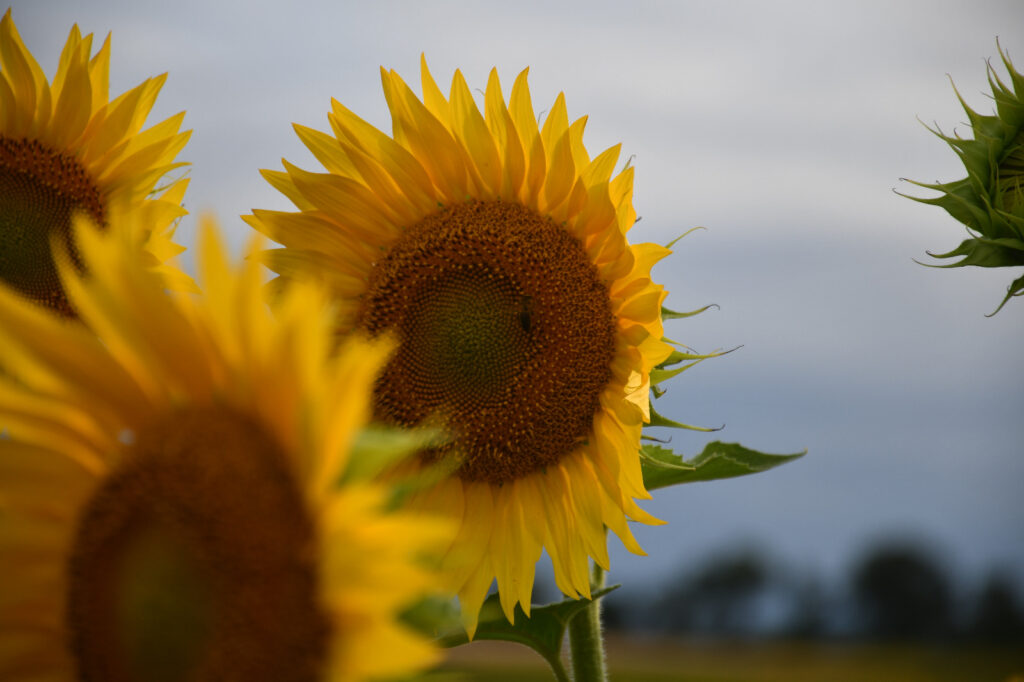
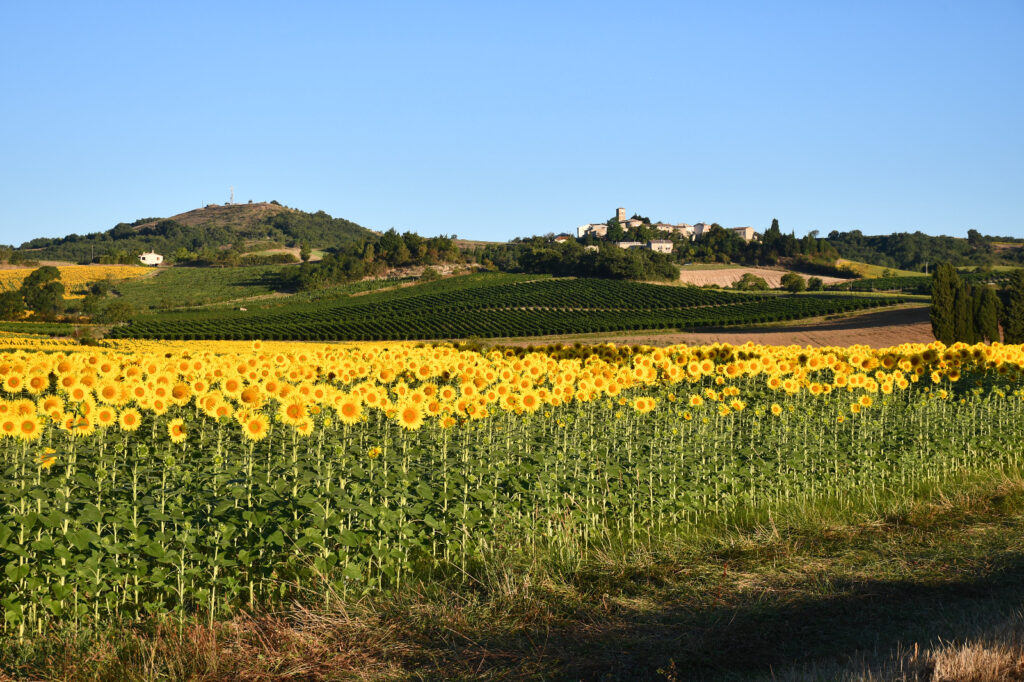
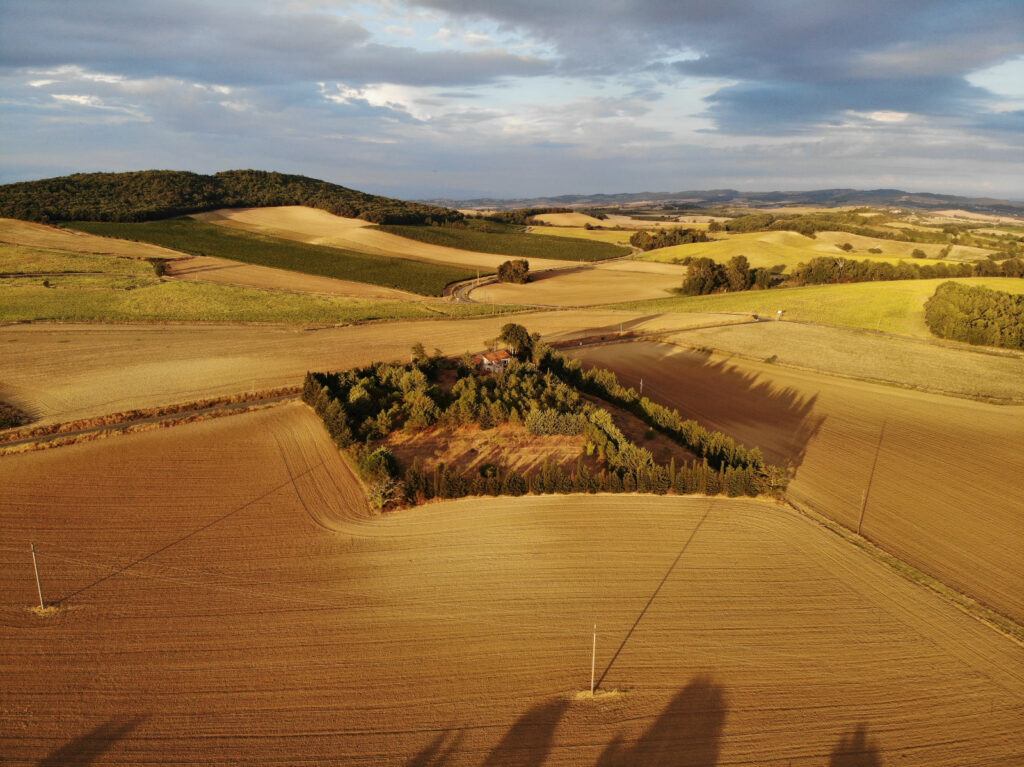
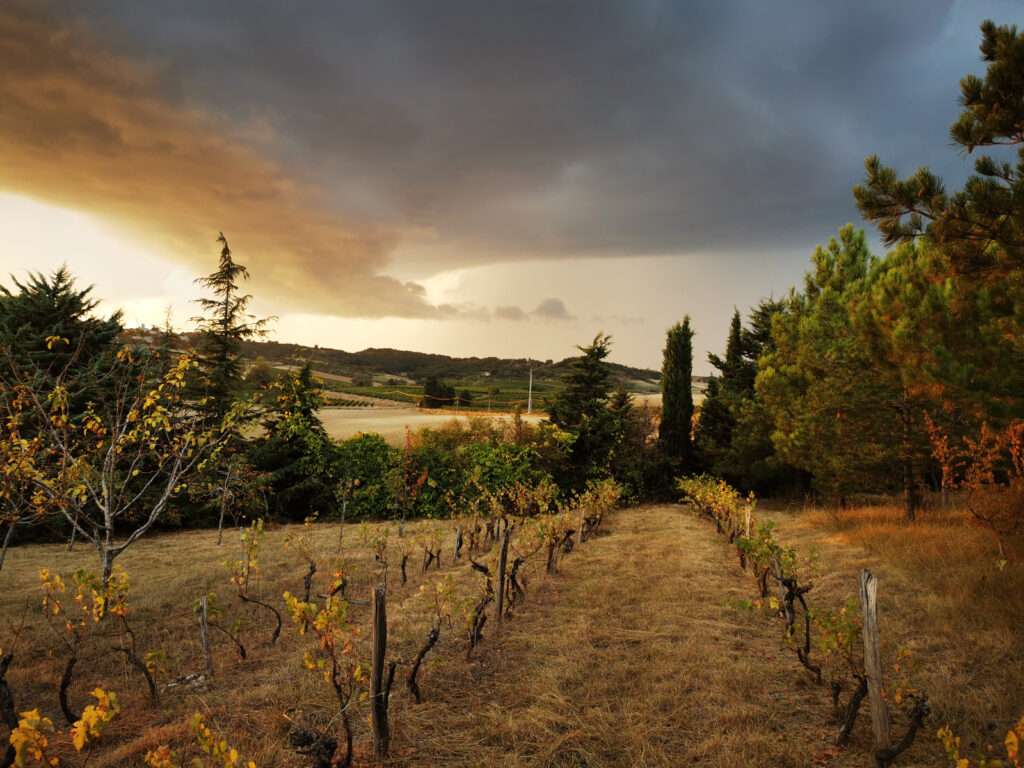
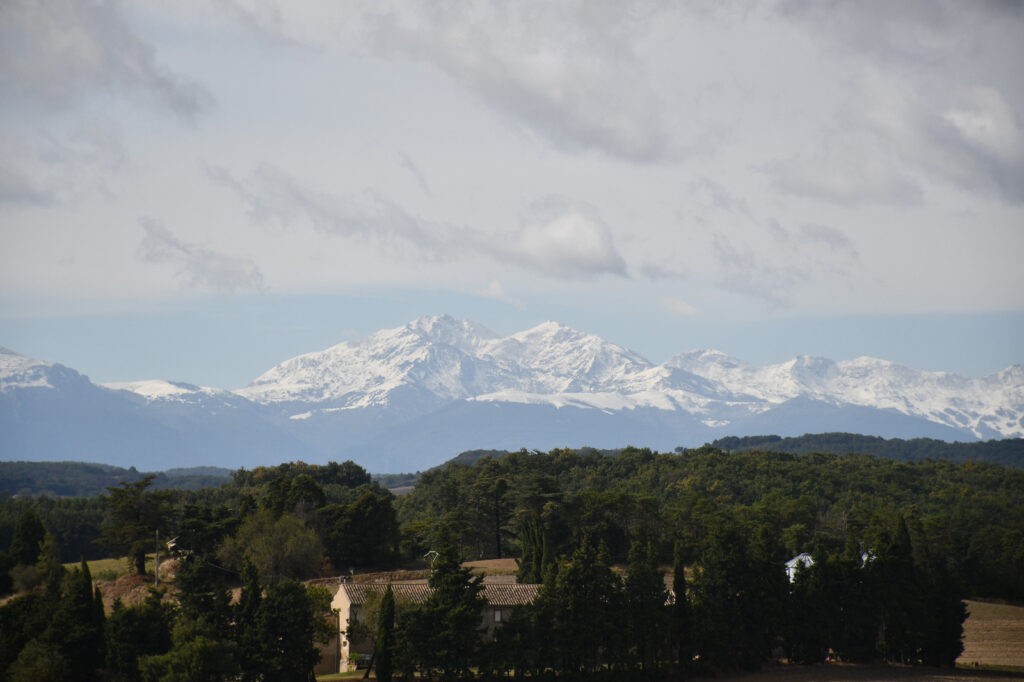
Every Day Should Be An Adventure
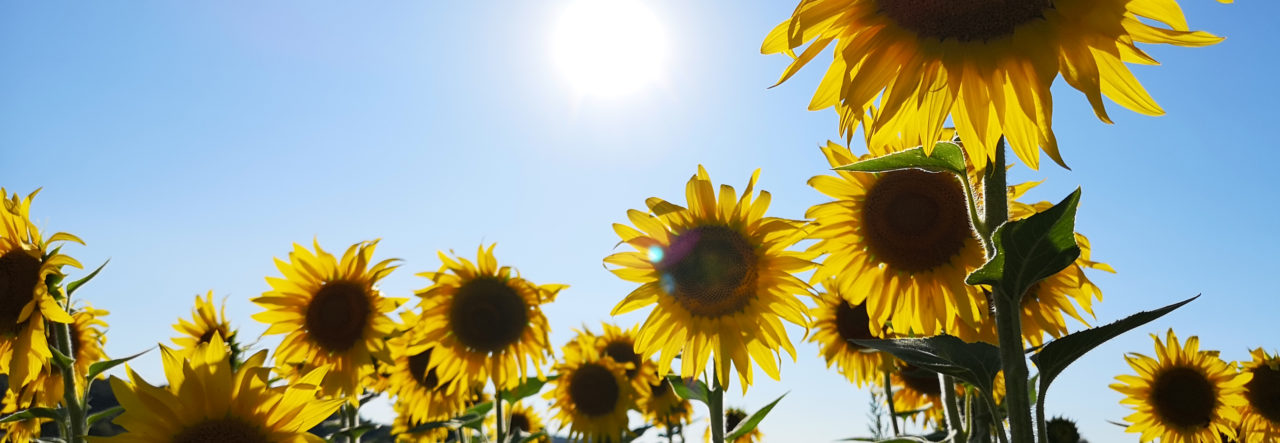
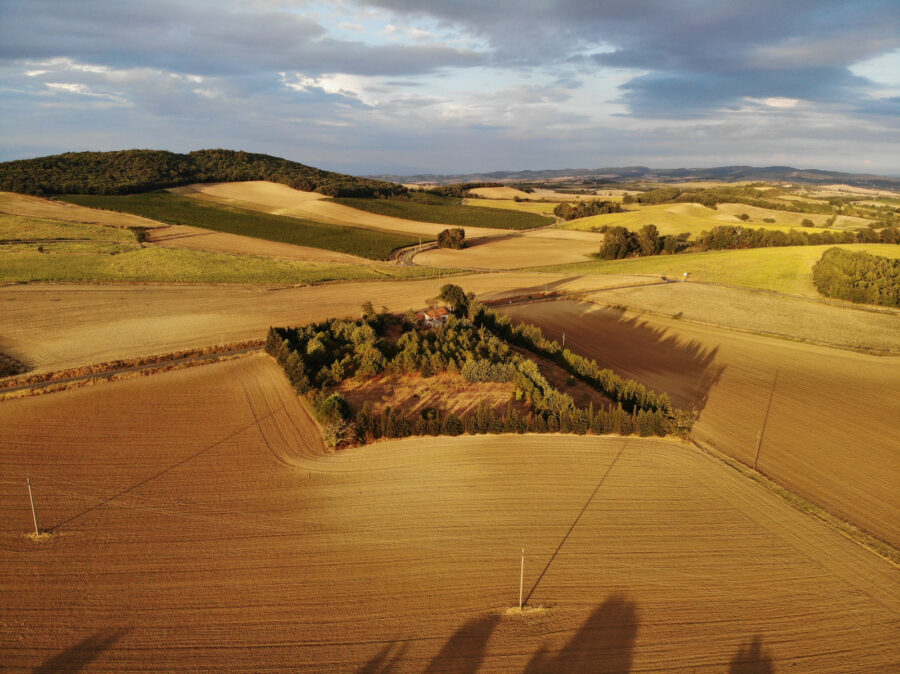
Here are a few of my favorite pictures that Pierre has taken this summer of our house, our property, and the surrounding area…

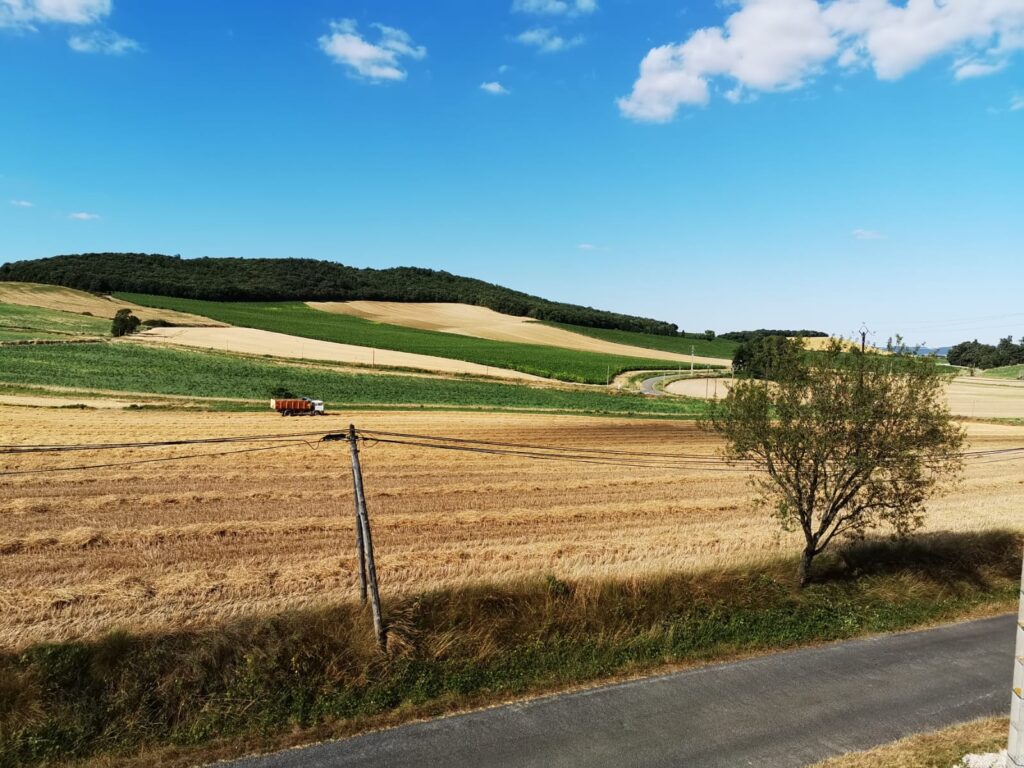
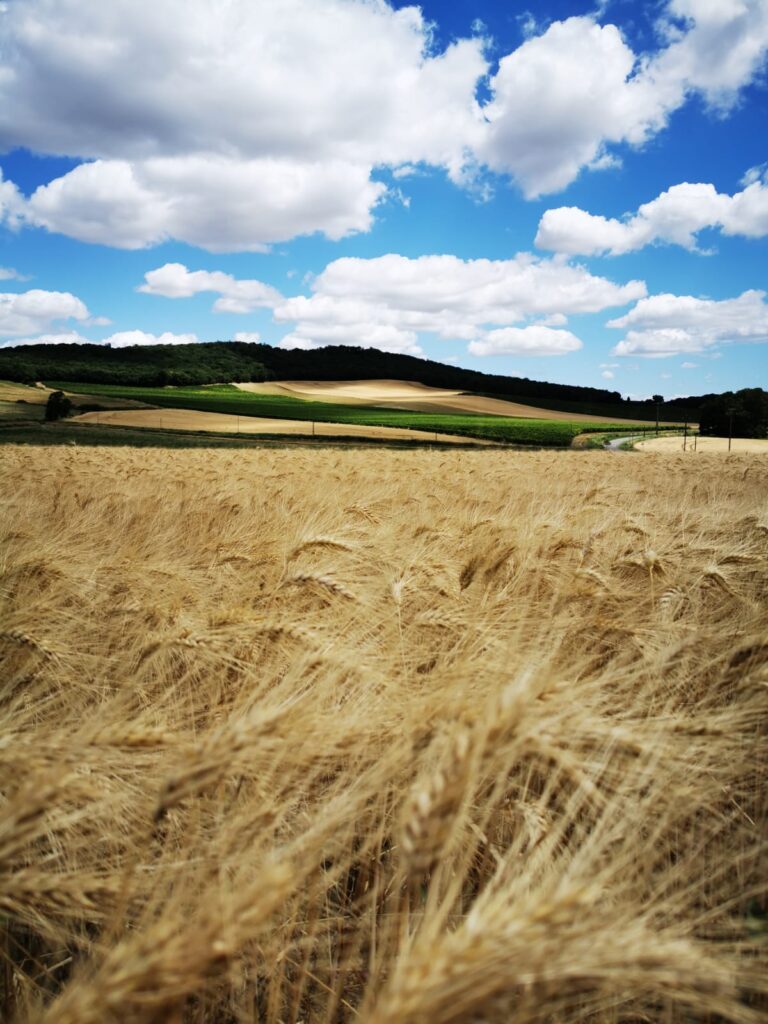
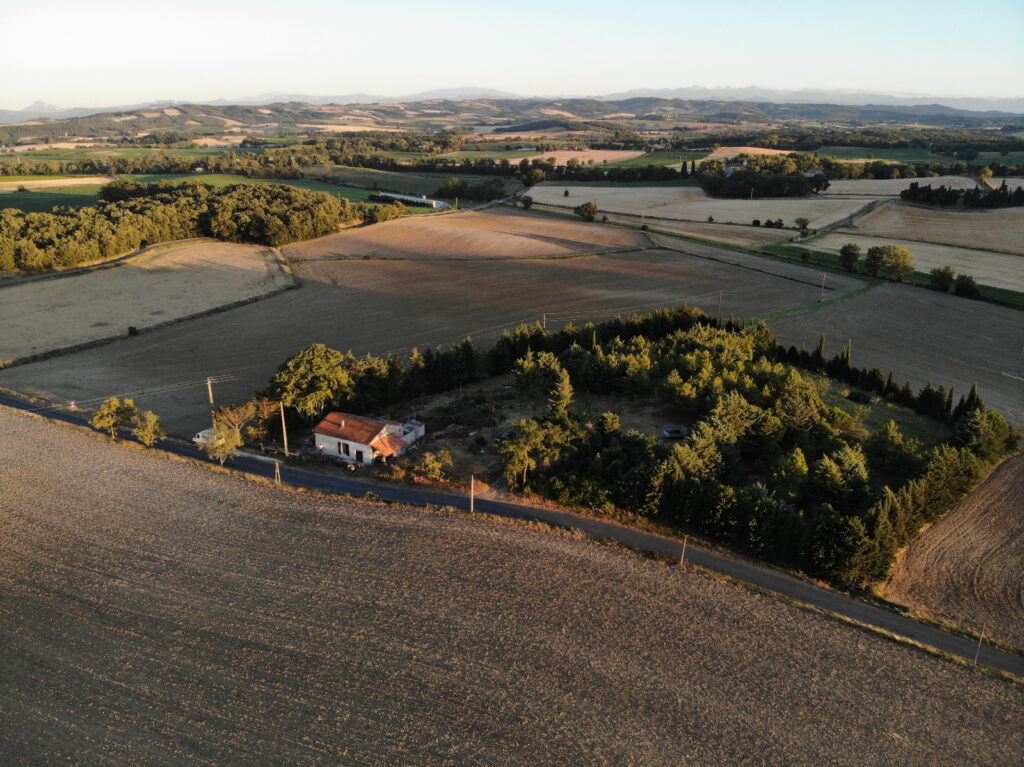
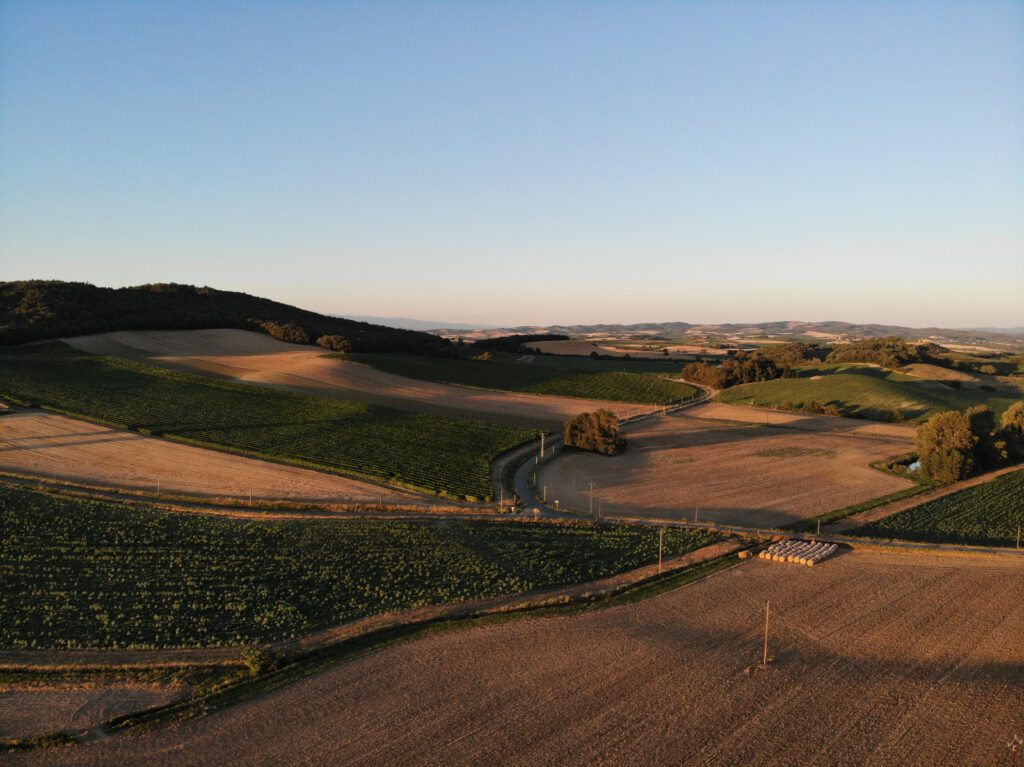
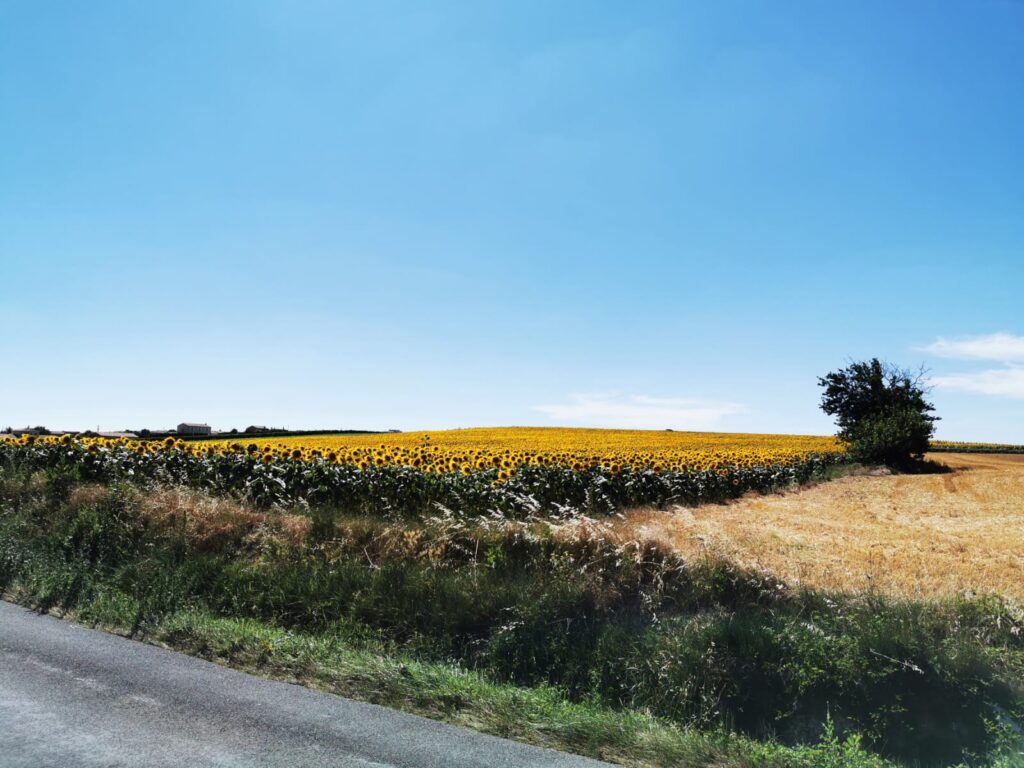





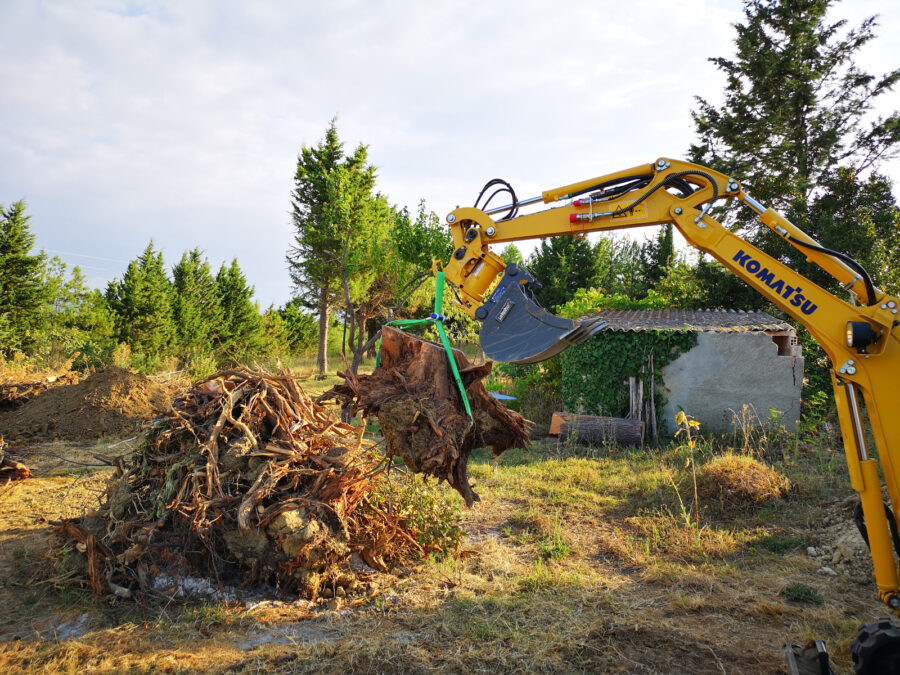
As I’ve mentioned in earlier posts, Pierre and I nickname EVERYTHING–people, animals, places, things, plants etc., so of course, we had to name our new excavator. Sexy Exy–embarrassing, but true, and we started using this moniker before it was even delivered. LOL!
Pierre was at the house in January and February with the sole purpose of cutting down the trees that were choking out the house. The trees were so crowded and overgrown, that someone passing the property, wouldn’t even know that the house was there without previous knowledge of its existence. The trees all had one thing in common–they were huge! When you live in the ‘Land of the Wind,’ large trees (with dead limbs) crowding out a house, are not a good combination.
Big trees leave behind large root systems, hence the need for Sexy Exy. He was set to arrive at the beginning of August, and Pierre was on the look out every day, because we weren’t given an exact delivery date.
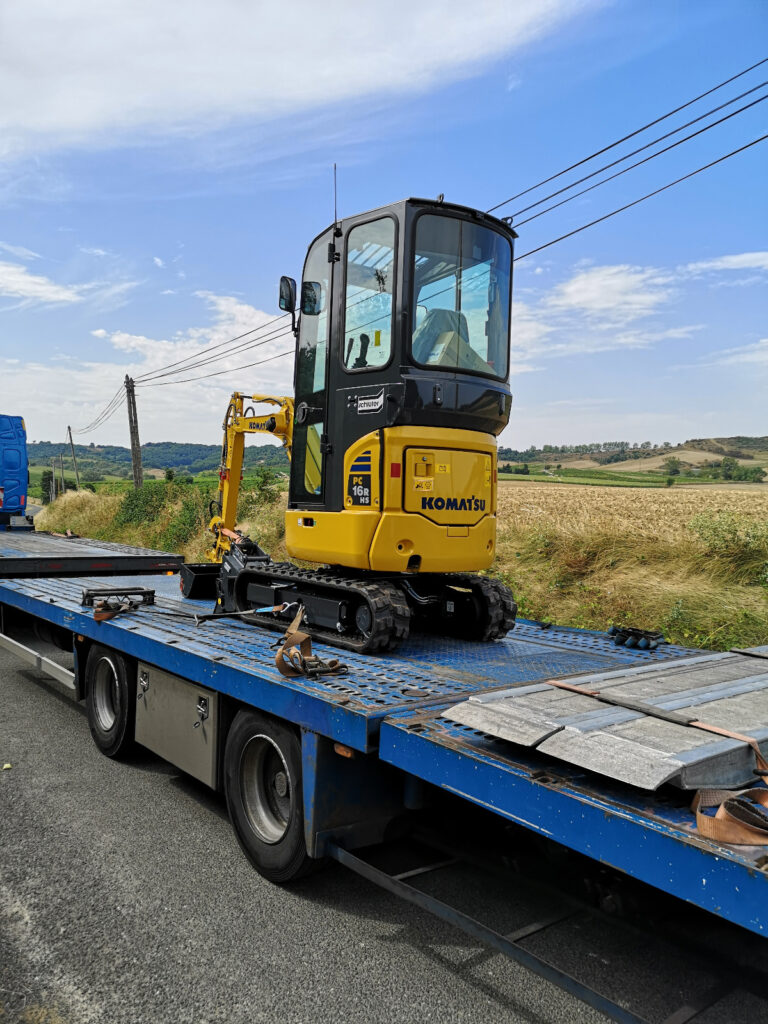
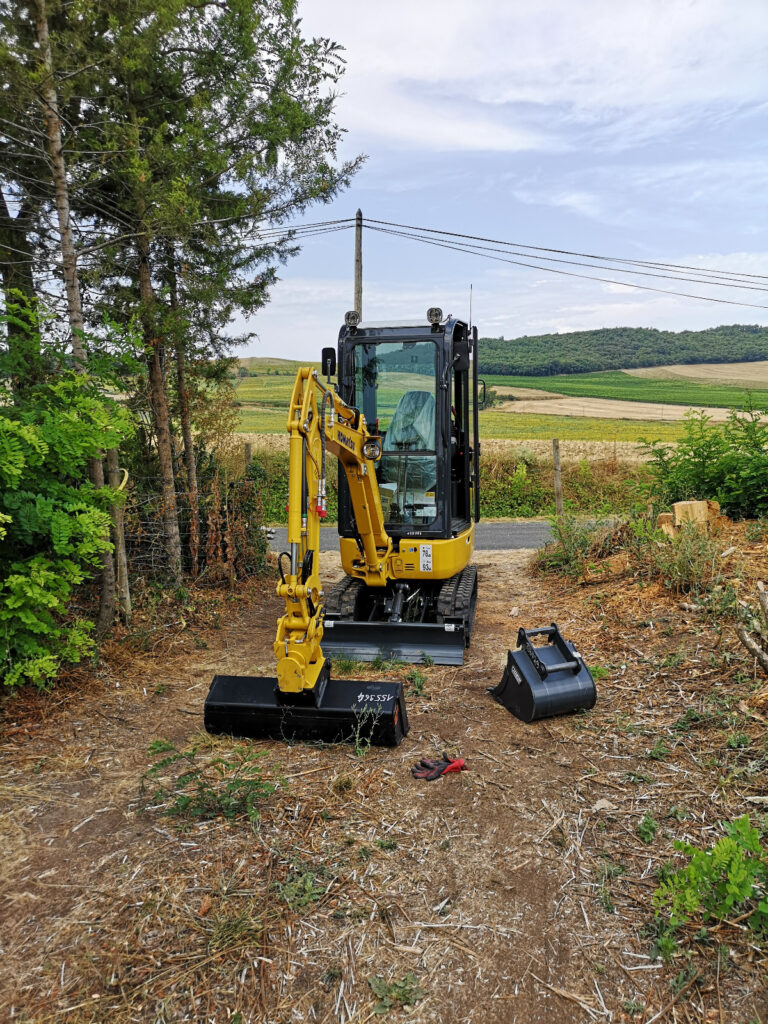
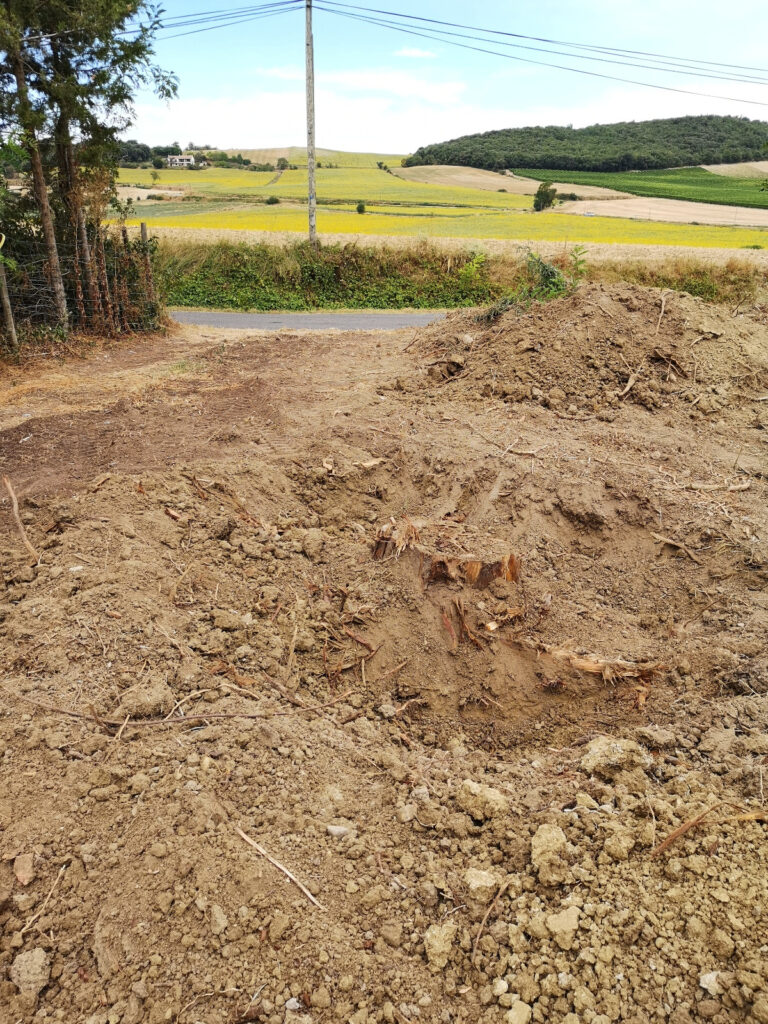
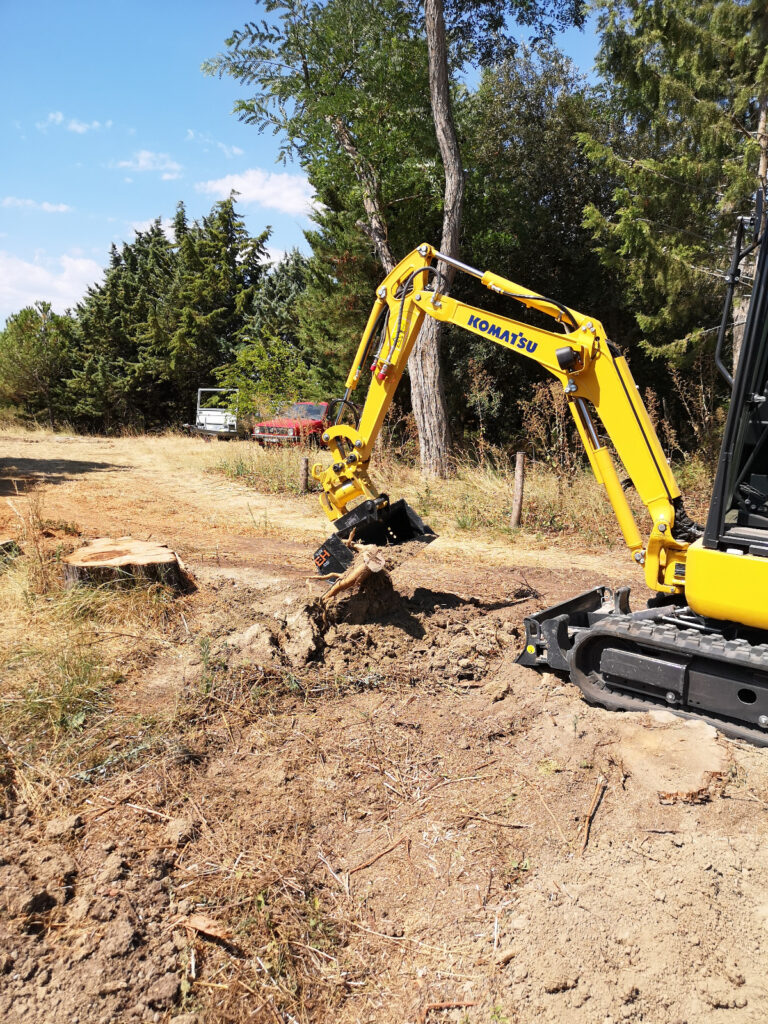
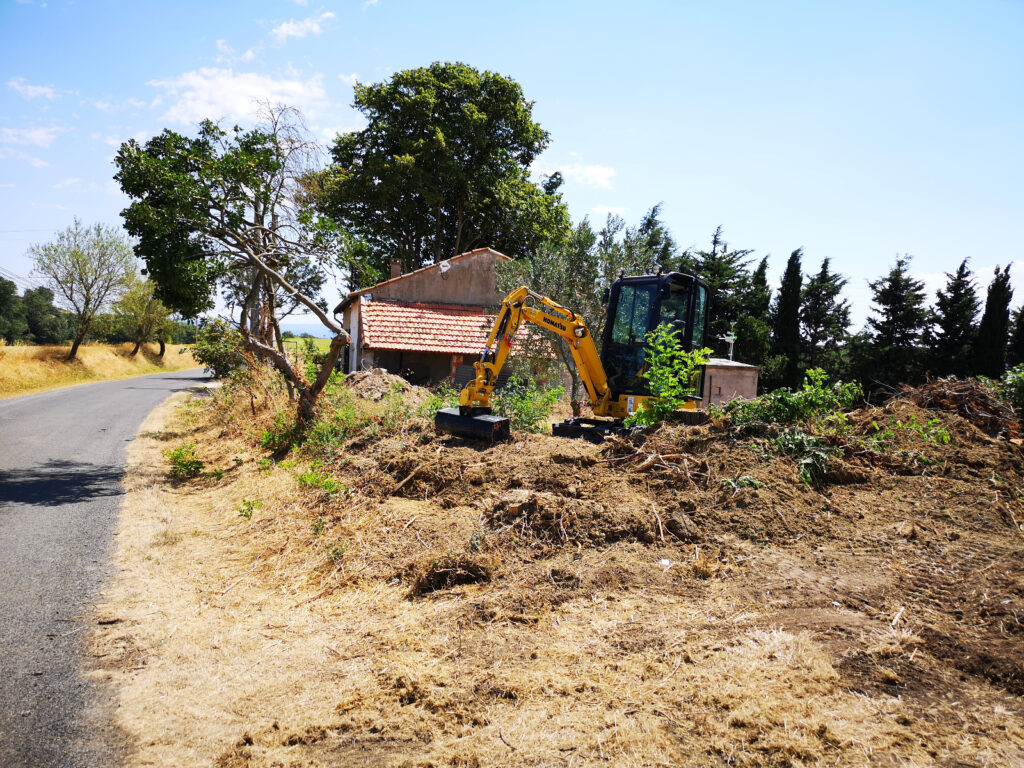
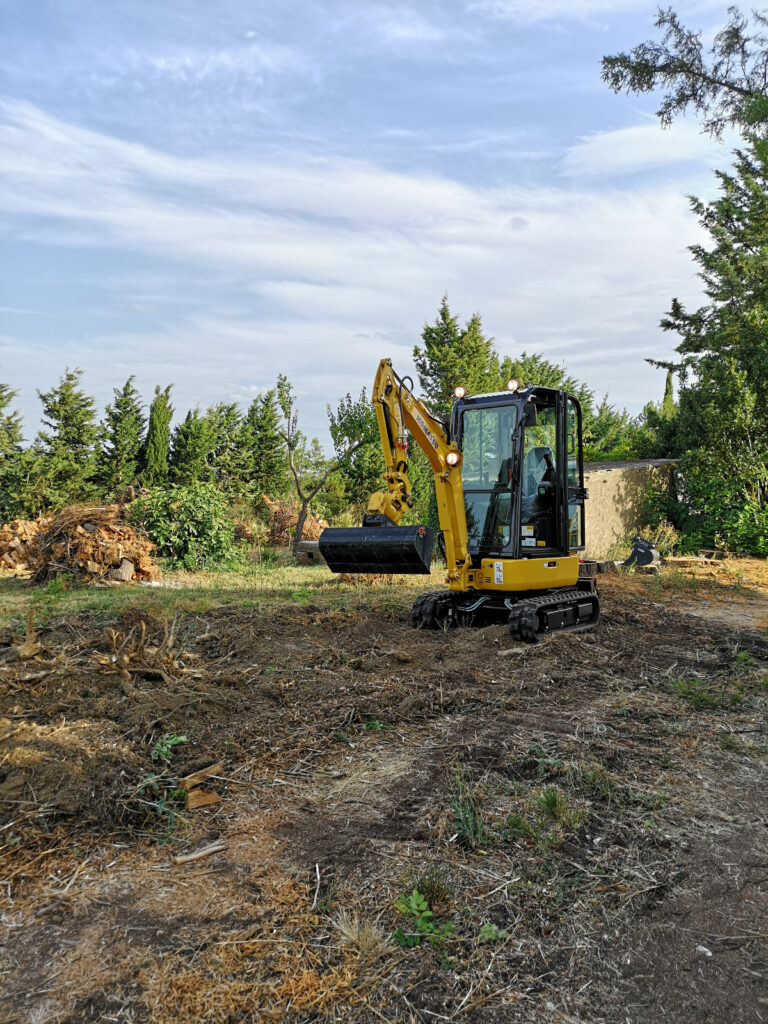
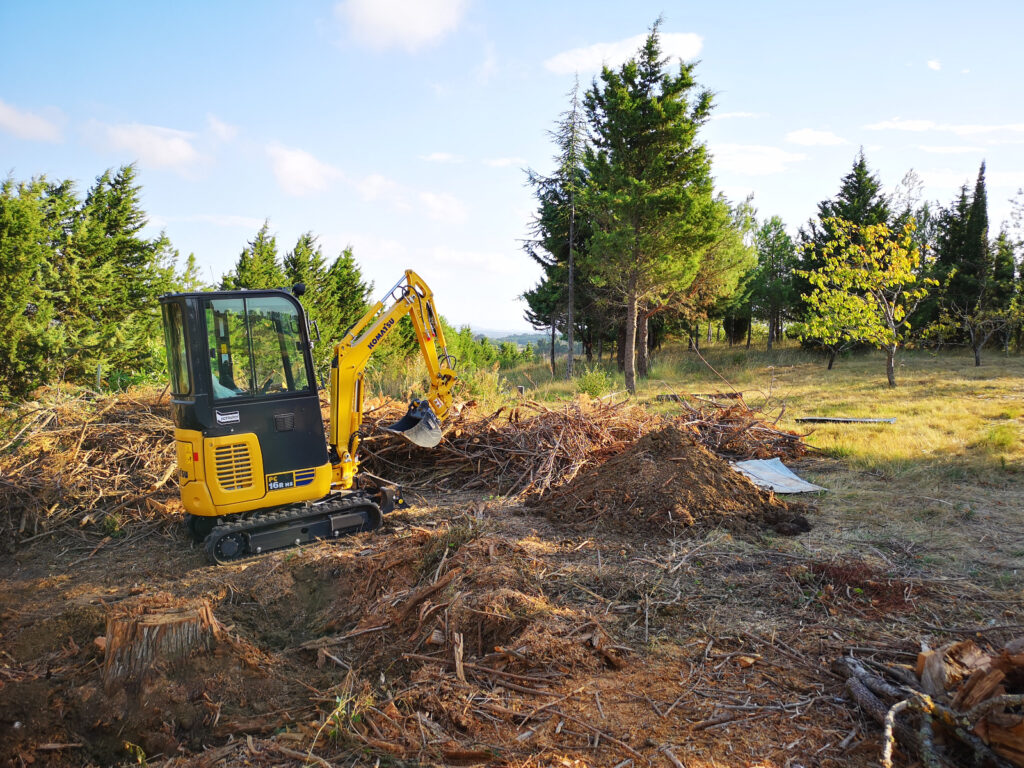
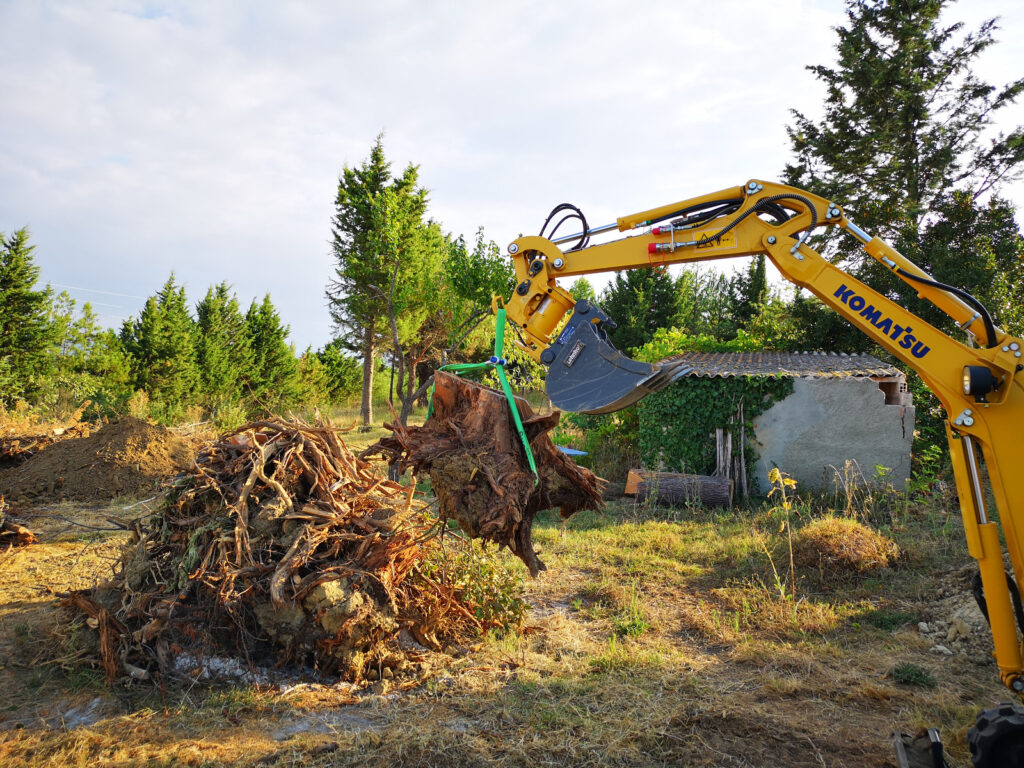
Pierre knows how much I love words, and one day a few months ago when we were talking about the excavator, he mused, “I wonder if the word excavate is Latin or Greek?” I was on it, in a flash–
“to hollow out, make hollow by digging or scooping, or by removing extraneous matter,” 1590s, from Latin excavatus, past participle of excavare “to hollow out,” from ex “out” (see ex-) + cavare “to hollow, hollow out,” from cavus “cave” (from PIE root *keue- “to swell,” also “vault, hole”). Related: Excavated; excavating. (Source: www.etymonline.com)
Sexy Exy is Latin! Yes, that makes me happy, very happy! LOL!
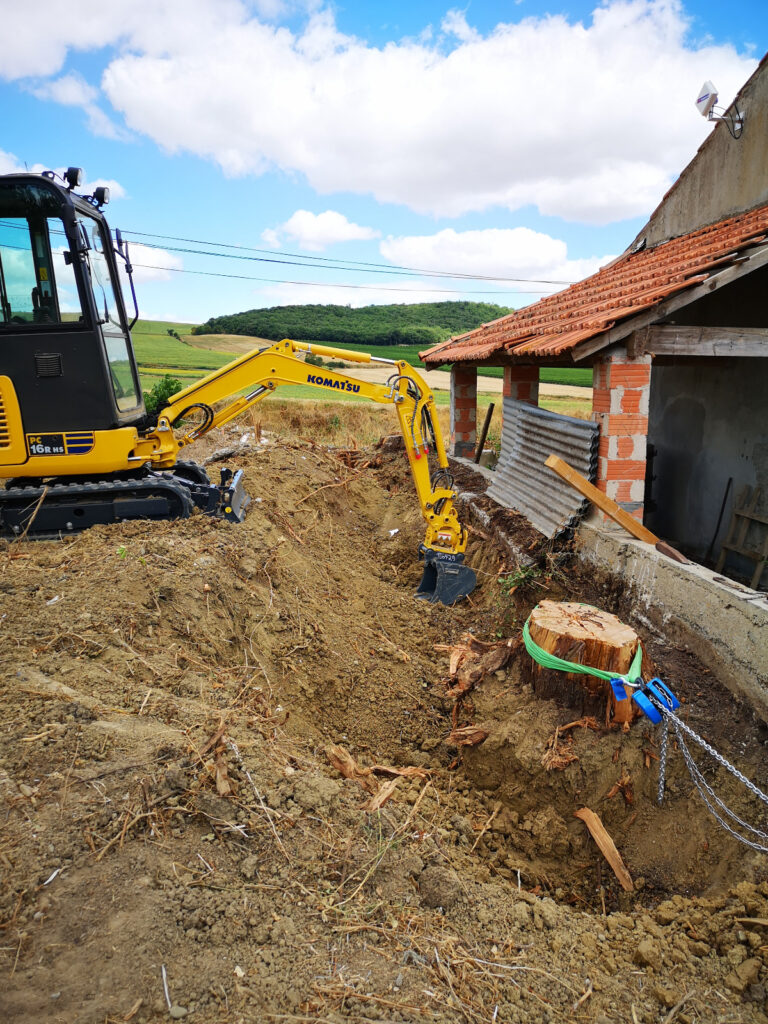
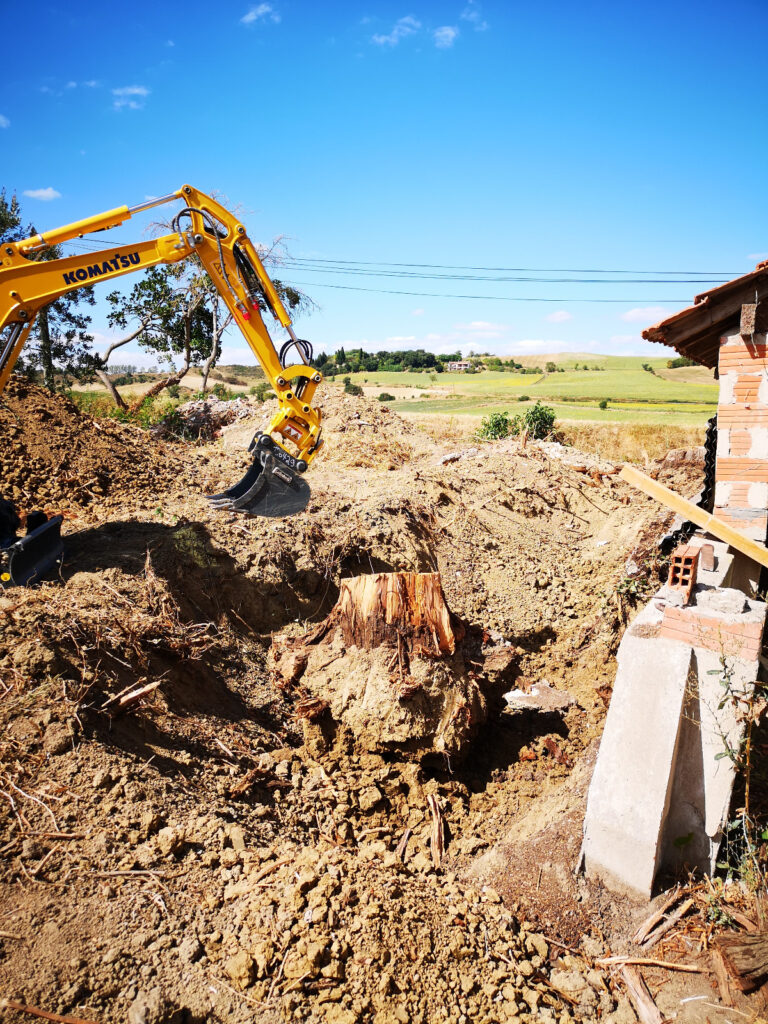
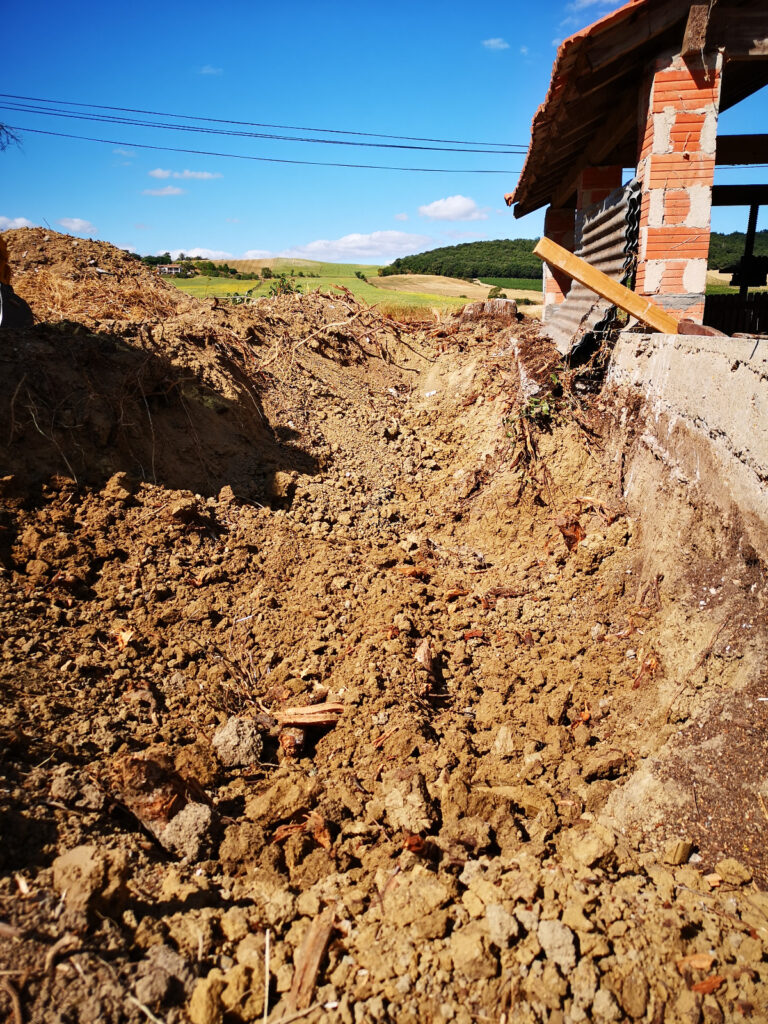
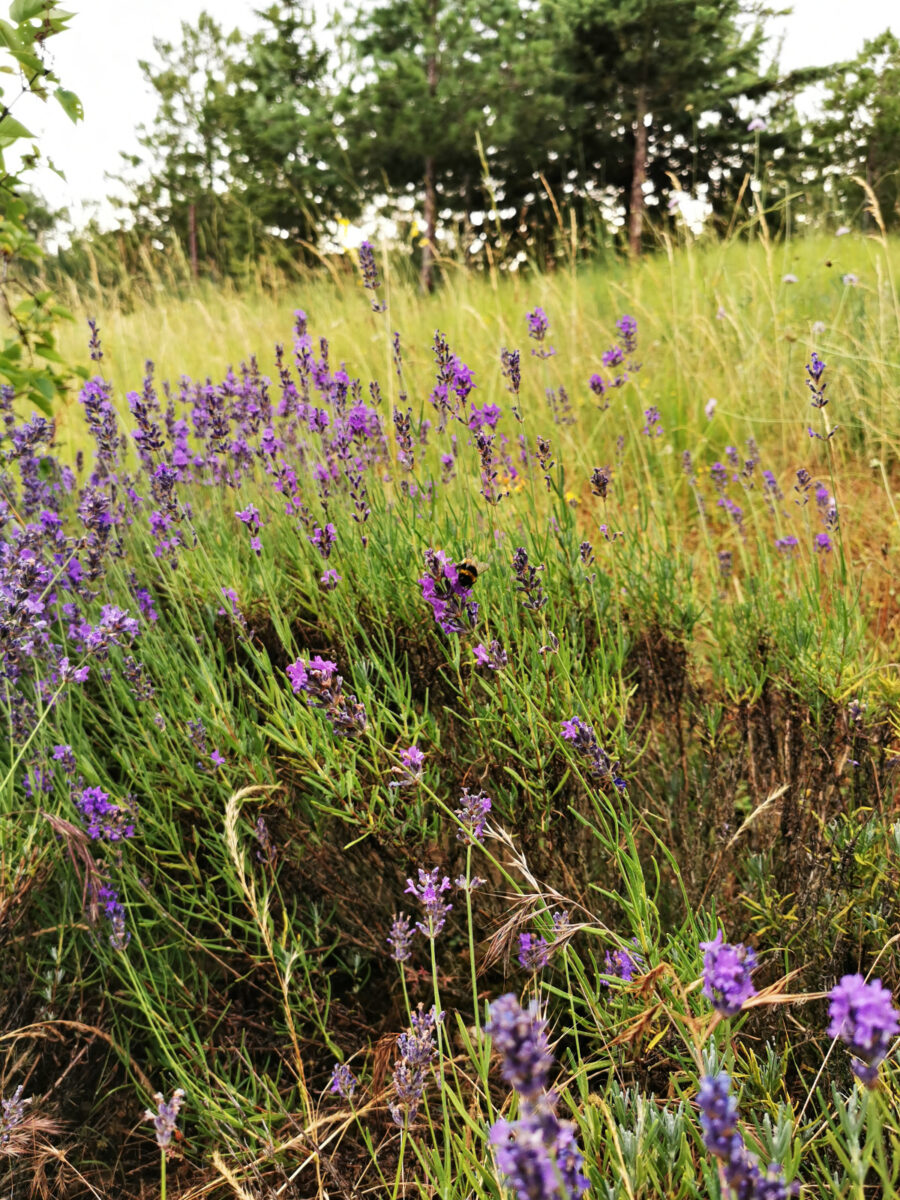
While we were gone, our friend Philip checked on our property and pruned many of our fruit trees for us. During that time, he talked to his friends, Judy and Adrian (who happen to be beekeepers) about our orchard. When they heard about the low fruit yield on a few of the trees, they suggested that we should put a hive on the property. They felt that bees kept near the orchard would help with pollination, and of course, the added bonus would be honey.
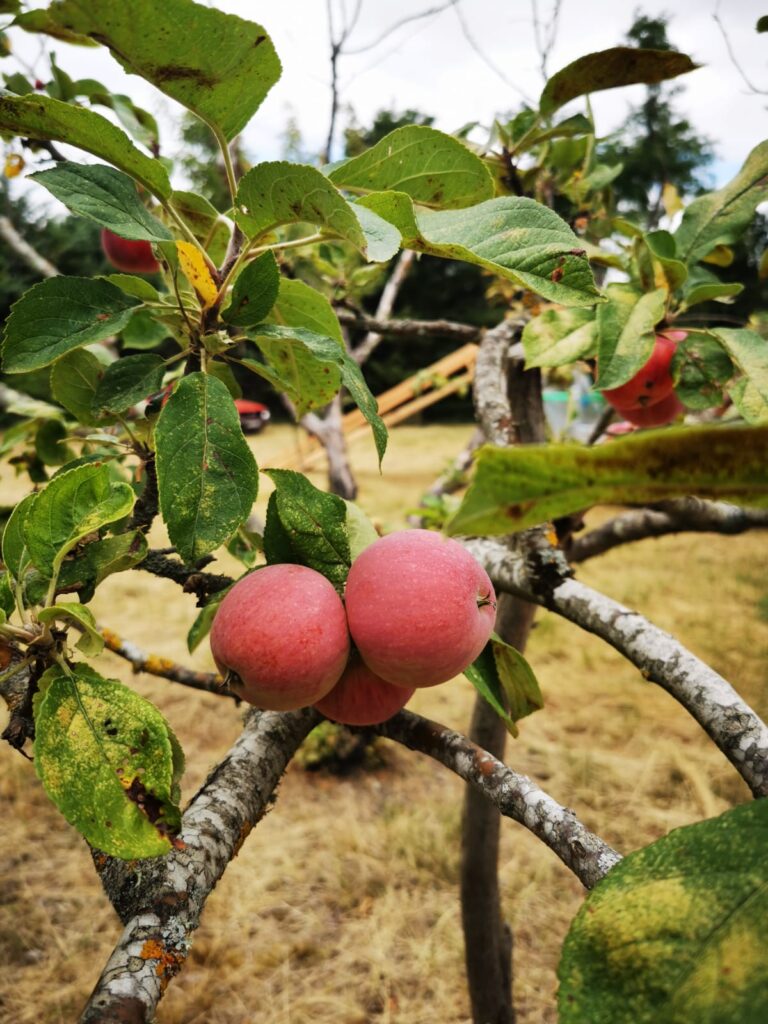
Judy and Adrian offered to install and take care of the hive(s), as we would be providing the land. To us this seemed like a win-win proposition. However, we needed to let them know that there was an old rotting hive that they probably didn’t notice, tucked under some overgrown trees on the side of the property. We could see that bees still came in and out of the old hive, but we had no idea what non-care for many years had done to it. We could see (from a distance) that it was in pretty bad shape, even to our untrained eyes.
Beekeeping is one of the things that I have secretly been”geeked up” about for a long time, but Pierre had always said, “If you want to keep a hive, go for it, but I’m not interested in doing any of the upkeep.” Fair enough, but I travel for work, so beekeeping didn’t seem to be in the cards for me….until now!
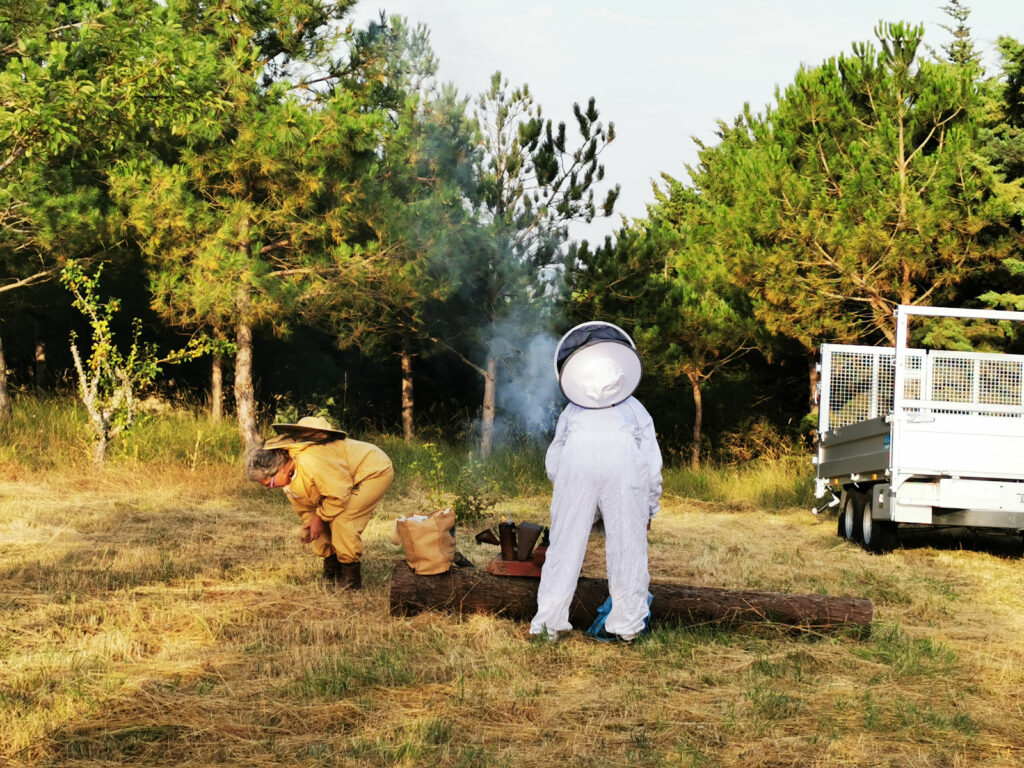
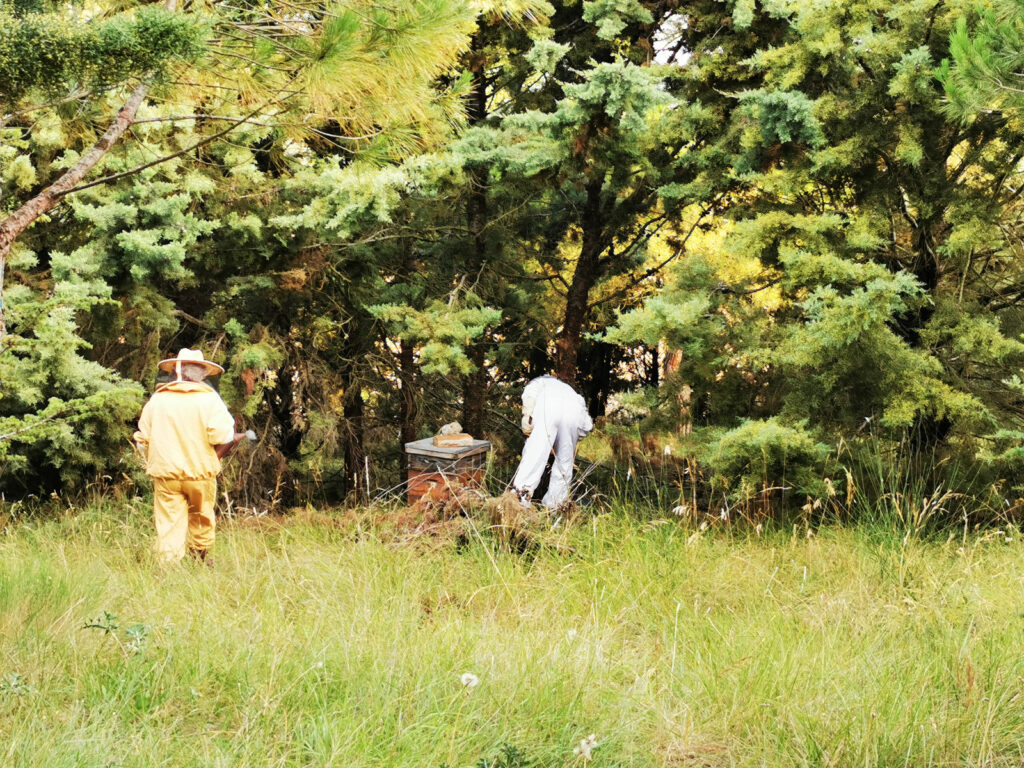
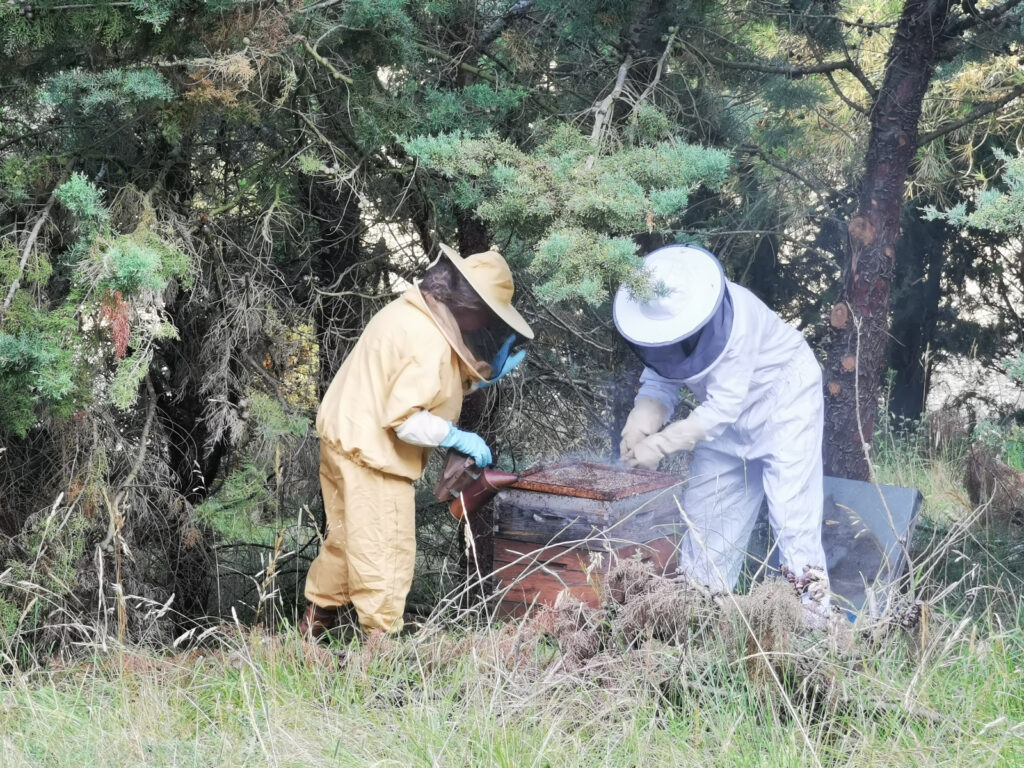
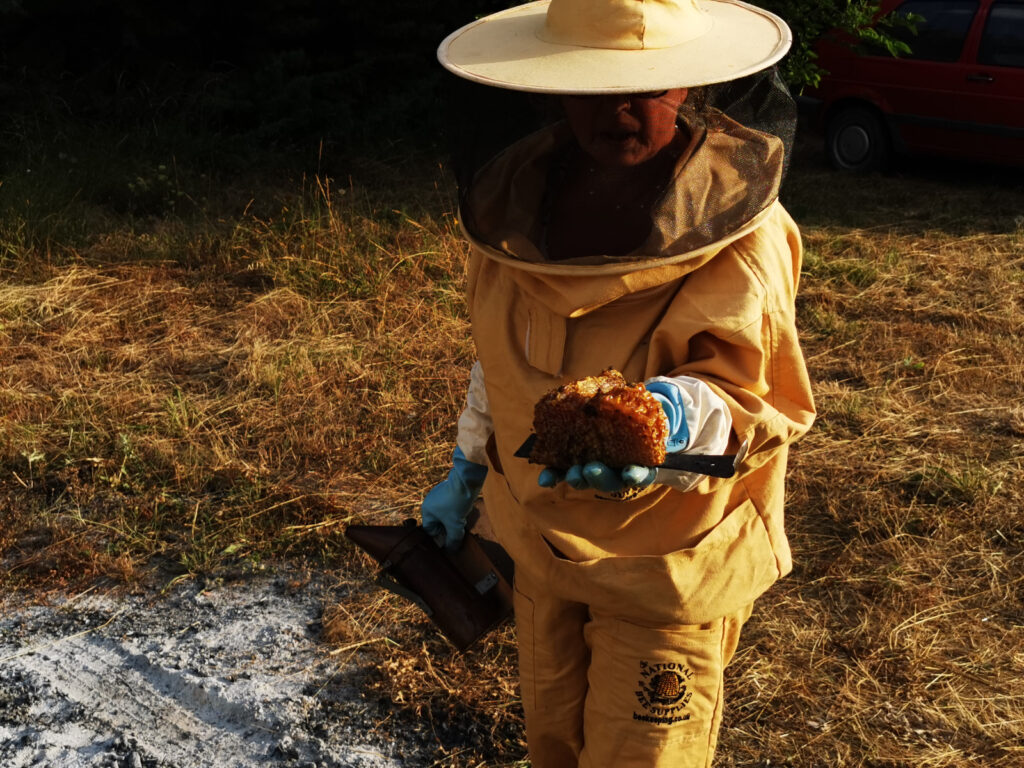
Judy and Adrian came over to check out the existing hive, and we suspected, it was in very bad shape. It’s rotting and falling apart, and ants have moved in, which is a definite no-no! The original plan was for Judy and Adrian to establish a new hive/colony on the property, but now they plan to move the existing hive, which apparently is even better.
A new hive (bee box) will be brought over, and the bees will be transferred into it. The old box will be removed and probably destroyed. If it’s not destroyed or moved, it will confuse the bees. The bees in the new hive will be temporarily be removed from the property as well. The hive can’t be moved to a different location on the property initially, because the bees will fly to the old site, and not be able to find the new site. Taking them off the property will allow them to “forget” the old location. In simple terms, this will allow them to “reset” their internal “GPS” devices.
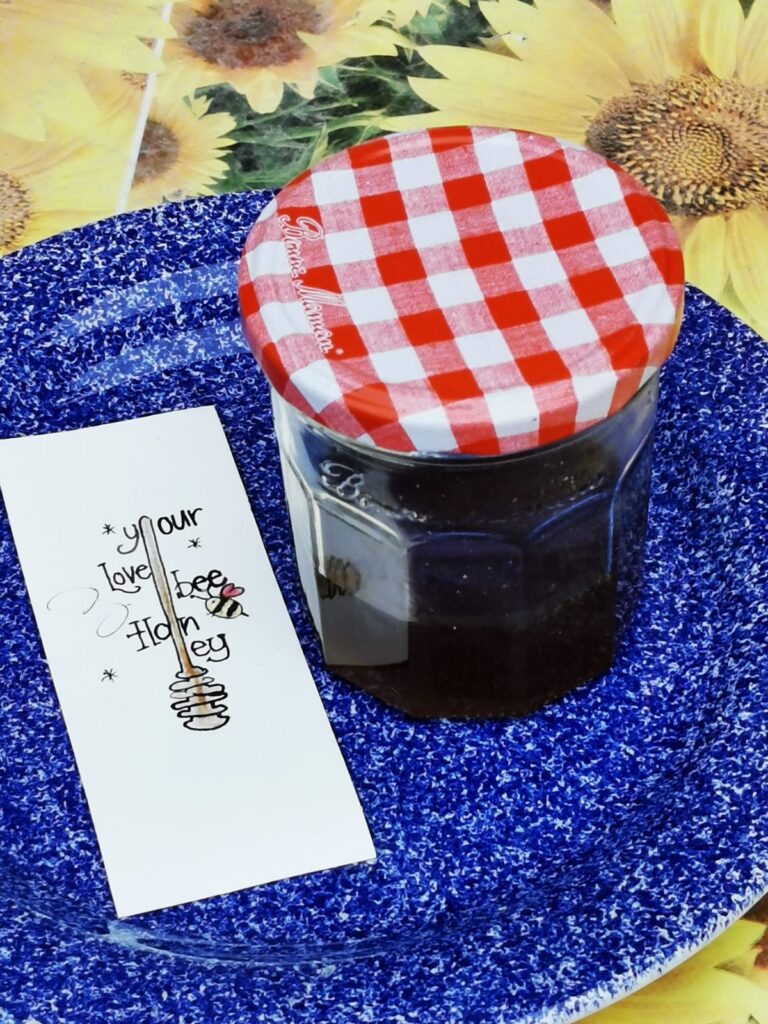
I learn best by doing, in other words, getting in and doing it myself, but that isn’t an option right now. Instead, I’ve been watching beekeeping videos in the meantime. I’ve watched lots and lots of videos, and I’m amazed at how much information is available, if you just take the time to look for it.
I’m not able to become a beekeeper yet, but that idea is certainly rising higher and higher on my bucket list! For right now, I’m happy to be a part of this new adventure (from afar!), and I’m looking forward to learning as much as I can from Judy and Adrian.
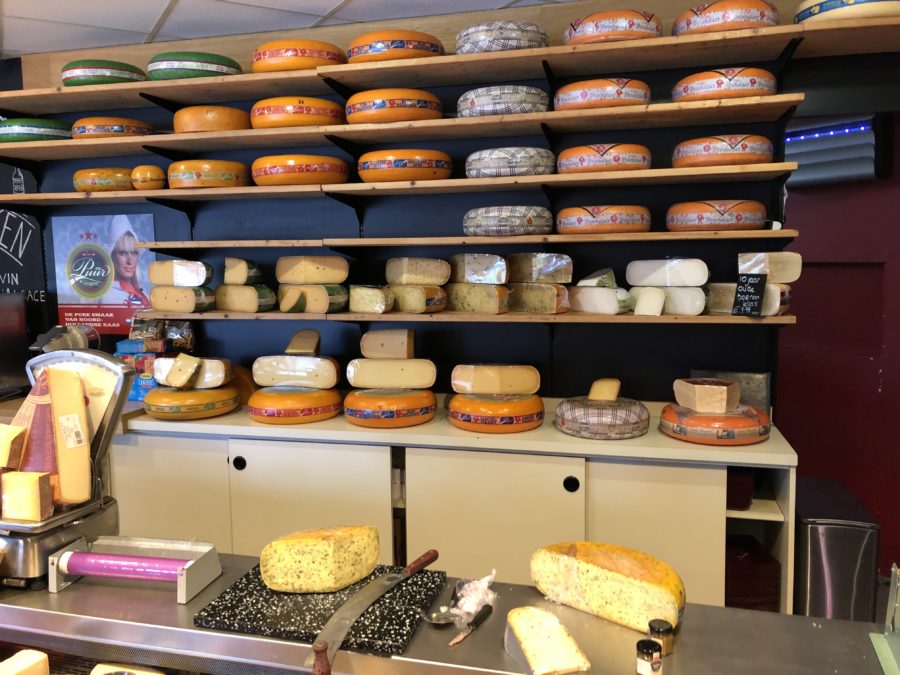
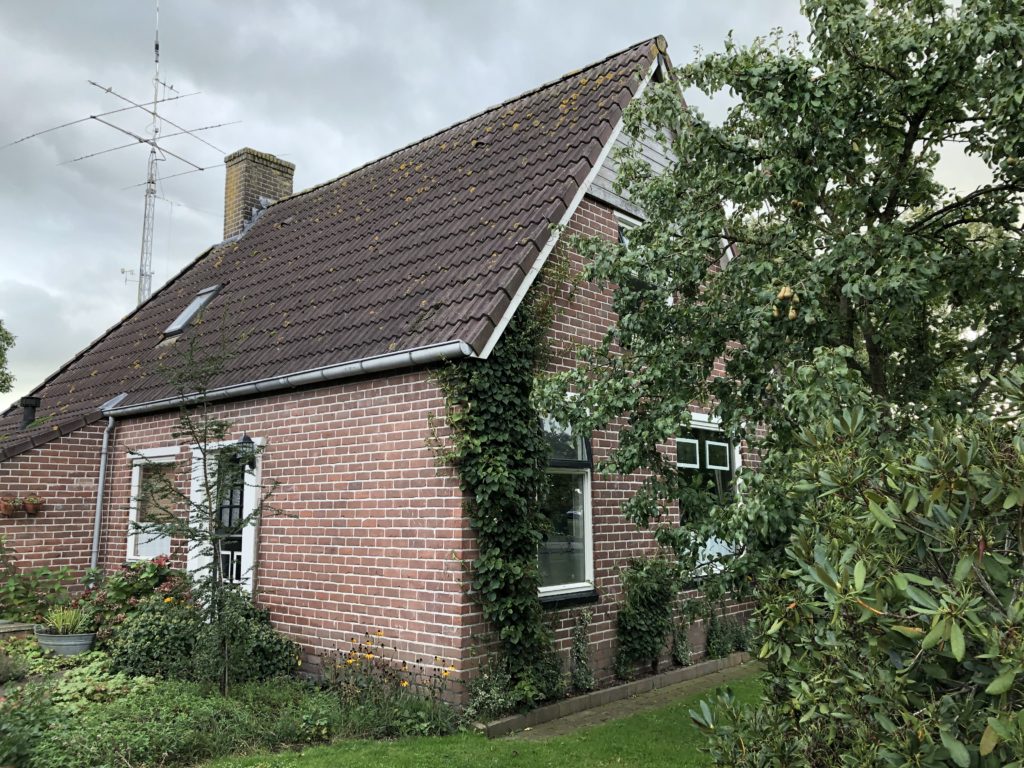
We had a quick visit with Gerrie and Hilma and it was so good to see them again. It’s been a couple of years since I had been there, and Pierre had last seen them in 2007 right before we got married. We managed to do a lot of sightseeing in a very short amount of time. We went to a place called, Veenpark, which is a park set up to look like a village from the past, so visitors can see and walk through the history of living in the Netherlands. There was a clog making shop, a sweets shop, a church, a windmill, lots of houses, a blacksmith shop, a radio shop, a bakery, etc. It was an interesting place.
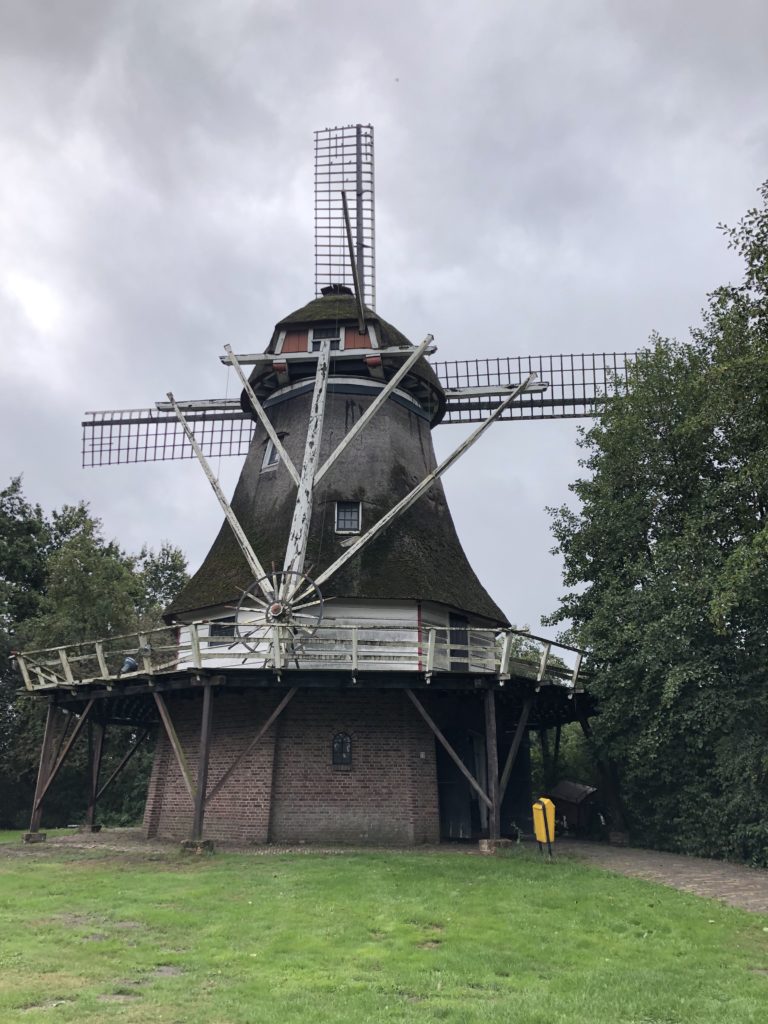
There was a little train that ran around the perimeter of the park. I thought it would be a quick 10-15 minute ride, but it was more like 45 minutes. It took us across a canal, through some fields, and into the woods.
At one point during the ride, I looked my left as we were going through the woods and I saw very dark soil, and I said, “Look…that’s peat.”
I don’t know that I knew that it was peat, but I just did. That was the last I thought of it, until the train stopped. The driver got out and explained that he was going to take us on a short walking field trip to explain to us how peat was collected in the past.
I know nothing about peat other than the fact that it started off as a peat bog, and that it was used as fuel, but I have to admit that I was proud of myself for identifying it in the woods. I didn’t have long to pat myself on the back, however, because the driver, now tour guide, was already walking toward a field and we were supposed to be following him.
He explained to us that peat is made from the accumulation of partially decayed vegetation or organic matter. Most peat comes from bogs that formed thousands of years ago after the glaciers retreated at the end of the last ice age. Peat accumulates slowly at the rate of about a millimeter per year, so it’s not considered to be a renewable resource. In the past, the people of the Netherlands relied on peat as an important fuel source, as many people from certain parts of the world still do today.
Peat harvesting was back breaking labor performed by men, women, and children, but they all had distinctly different jobs. Using a heavy metal spade, men first cut the wet peat into bricks. As he explained the process, our tour guide demonstrated the process by showing us how to cut a brick from the exposed soil.
Before stacking, each brick is squeezed to extract as much water as possible. Again, he showed us how it was done, and it was messy work! Then the bricks were arranged in a log cabin style of pile, so air can easily circulate between the bricks. He had examples of dried bricks for us to look at and hold, and it was amazing how light they were after the water had completely evaporated.
After the peat bricks had completely dried out, they were much lighter, so women and children were brought out to the peat fields to carry the peat bricks to a wagon, while the men continued to cut and stack the wet peat. It might sound like a easy process, but harvesting lasted for weeks to ensure that enough fuel was cut and stored for winter. In the Netherlands, peat was burned and used for heating and cooking. Peat is still used as a heating source, and it can also be used as a soil additive for gardening.
Invention has always has intrigued me, but it’s hard to imagine how someone in the past looked at mud and thought to himself, “Hmmmm….I bet I can dry this mud out and turn it into a fuel source.”
The hands-on demonstration was really interesting. People in the past had to work so hard every day to find food, fuel, and water, in addition to making their own clothing and shelter. We’re a bit soft now…we get annoyed when the store runs out of something, and we lose our minds if we have to wait more than a few seconds for technology to work. We’re SPOILED!
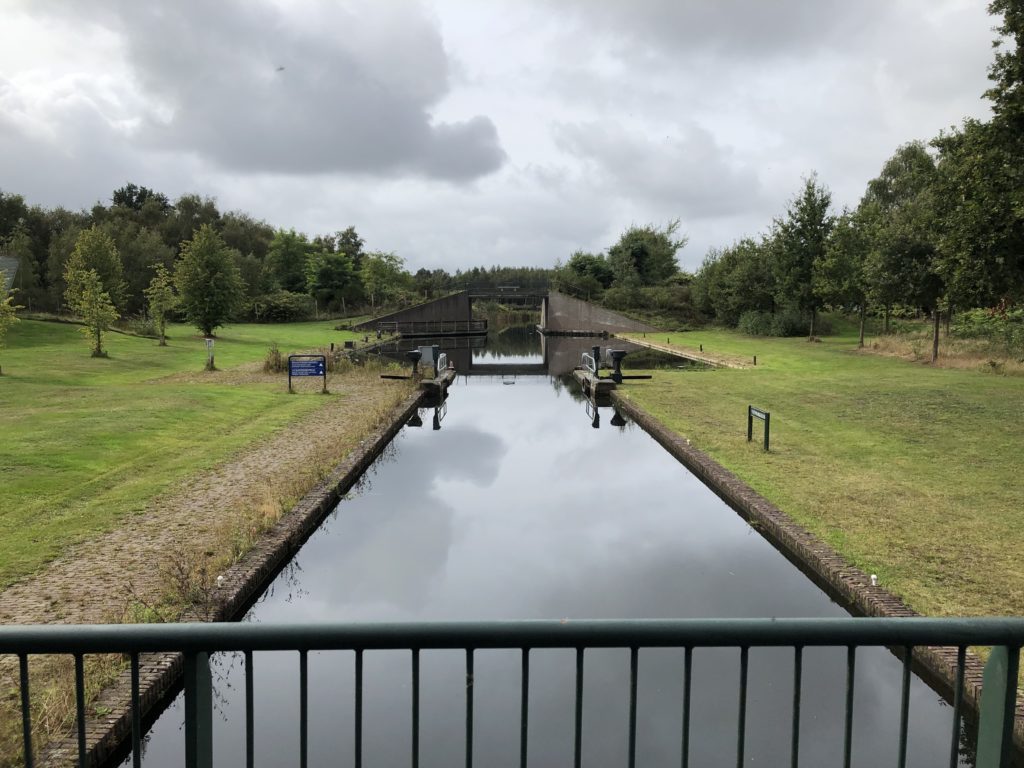
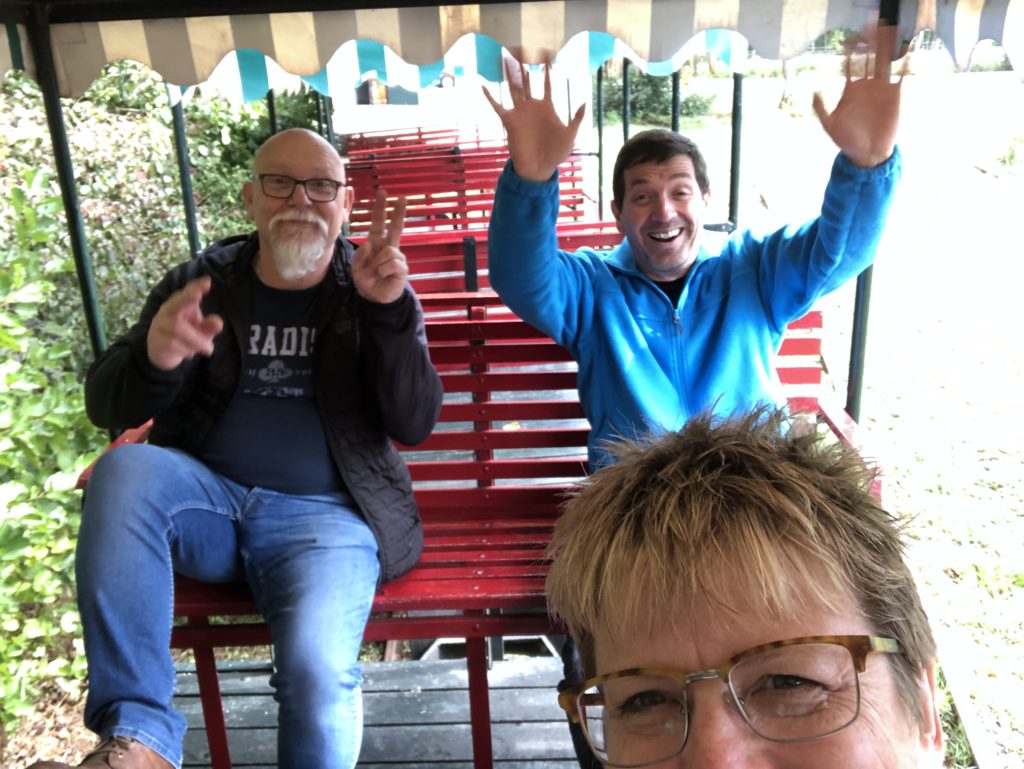
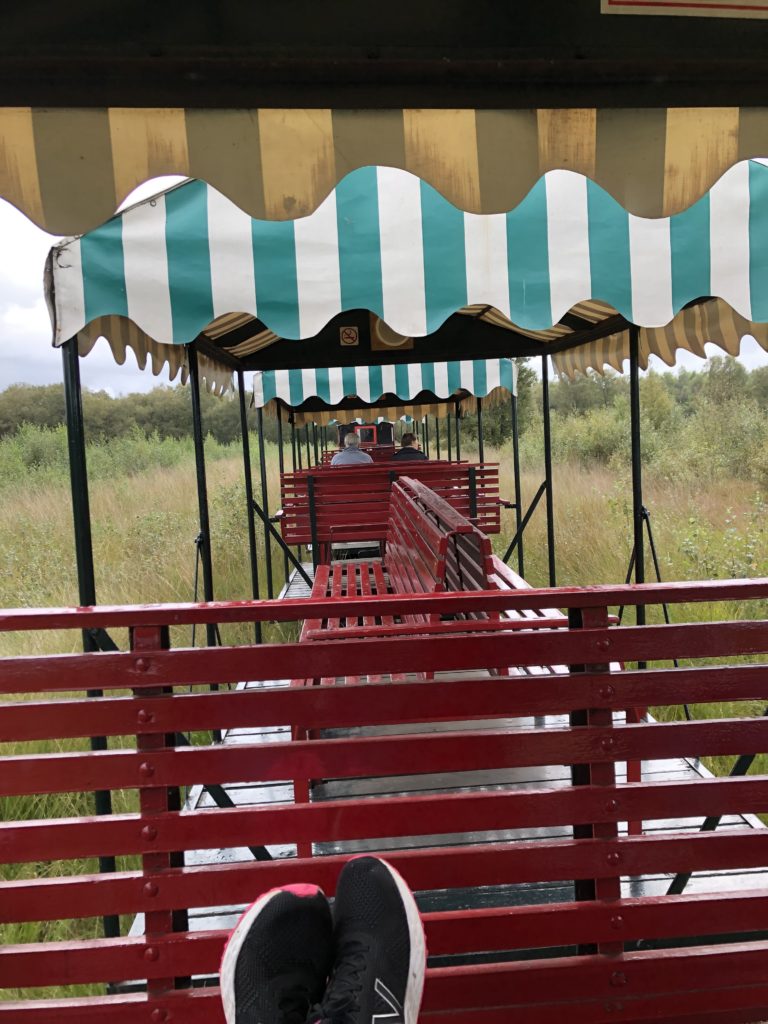
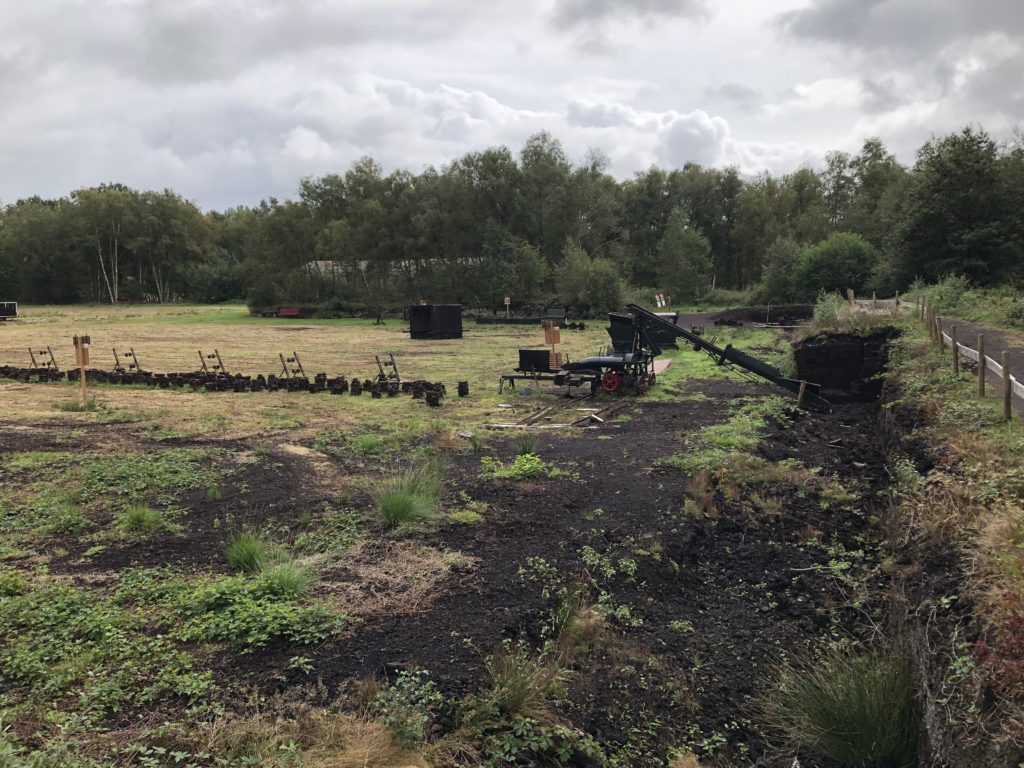
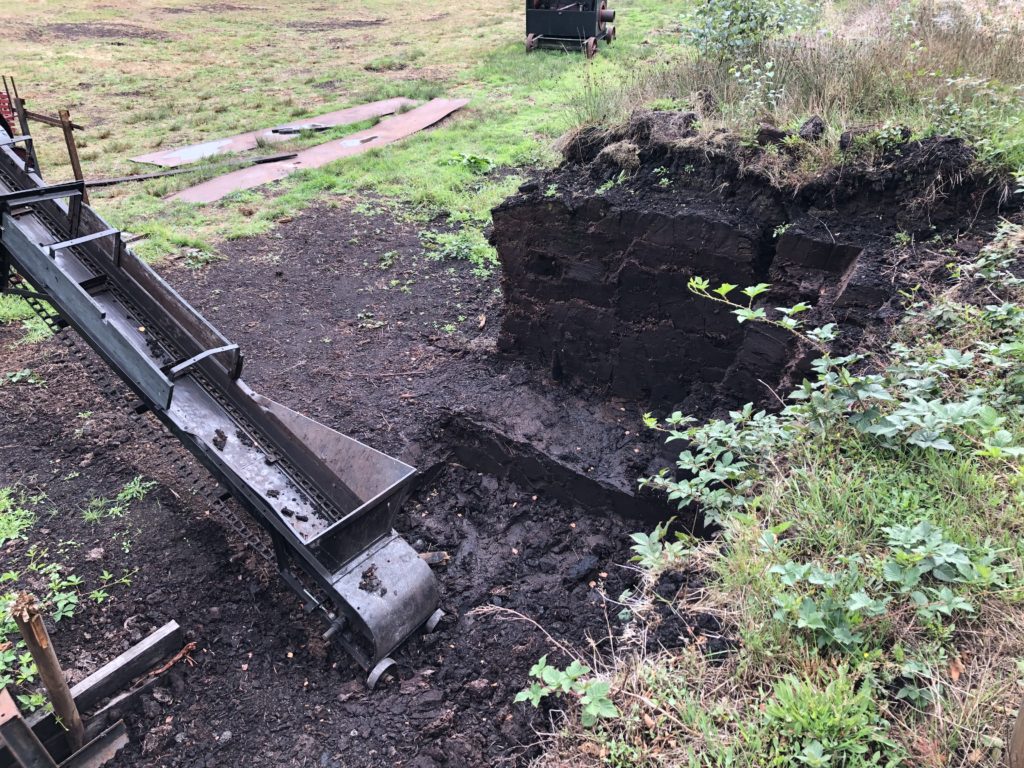
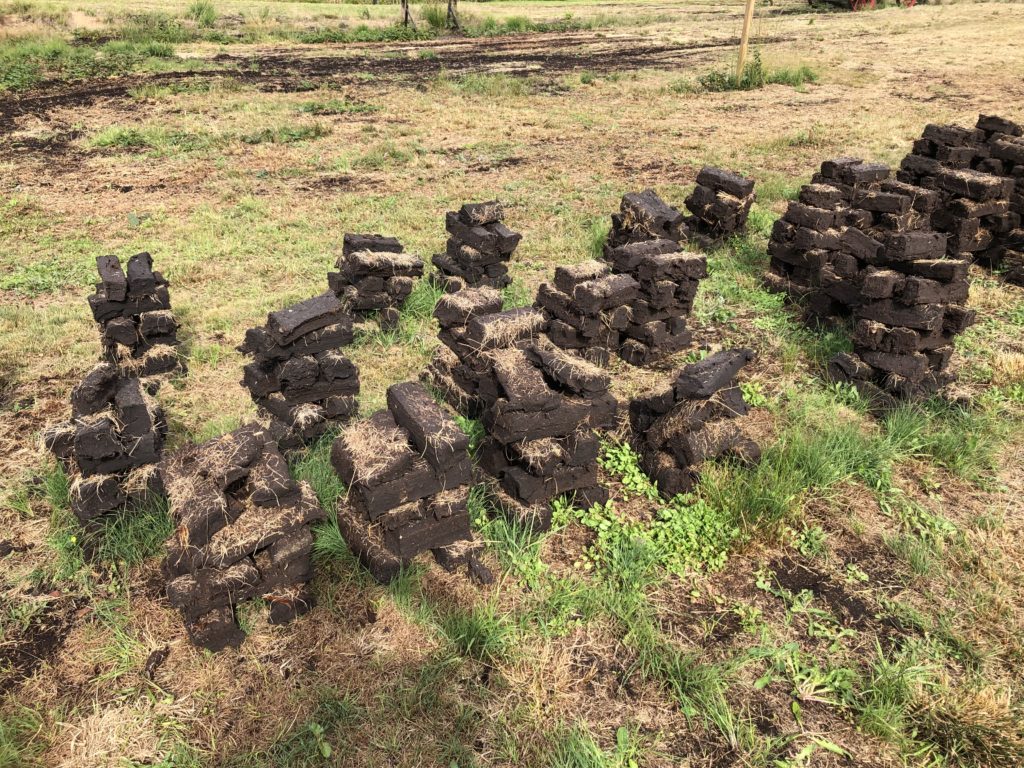
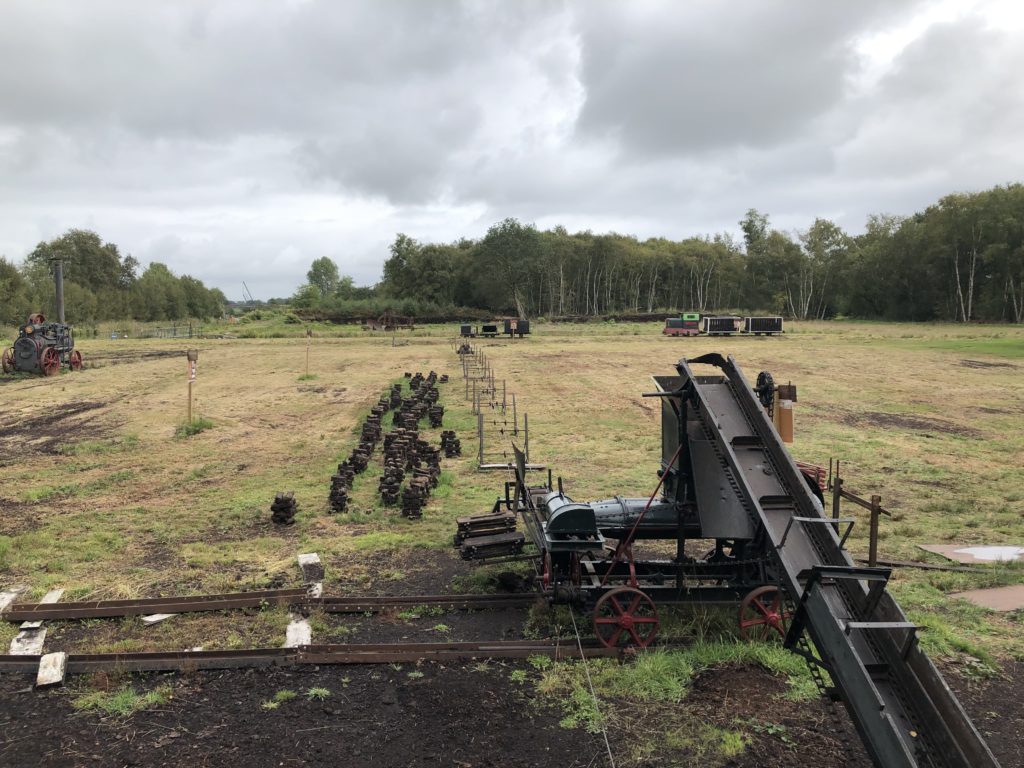
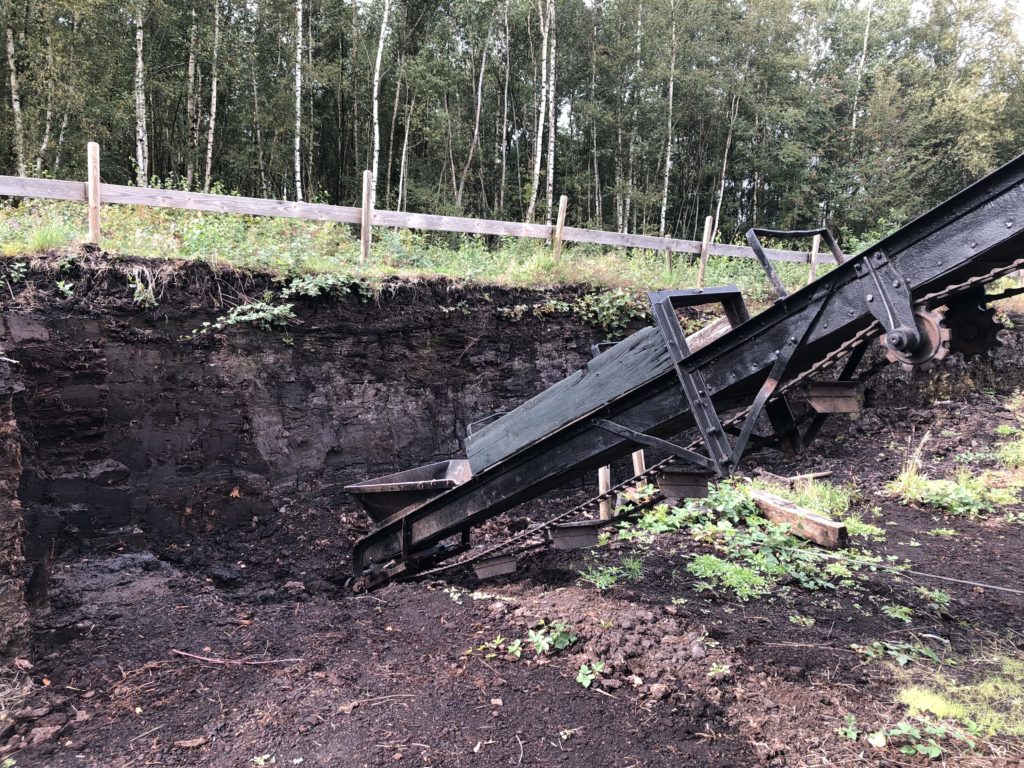
We also visited a cheese shop in the nearby city of Hoogeveen. Hilma and Gerrie took us to a place called, Breider and they had the most amazing assortment of cheese, meats, jellies, etc. The woman behind the counter (who I believe was the owner of the shop) made the experience so much fun. She spoke to us in English and she encouraged us to try as many samples as we wanted.
Have you ever seen green cheese? Of course, it immediately reminded me of Dr. Seuss. She offered us a taste and told us that it was basil–delicious. We probably tried at least ten different types of cheese, and Pierre and I agreed on our favorite–walnut cheese. Oh my, it was so good!
Her tactic was good for business, not only did we have fun, but we bought a lot of cheese, sausage, and jelly, which we brought back to Germany with us to give as gifts for his mother, brother, and a friend of ours named Claudia.
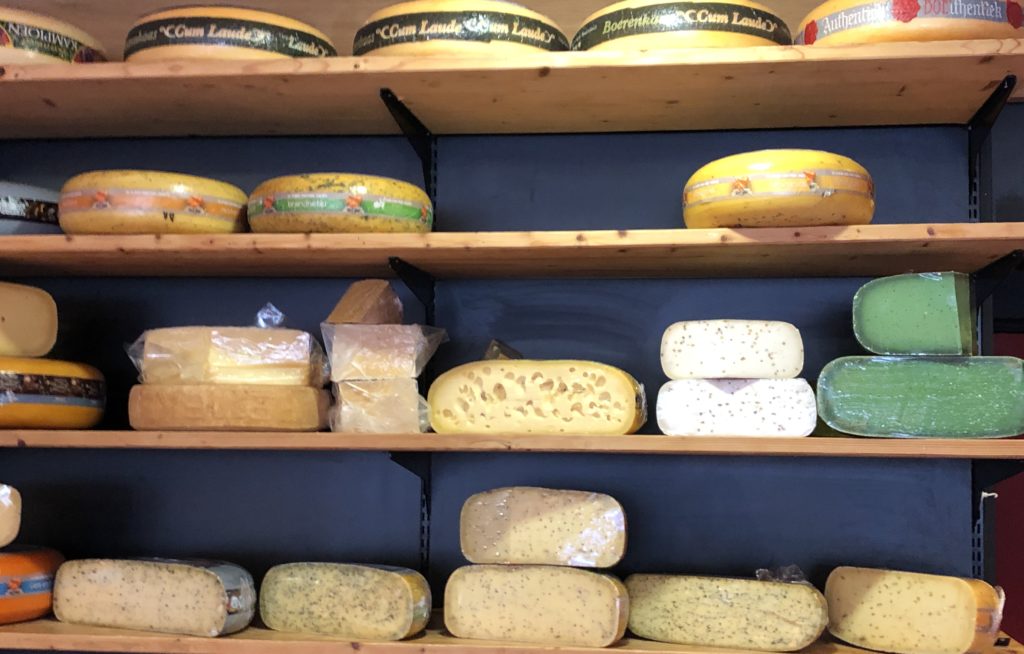
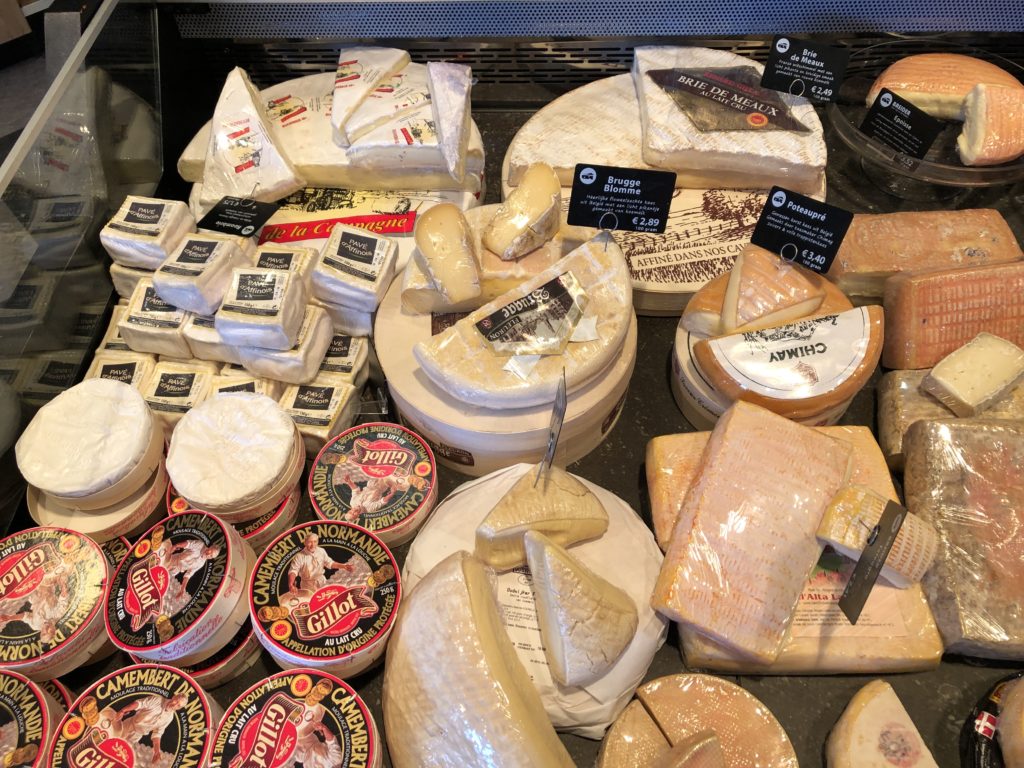
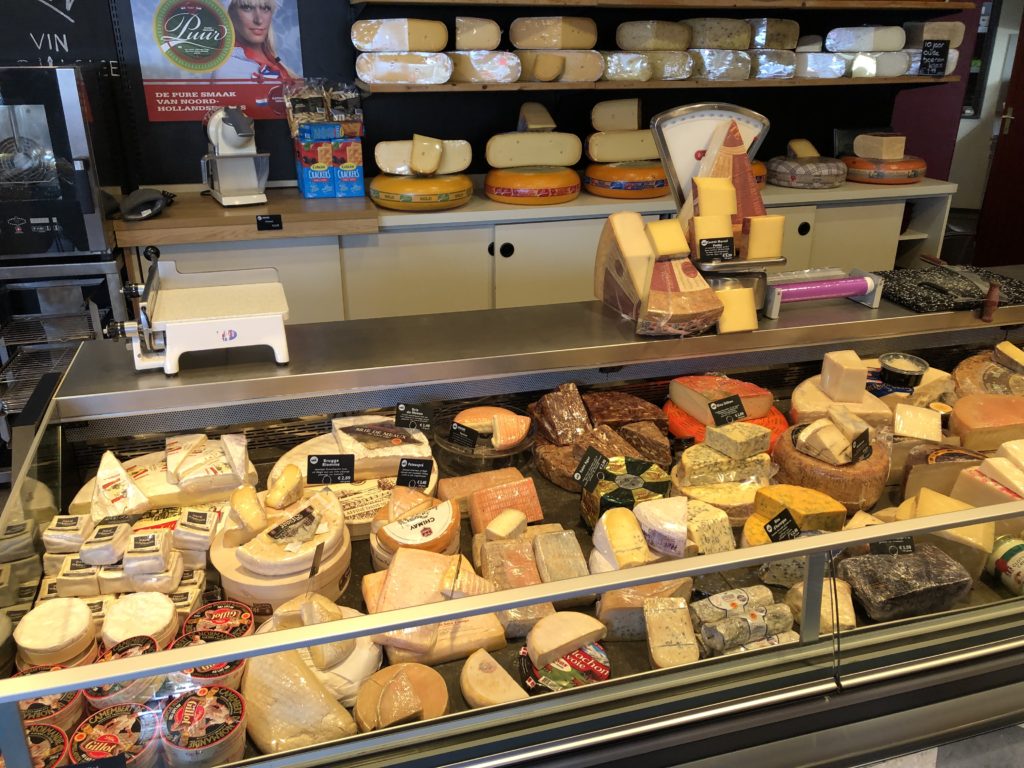
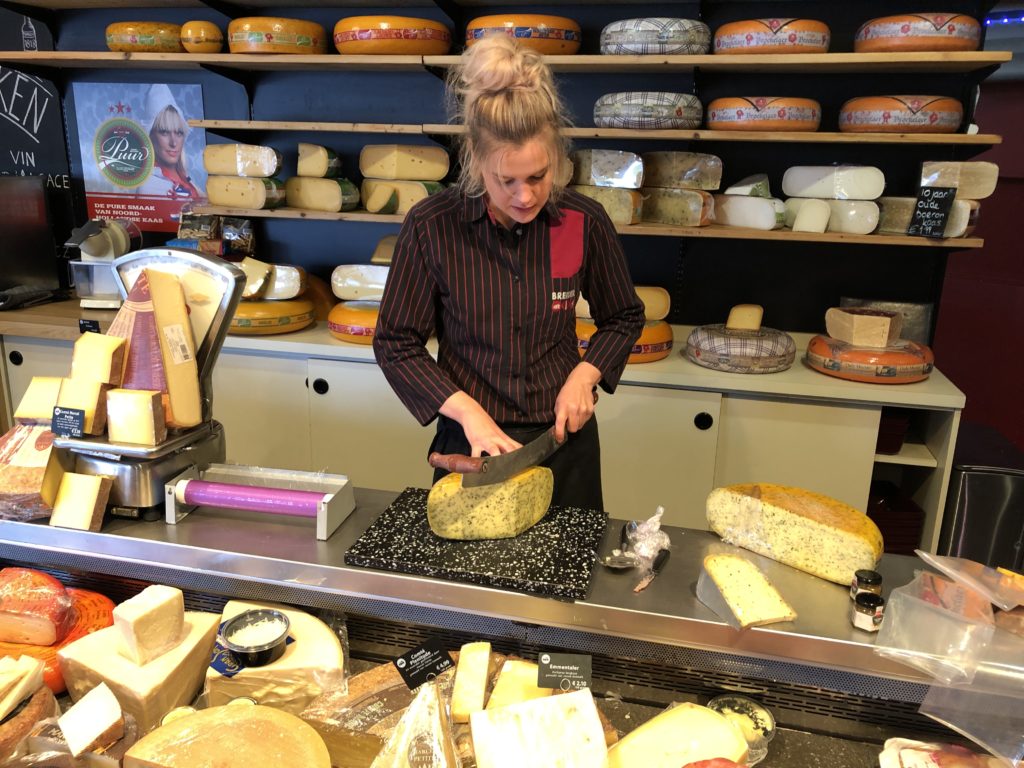
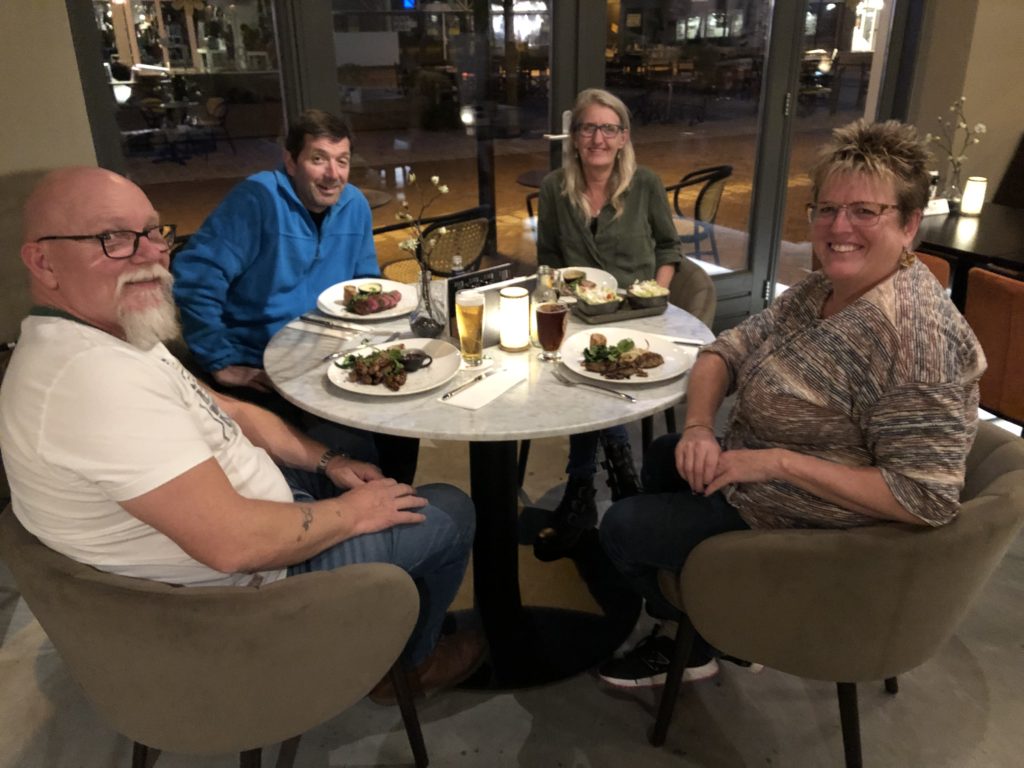
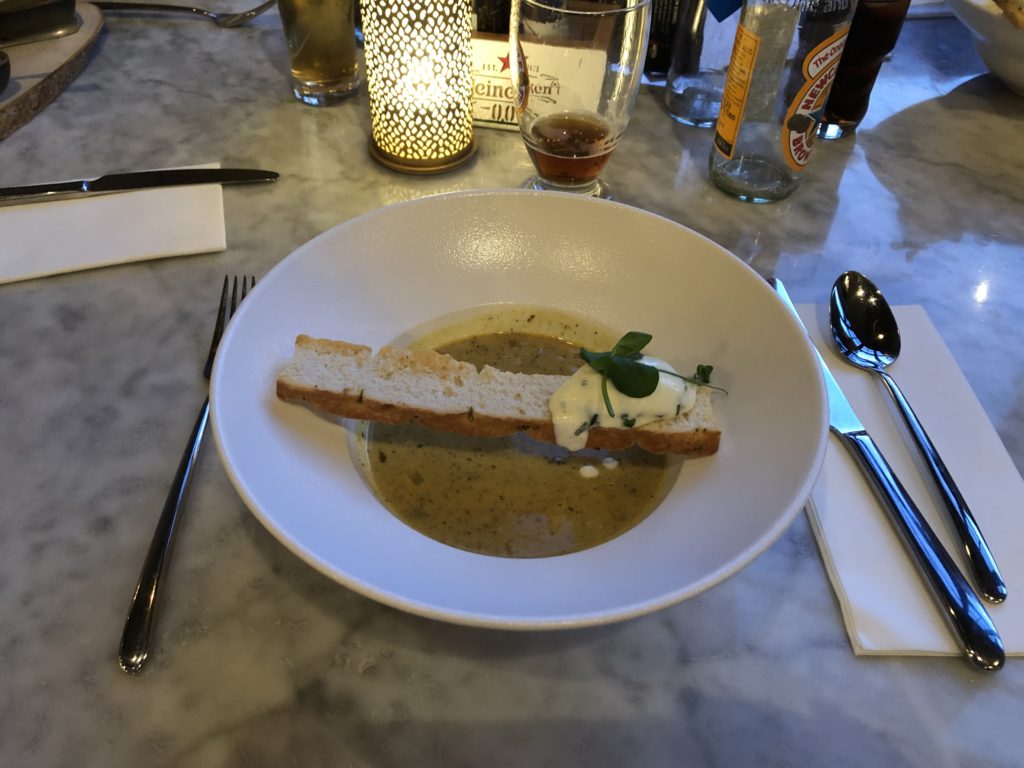
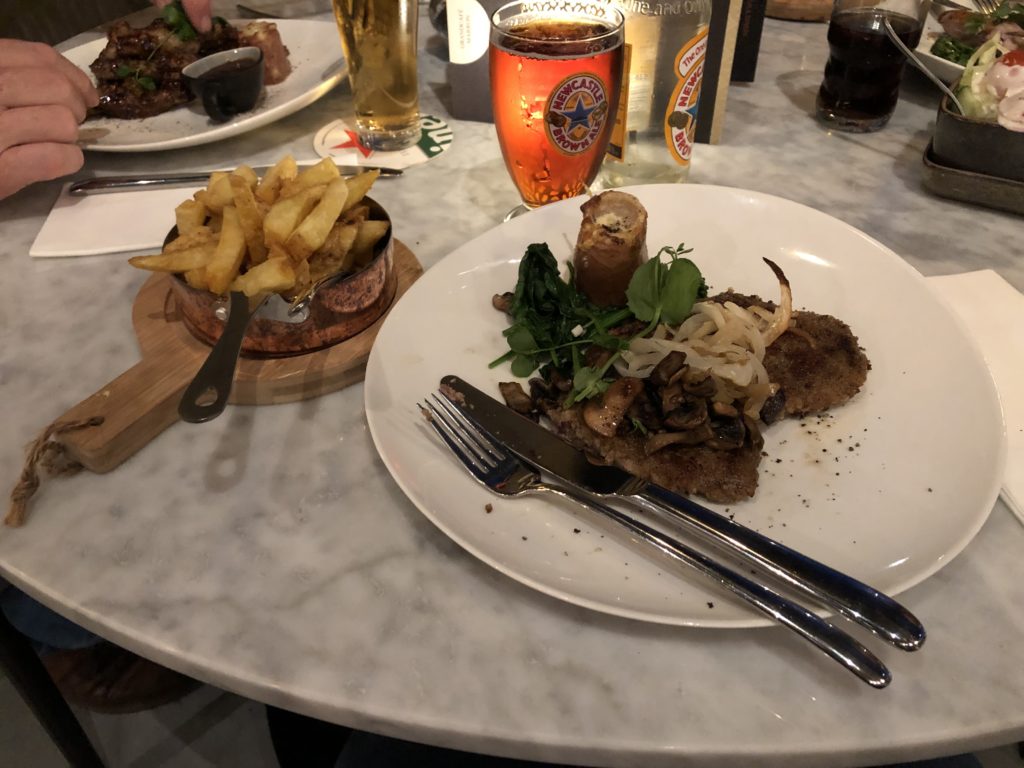
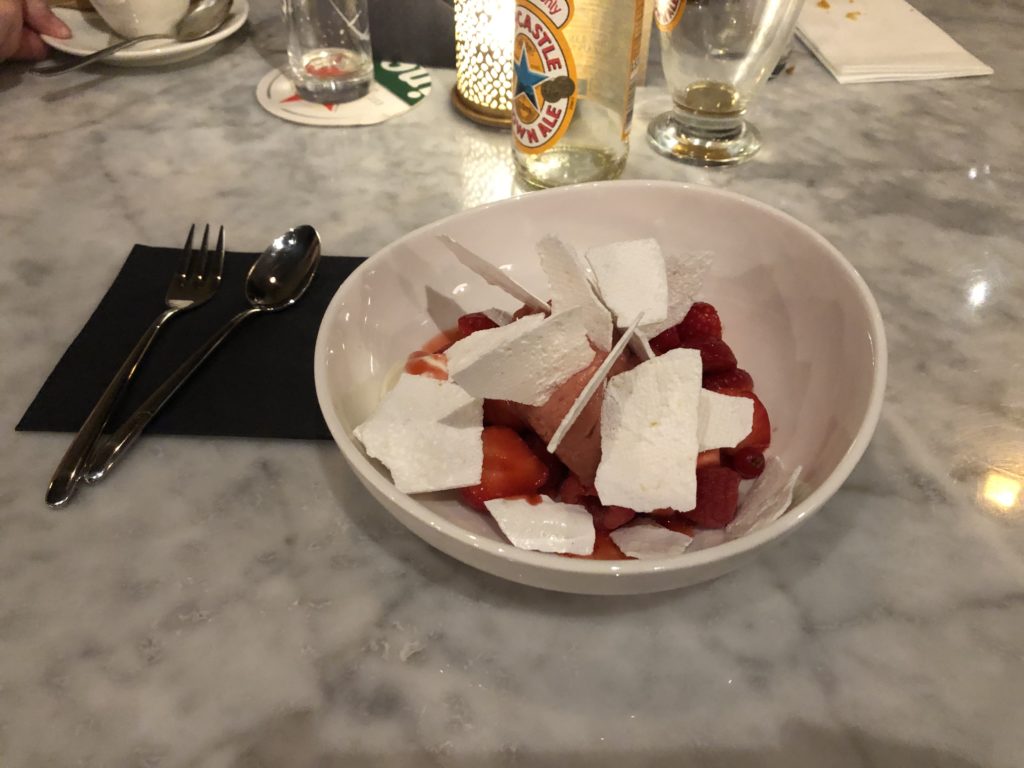
Hilma and Gerrie–we had such a great visit with you! Thank you!
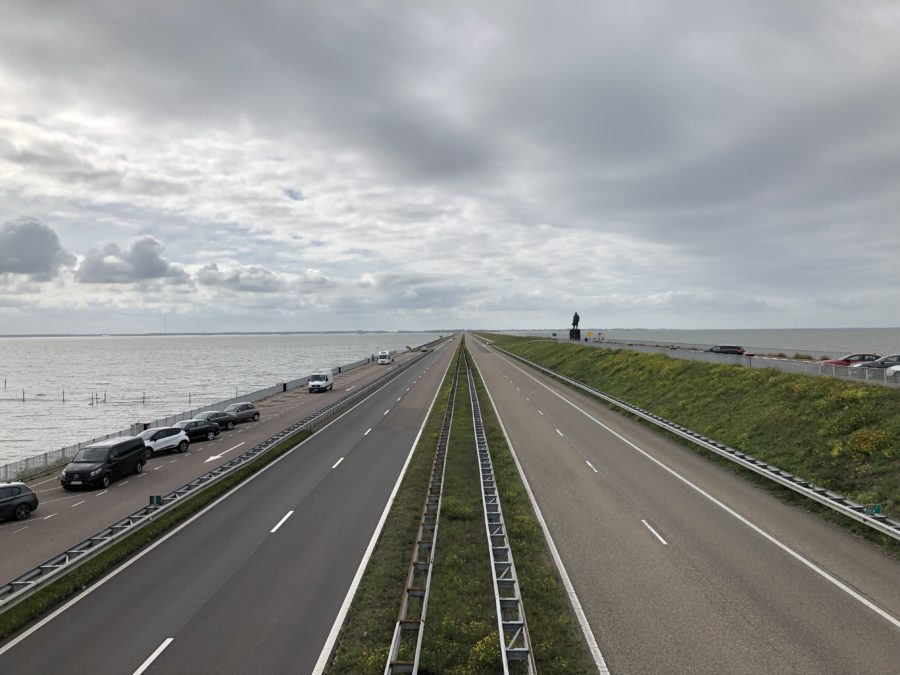
Driving over the Afsluitdijk has been one of my bucket list items for awhile now, so we took a little detour on the way to Gerrie and Hilma’s house. It only added about an hour to the trip…and it was worth it!
The Netherlands has been fighting off the sea for centuries. About 1/3 of the country is actually below sea level. The land is kept dry through an elaborate system of dikes, sand dunes, and pumping stations along the coast. Part of this system is the Afsluitdijk, which is a 20-mile sea barrier that was designed to protect the inland against flooding.

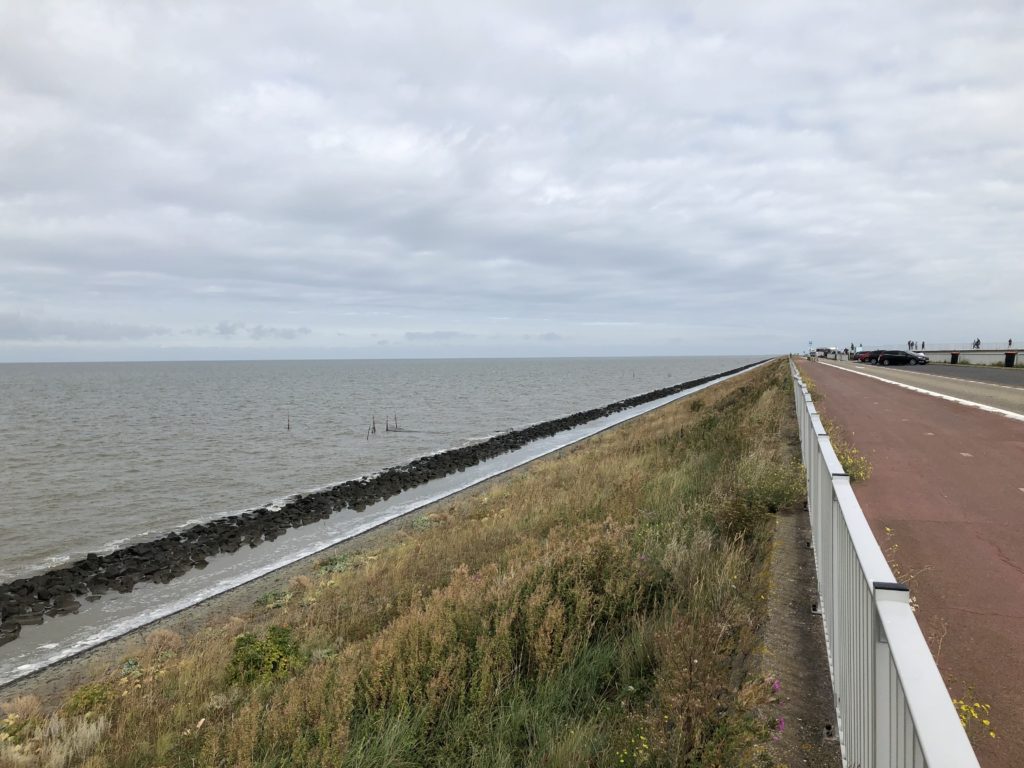
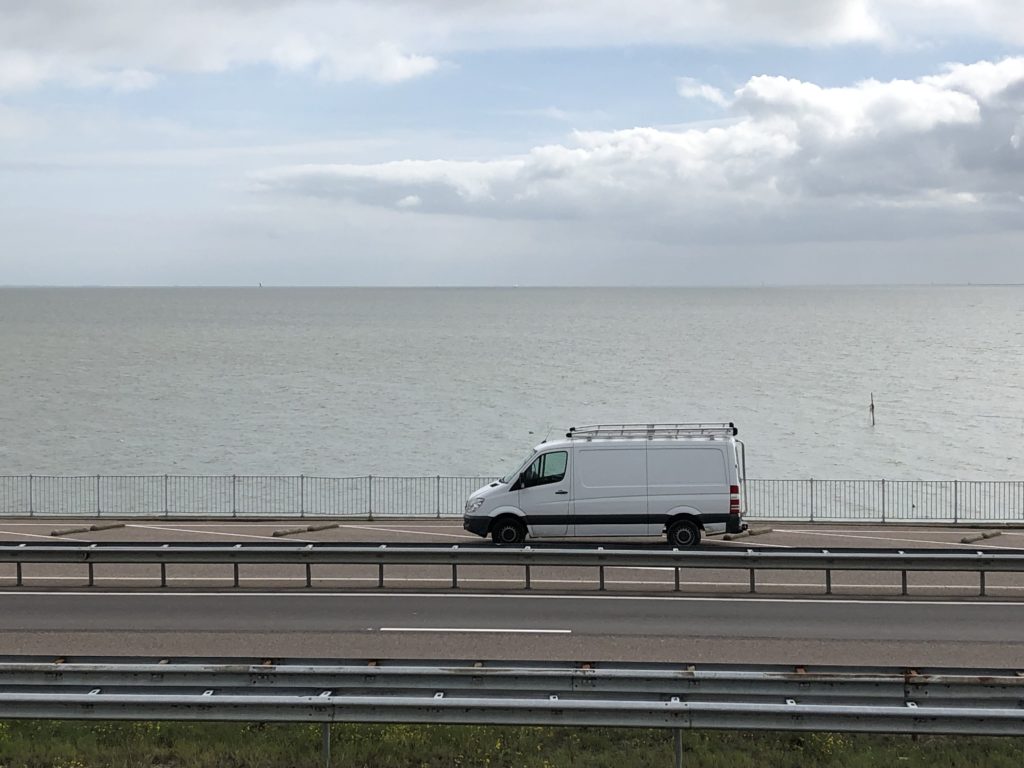
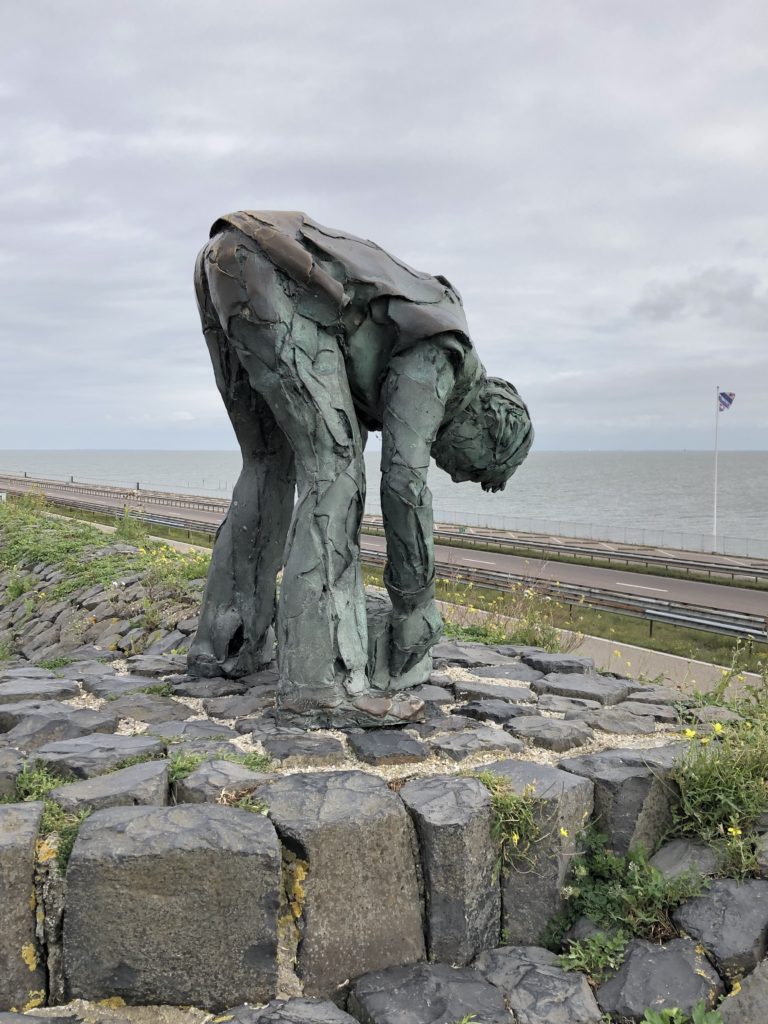

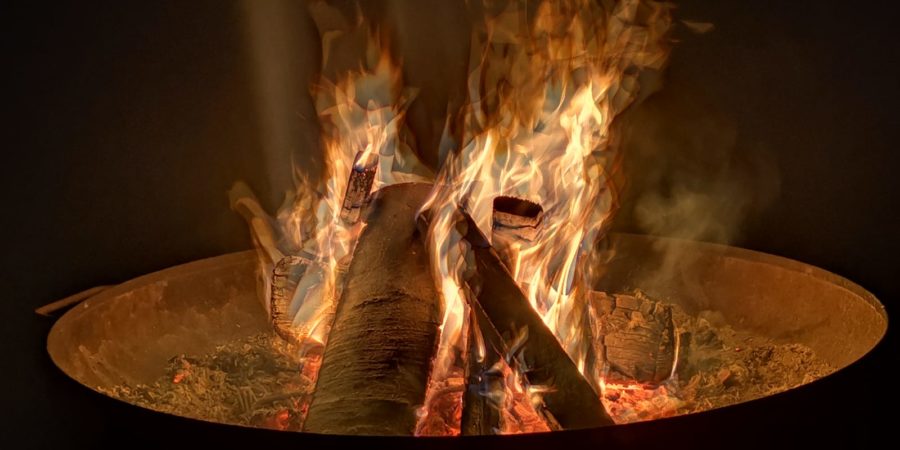
We capped off both nights that we were visiting Roman and Sandra by sitting around a campfire. The night air was a bit chilly, but the fire was warm and cozy. Roman played a great selection of music and we had a lot of fun, and the only thing missing were S’mores! I’ll have to bring the ingredients from America the next time we visit!
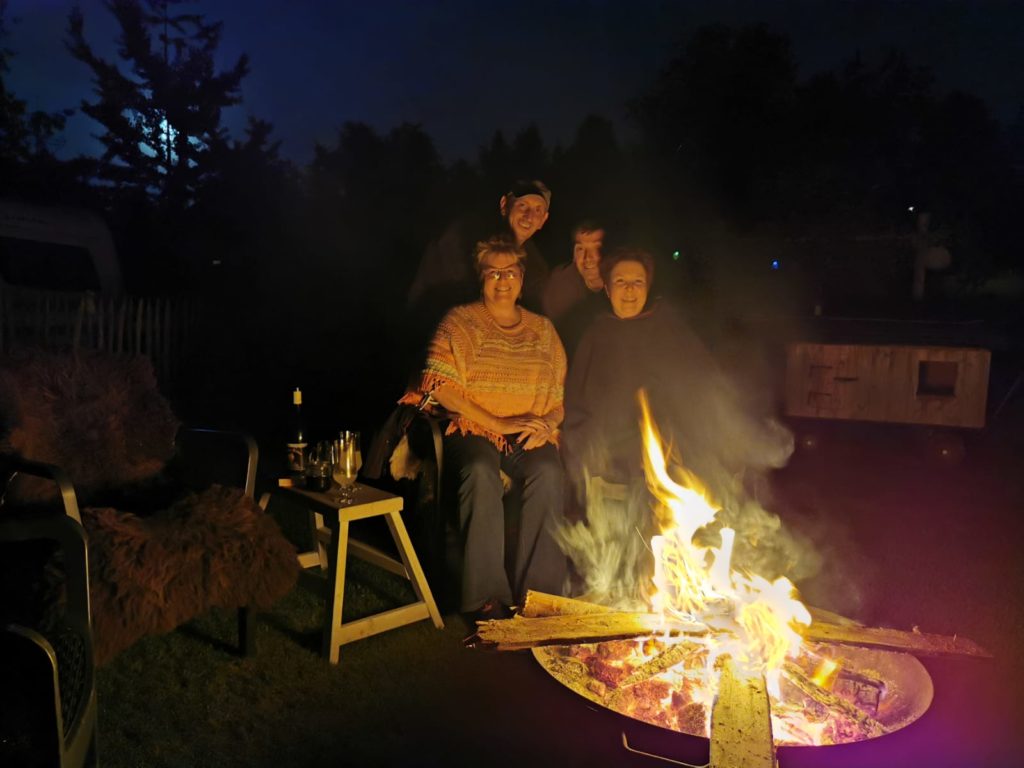
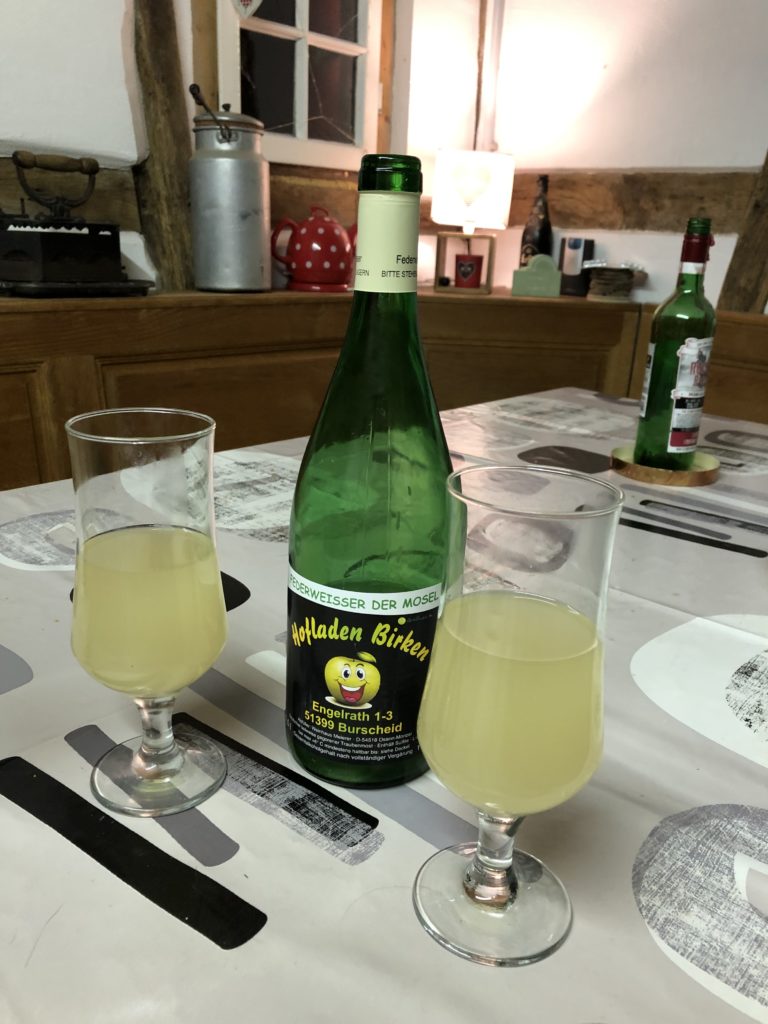
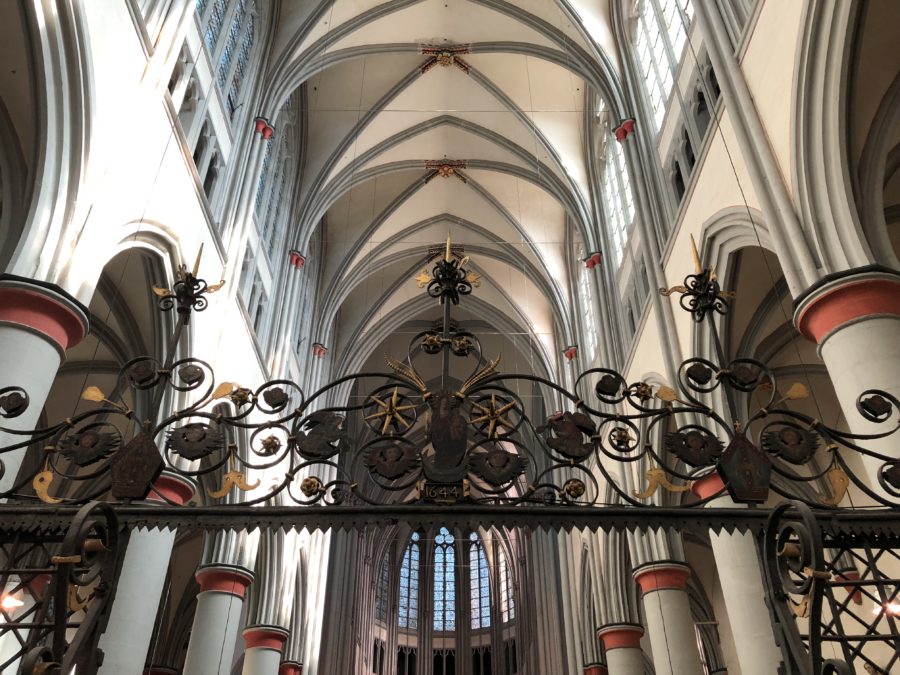
During our visit, Sandra and Roman took us to see the Altenberger Dom, which is located about fifteen minutes away from their home. The Altenberger Dom located in Odenthal, Germany, is listed as a cultural heritage site. Construction on the church began in 1259 and is built in the Gothic style. The church holds a special place in Roman’s family because his parents were married there.
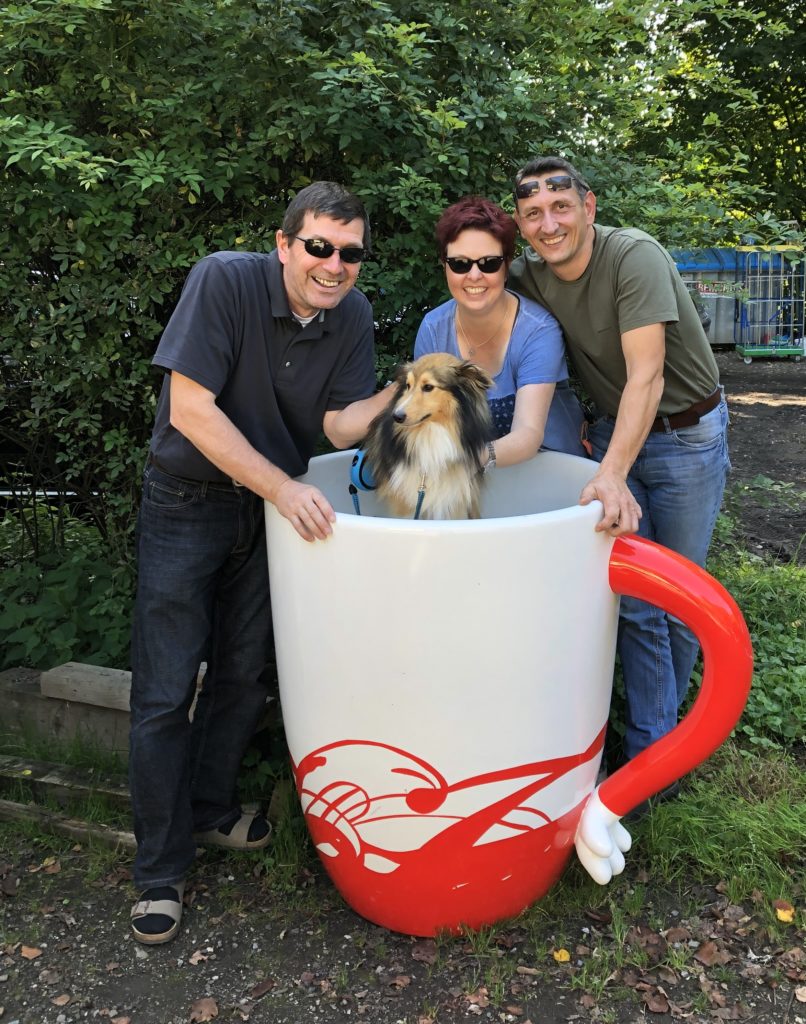
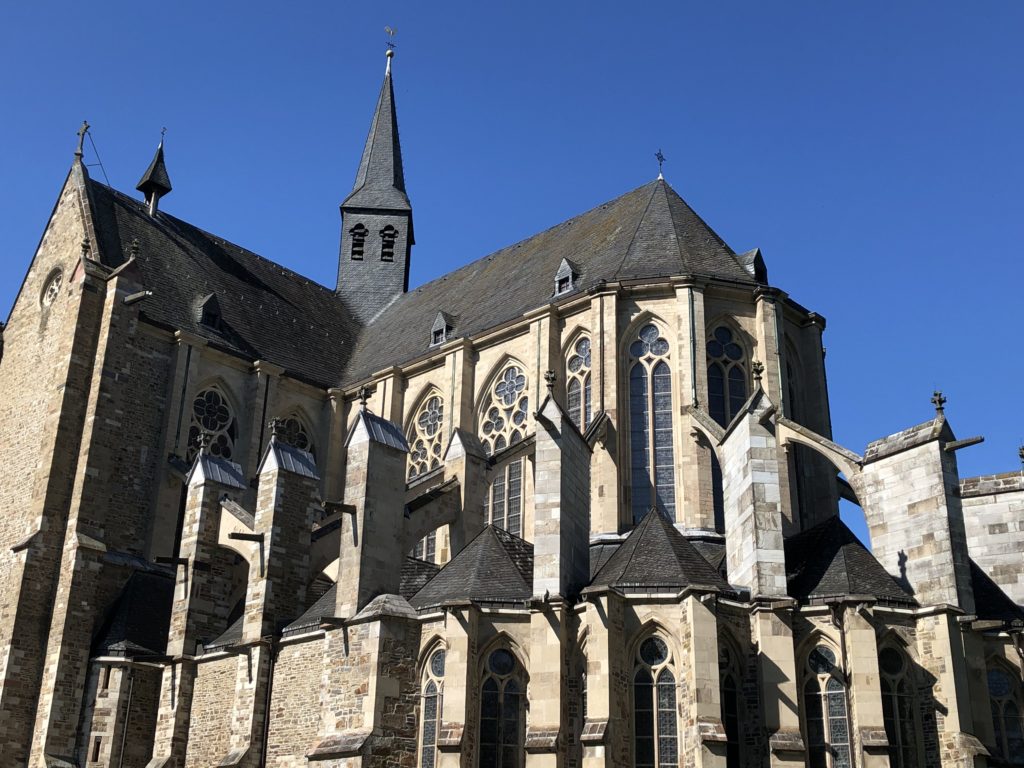
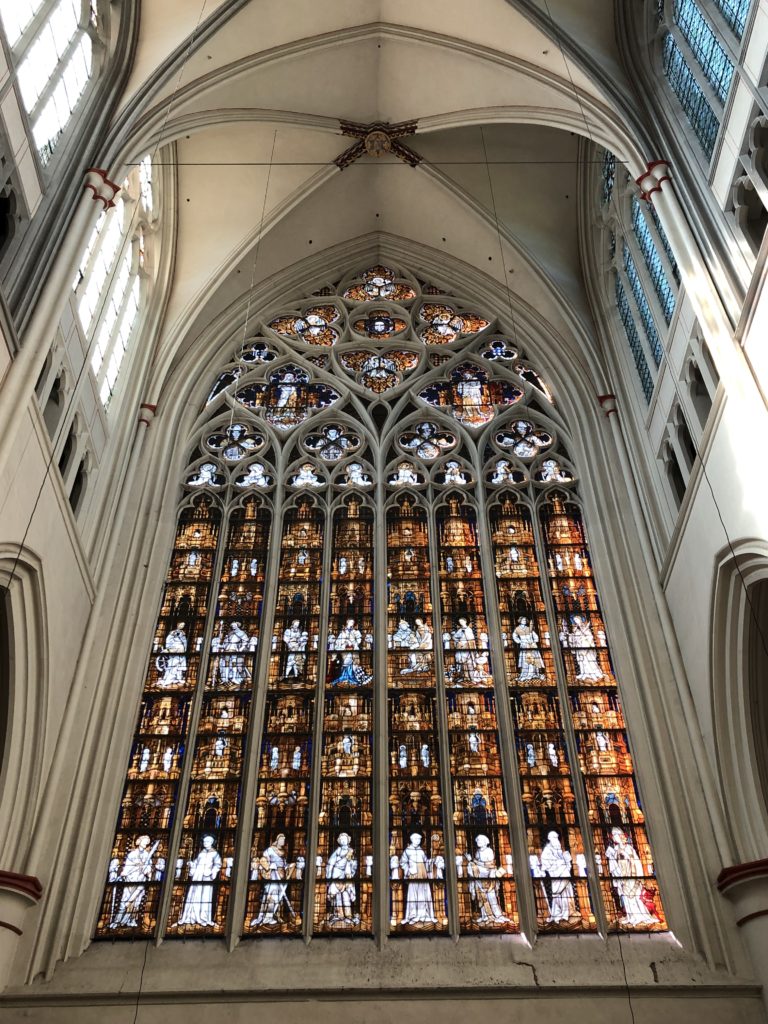
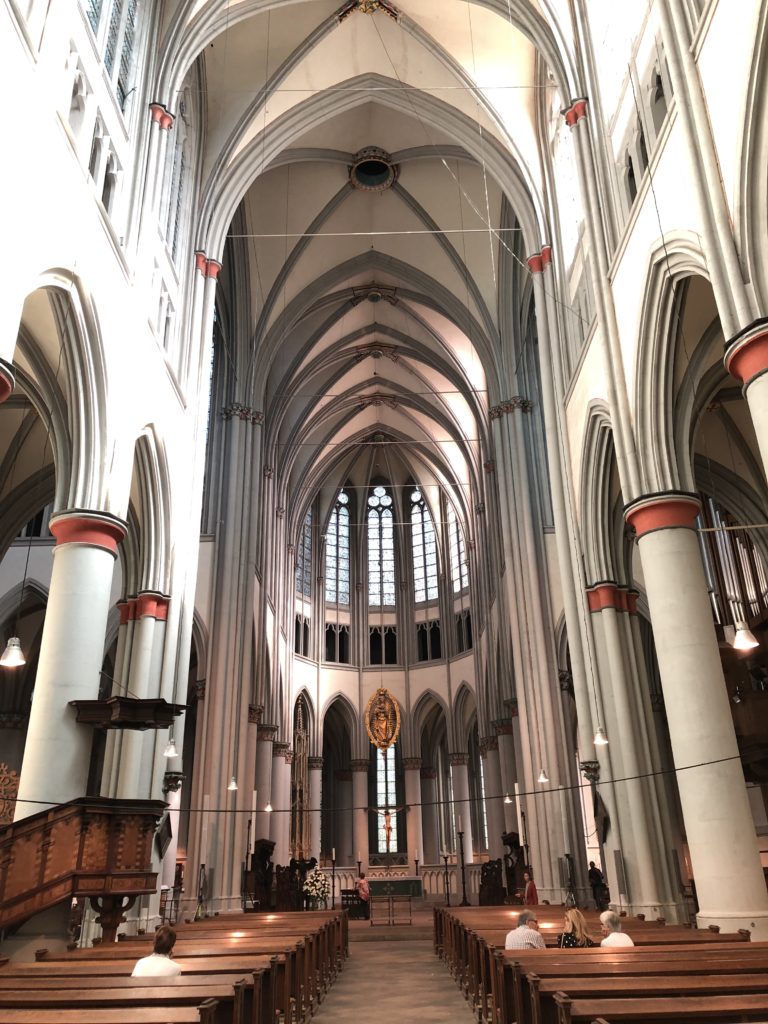
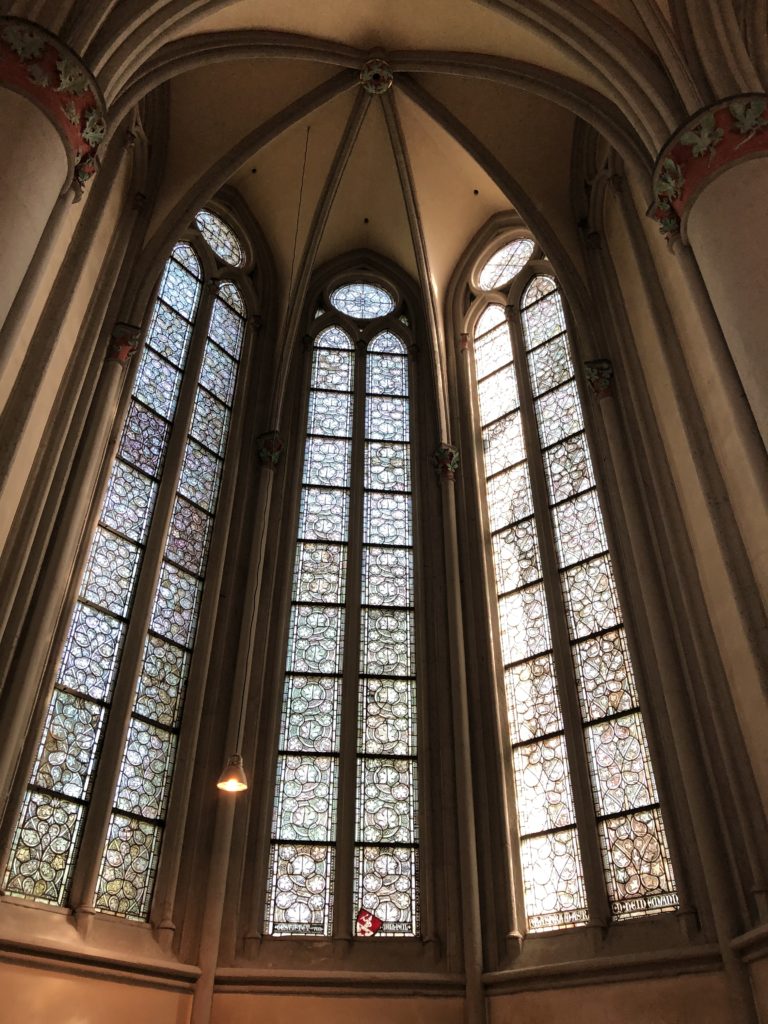
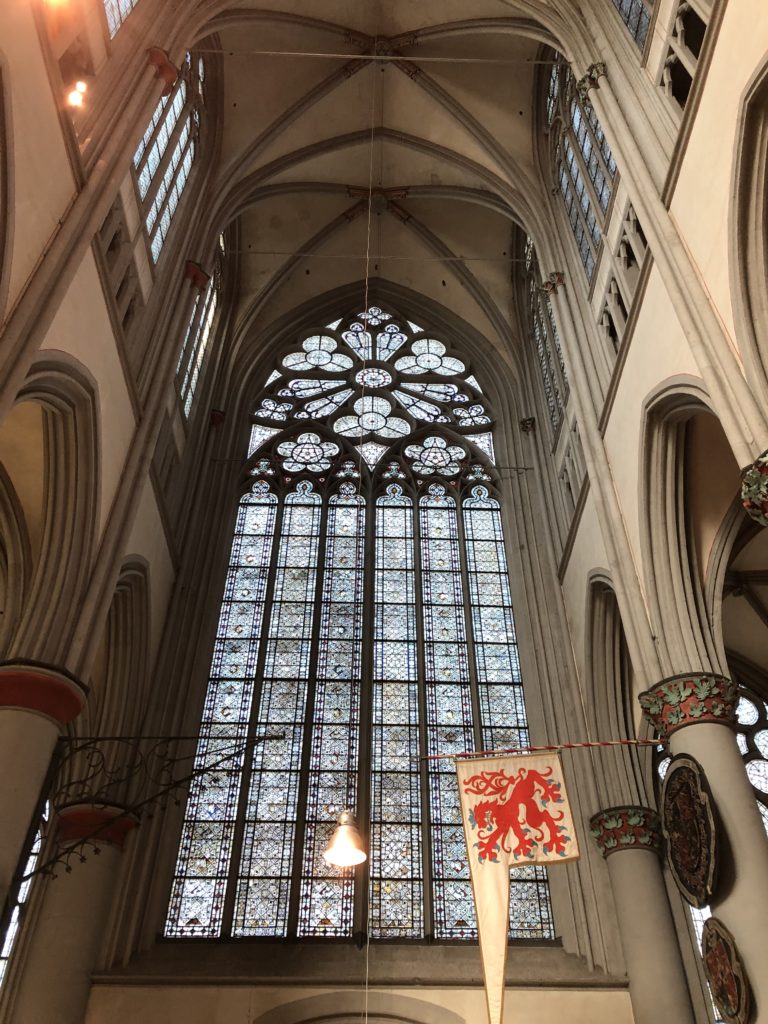
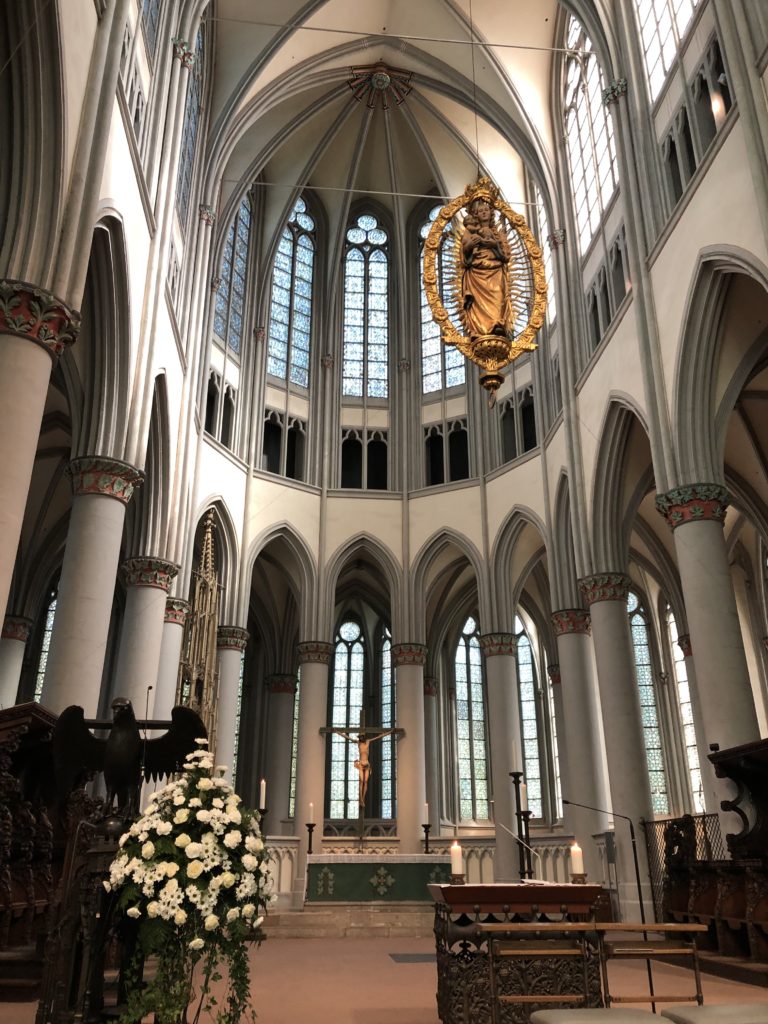
The inside of the church was beautiful, but I was especially fascinated by the stained glass windows. Most of the panels were black, gray, and white, which is very different from the colorful windows that most churches have. Those colors might sound dull and depressing, or maybe severe, but actually had the opposite effect. The simple color scheme allowed a lot of light to pass through, thus illuminating the church and creating a feeling of richness and grandeur. The windows were so pretty.
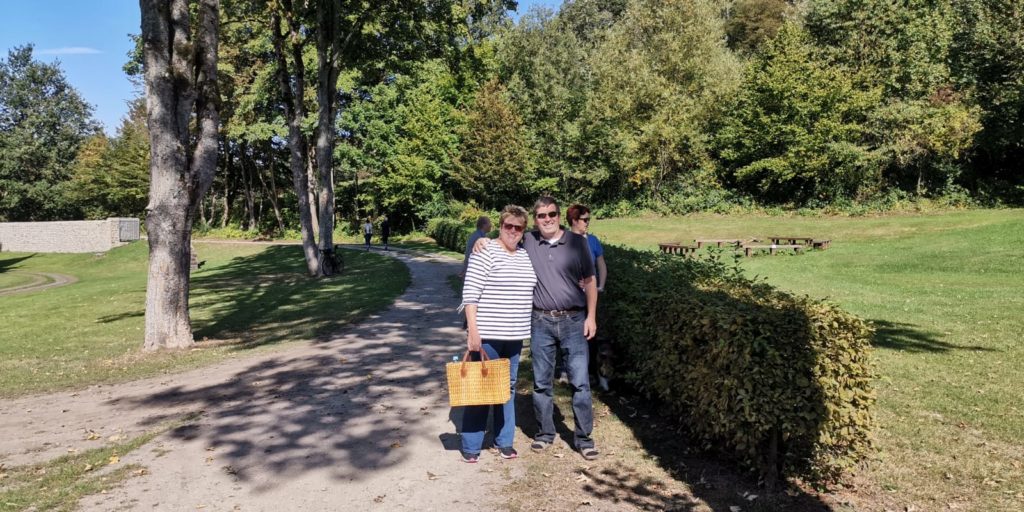
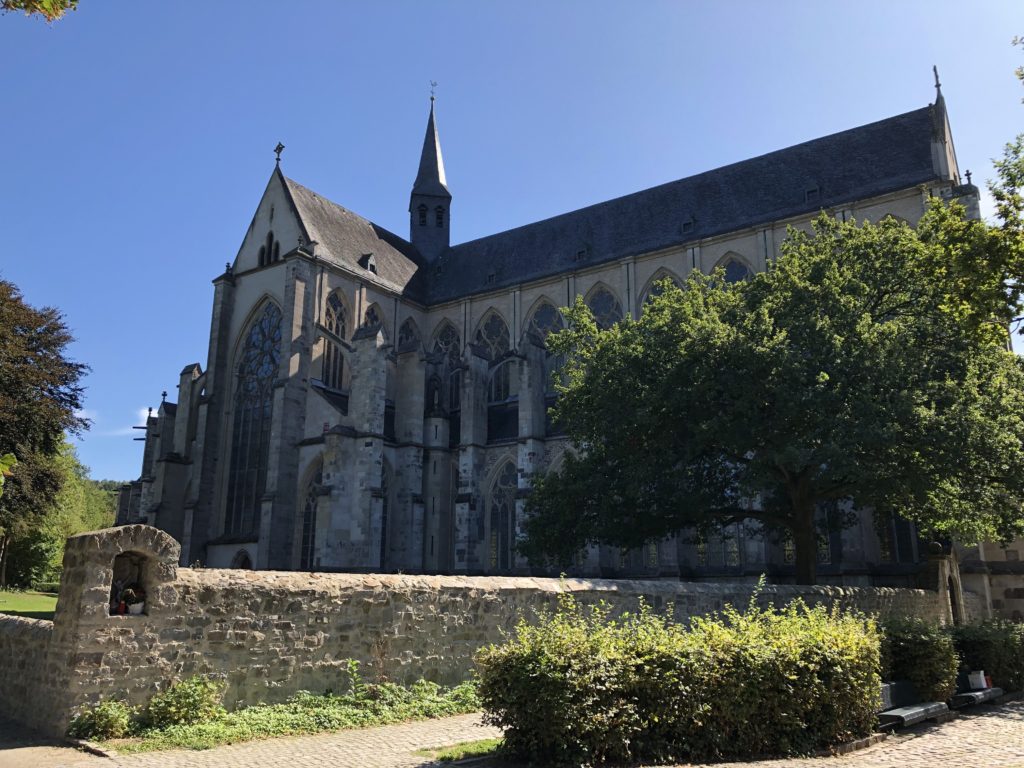
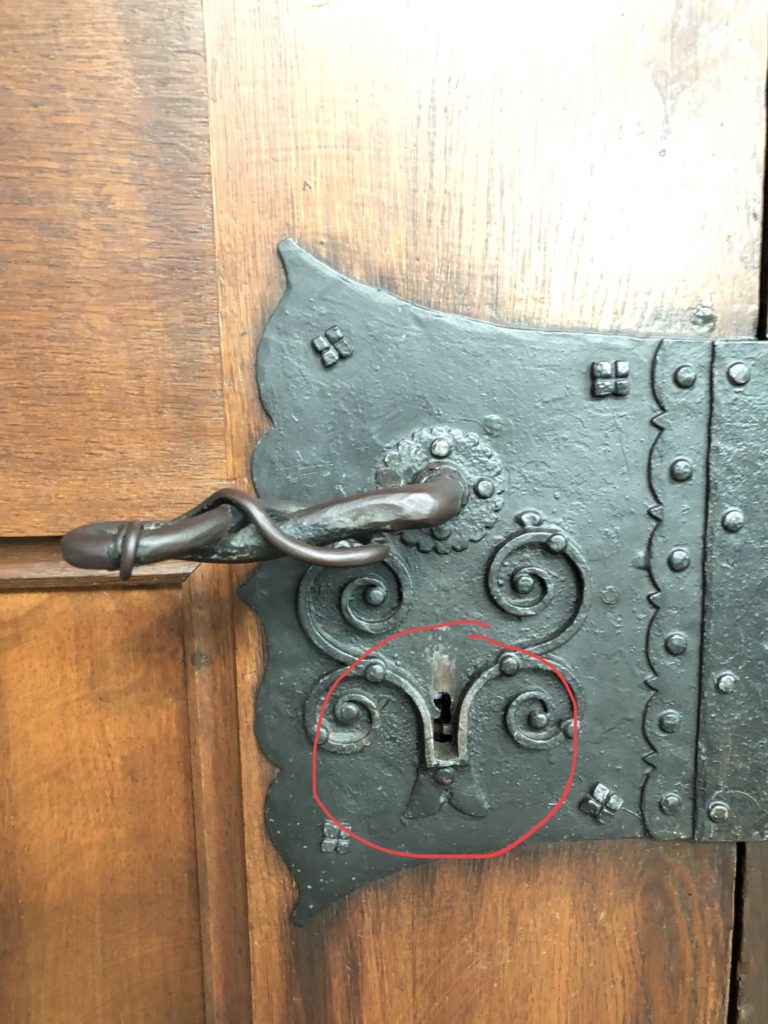
On the way back to the car, I spotted a sign for the Camino, which of course I got excited about. I’ve hiked the Camino de Santiago (Frances) twice, once in 2013 and again in 2018. Both times I began in Saint Jean Pied de Port, France and walked 500 miles (800 kms) to Santiago, Spain. The blue sign with the yellow scallop shell, that says, ‘Pilgerweg‘ is the marker for the Camino.
I also noticed another route with a picture of a witch called, ‘Hexenroute.’ Intrigued, I looked it up and found out that it’s a local hiking trail, not a long-distance trail as I had assumed. The English translation of the trail means “Witches Path.” Although I can’t find much about it, it seems that there were witch hunts in this area throughout the 1600’s.
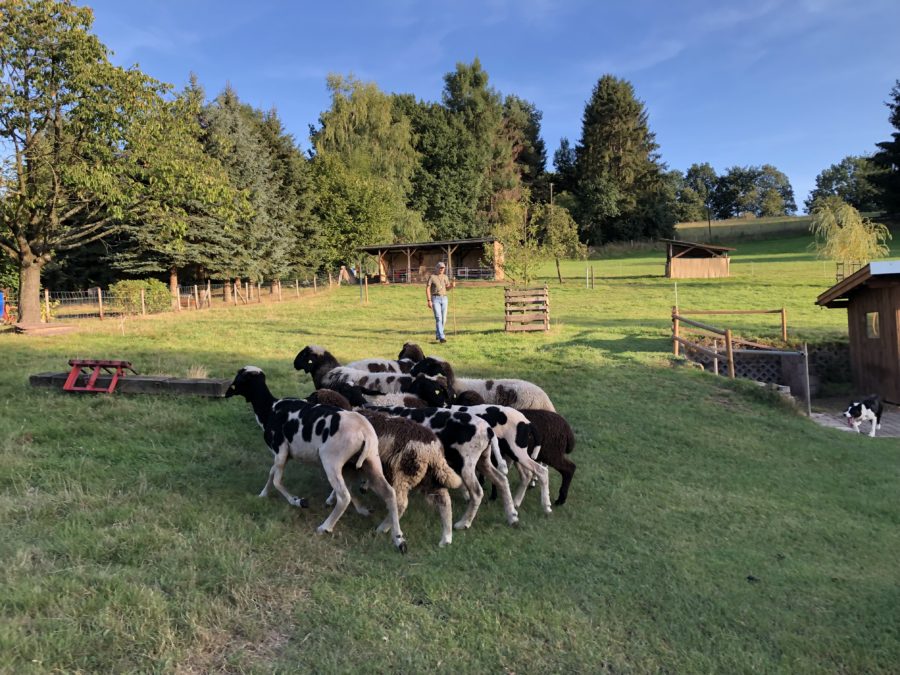
On our road trip back to Kassel, we visited Sandra and Roman who live about 25 minutes from Cologne, Germany. I first met Roman several years ago when we participated in the Englischhausen program in Laubach, Germany. He was a participant and I was a volunteer. We’ve kept in touch via Facebook and Whatsapp.
I visited him and his family for the first time when I attended Carnival in the nearby city of Cologne. Roman, his wife Sandra, and their daughter live on a ‘Gentleman’s Farm’ where Roman raises sheep. They also have a horse, three dogs (one is a herding dog), a cat, a few parakeets, and two guinea pigs. During our visit, I found out that the word for guinea pig in German is Meerschweinchen, which translates to ‘little sea pig.’ Funny!
Sandra and Roman are terrific people and the space that they have created for themselves on their little farm is so inviting and charming. I feel such a sense of peace when I’m there. I was looking forward to them having the chance to meet Pierre, and for Pierre to meet them and to see their place.
We had a really good time together, and we bonded over the one really big thing that we have in common–we own homes in other countries that need to be renovated. As you know, ours in France, and their place is in Slovenia, the birthplace of Roman’s parents. Roman has a head start on their place (they’ve owned it longer than we’ve had ours), and Pierre was able to ask him lots of construction and pricing questions.
Roman and Sandra were amazing hosts. They took us sightseeing to a nearby church, and we visited a little farmer’s market near their home. For the most part, we just relaxed around the house, and of course, there was lots of laughing and talking. Below are a few pictures from their place…I told you it was peaceful (and perfect)!
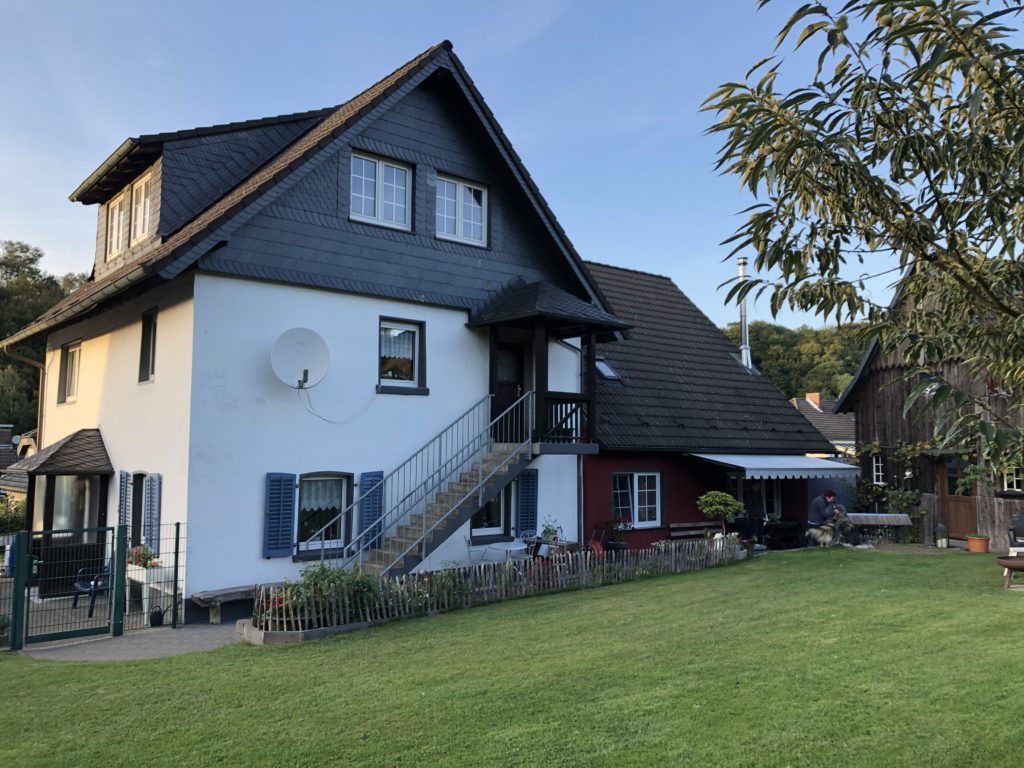
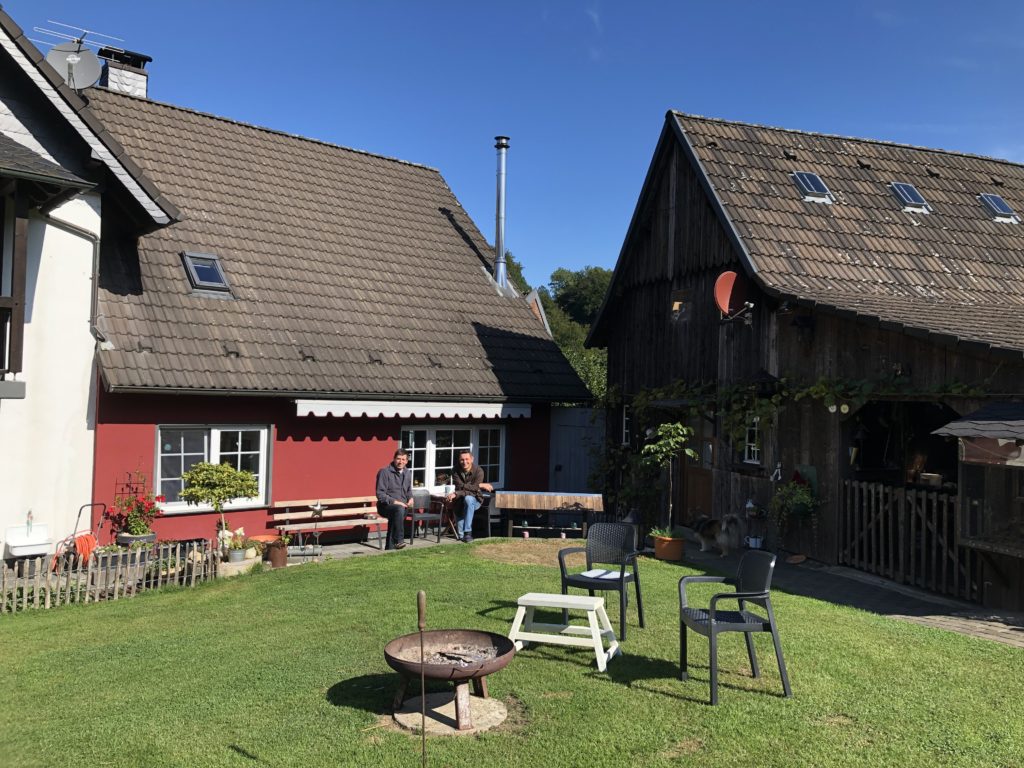
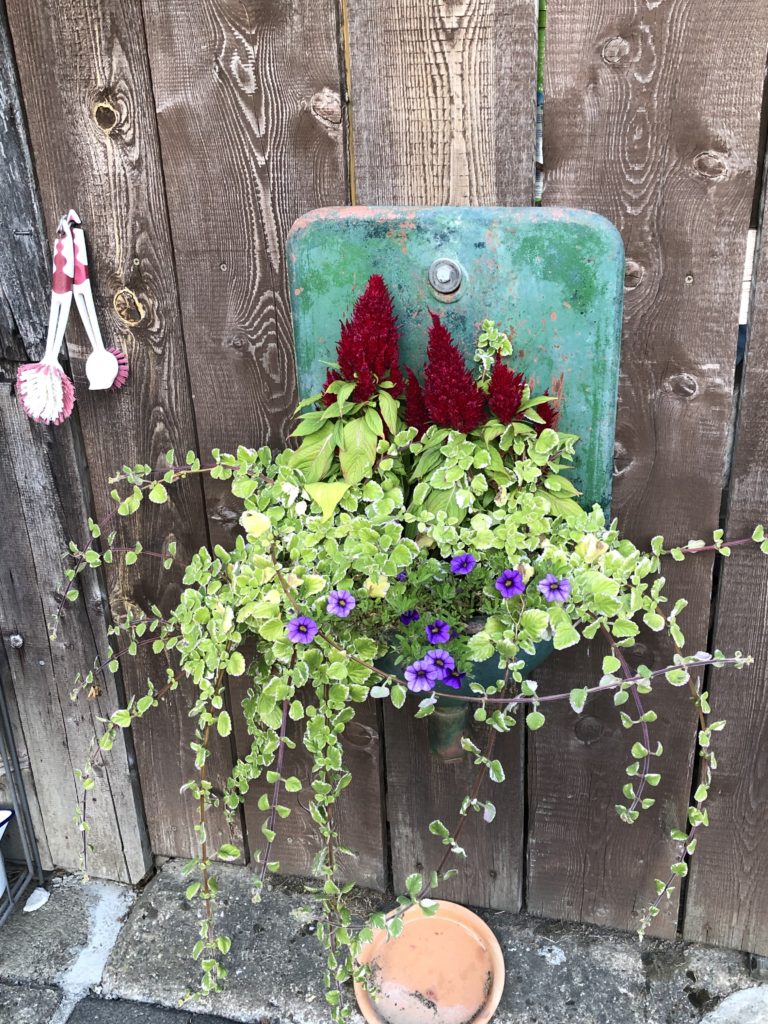
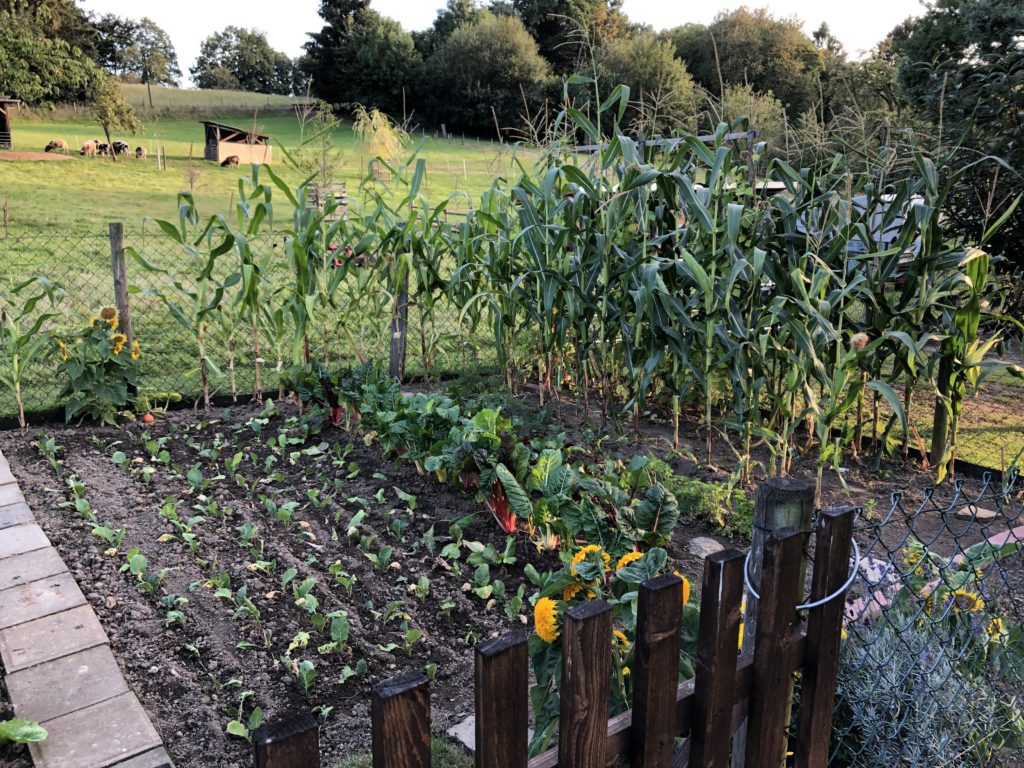
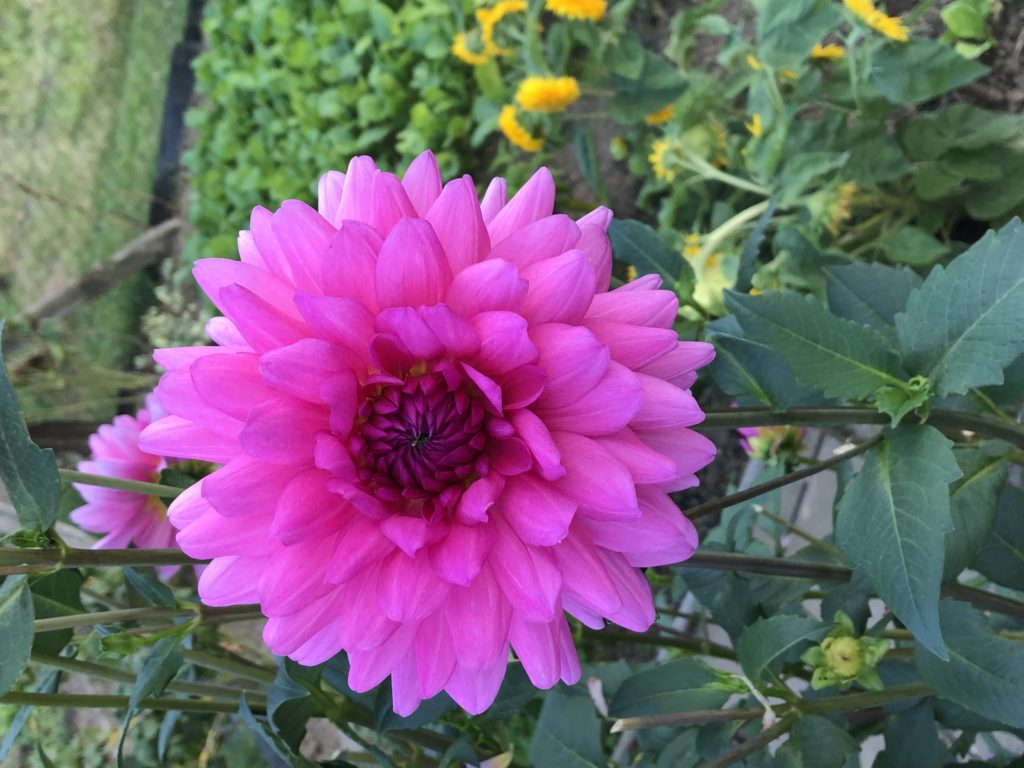
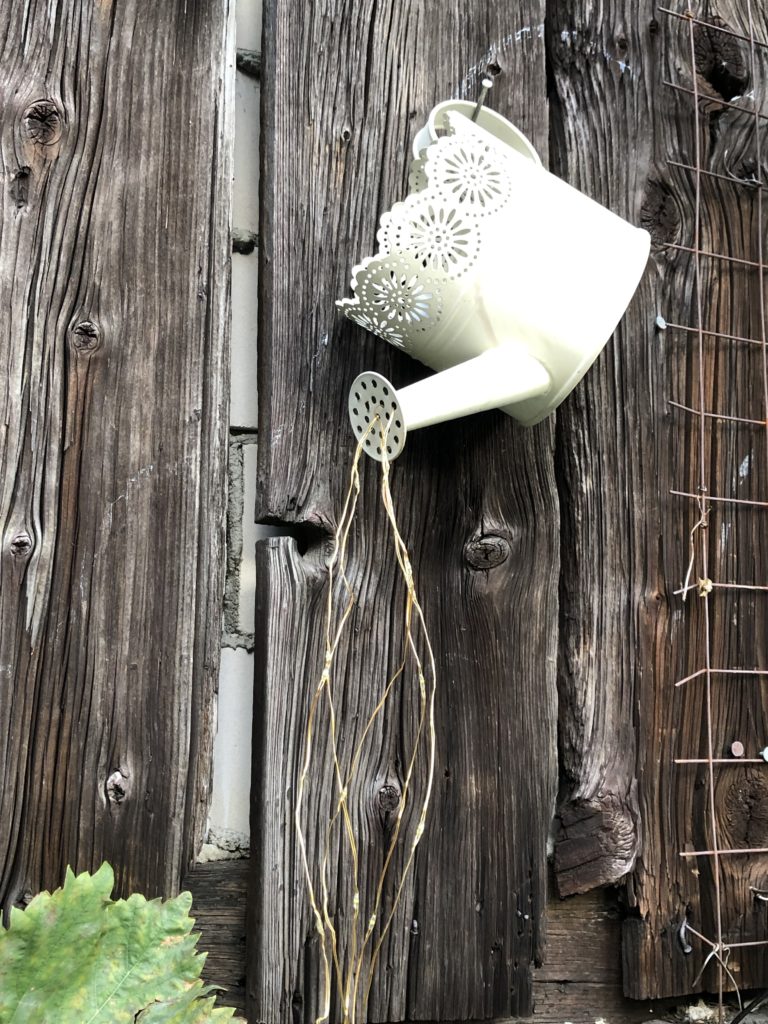
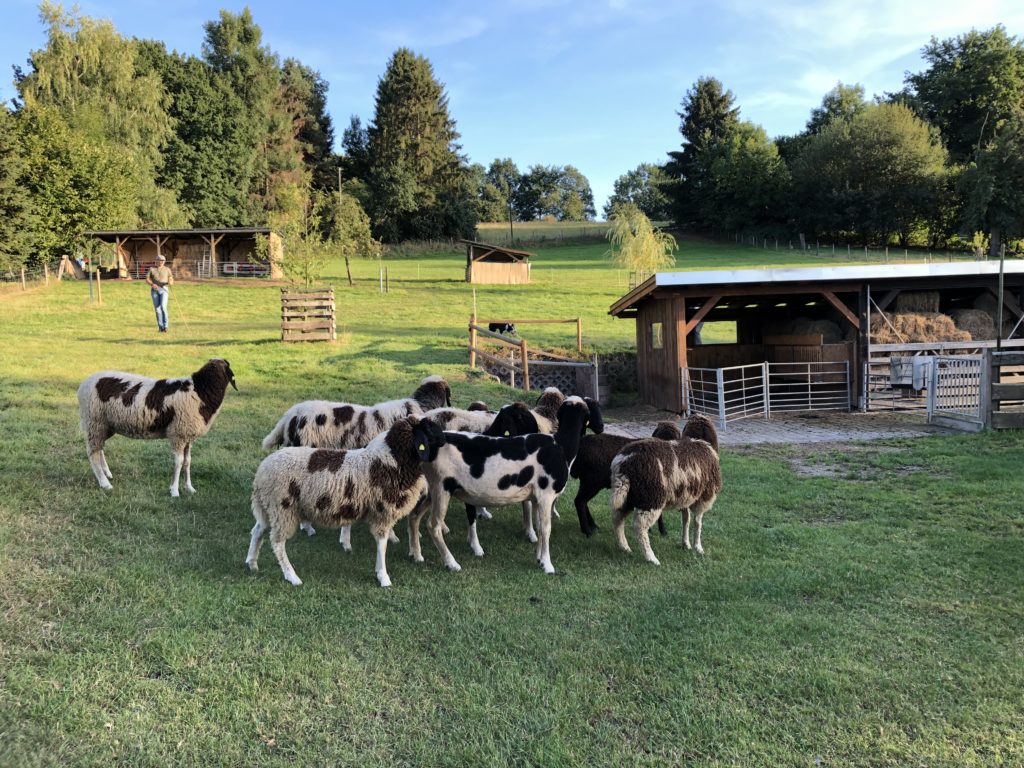
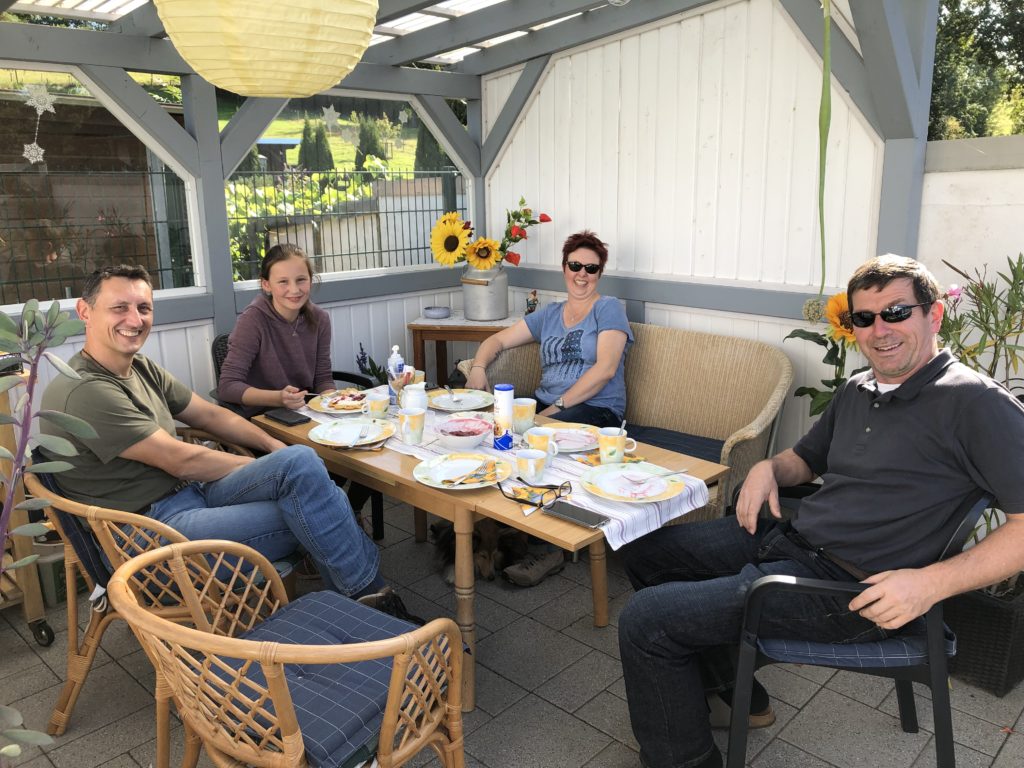
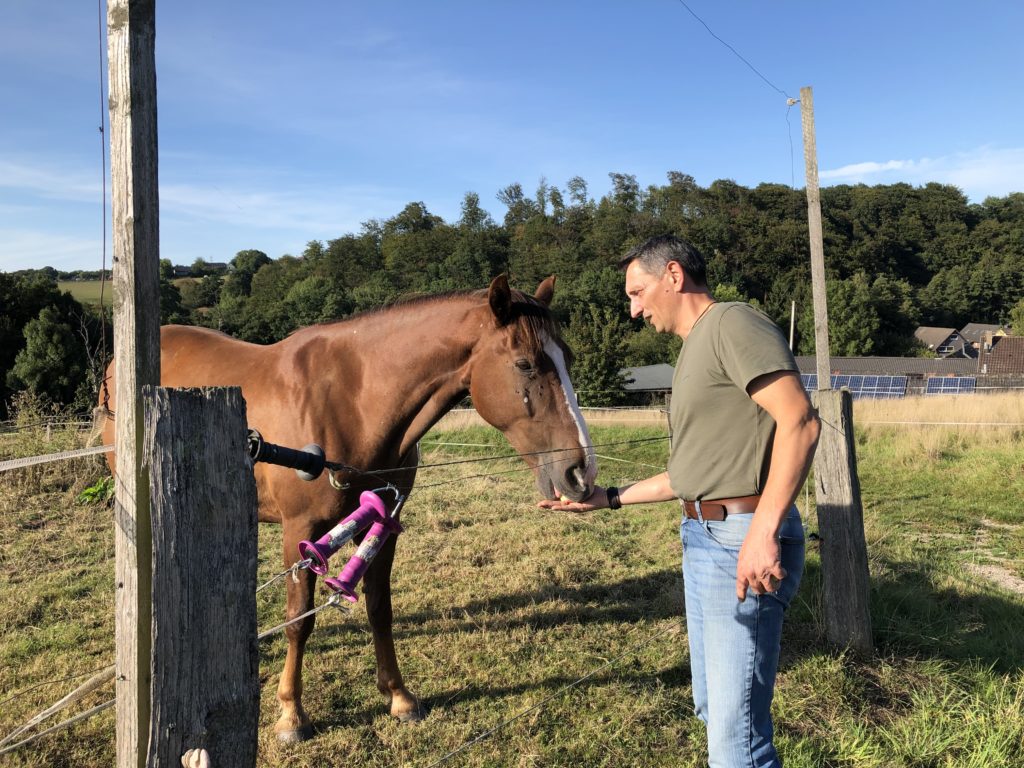
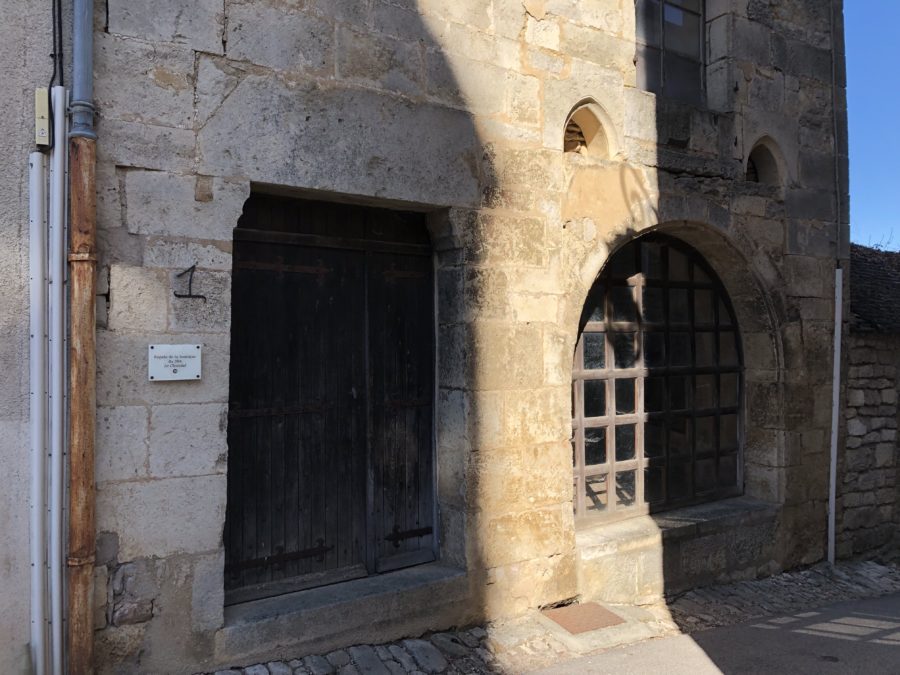
After spending several weeks in France in our new home, it was time to leave and head back up to Germany. My mother-in-law lives in Kassel, Germany, which door-to-door is about 1,450 kms from our place. We decided to throw a few detours in by doing a bit of sightseeing and visiting friends along the way.
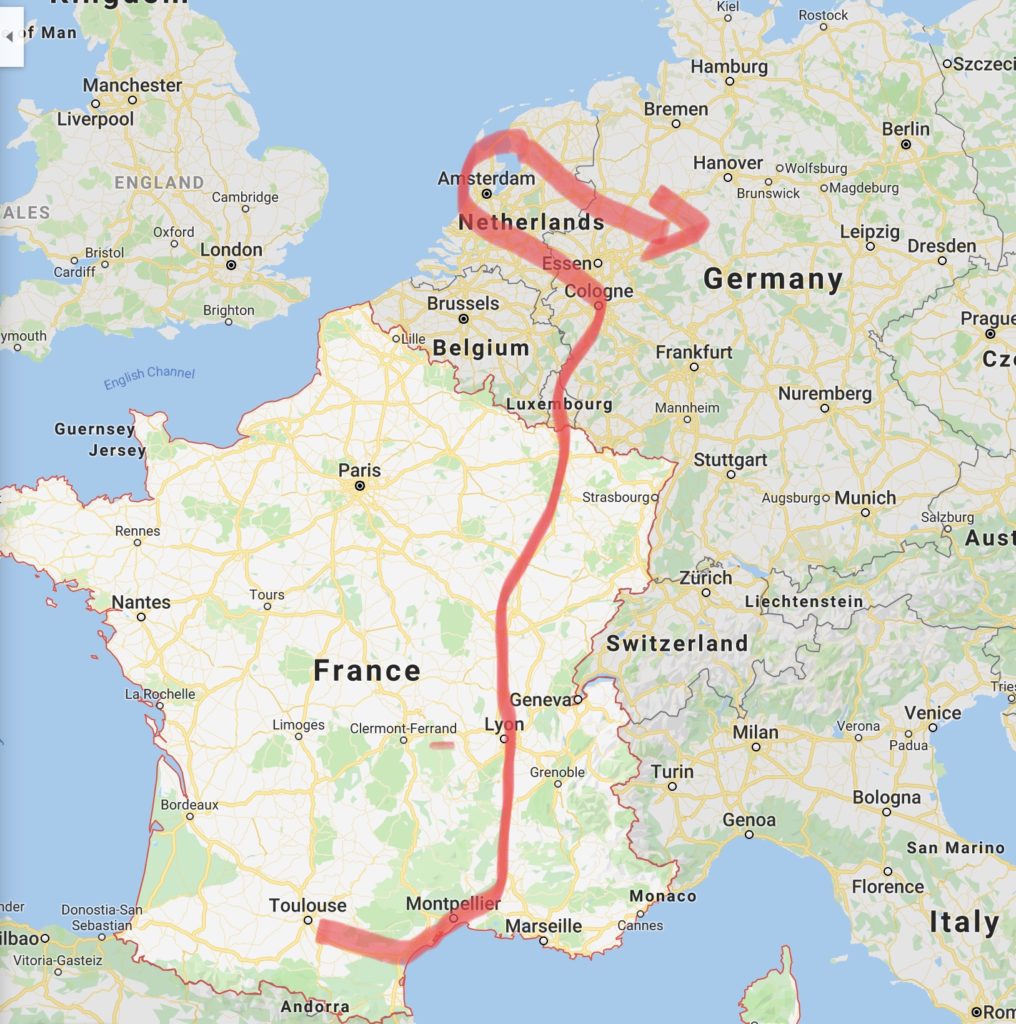
Our first stretch break was in Saint-Pierre-La-Mer, so I could see the coast. Pierre had been here before, and he wanted to show me this stretch of beach. I think it had more to do with the town being named after him, but I got to see and smell the Mediterranean Sea!
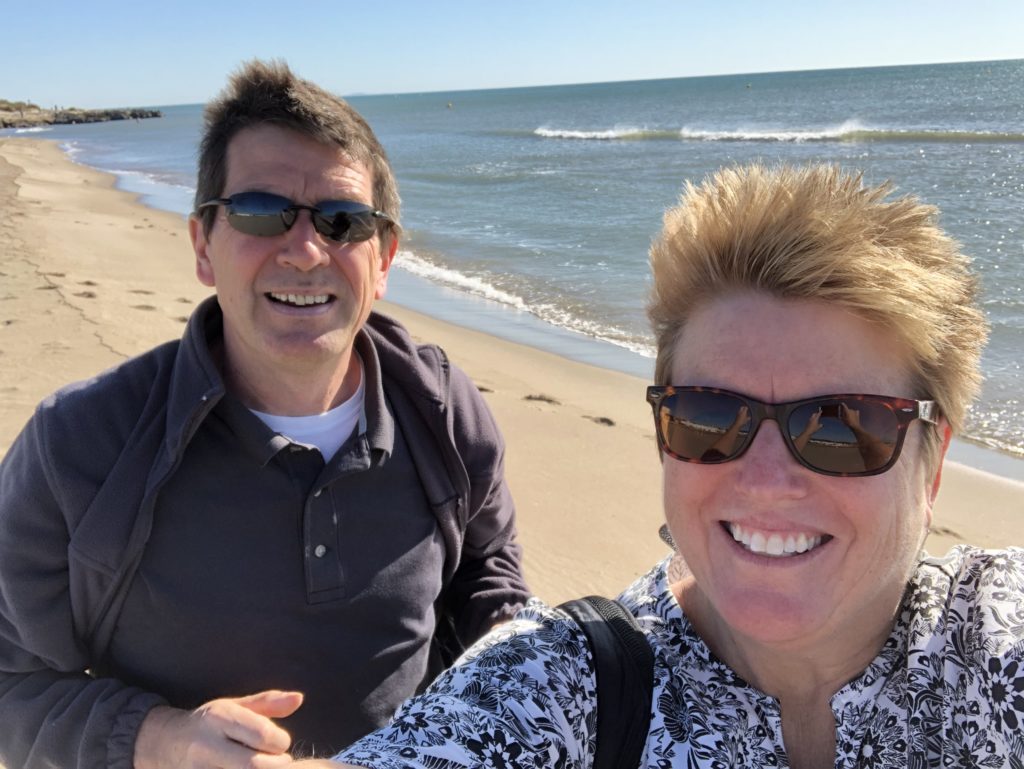
France is a pretty country to drive through, and after a few hours we drove over the Viaduc de Millau. After crossing the bridge, we stopped at the visitor center to look at the side view, and to learn a little bit more about it. Construction began in 2001 and it was opened to traffic in 2004. It’s the tallest bridge in the world, with it’s highest point towering 1,125 ft. above the ground. It’s considered by many to be one of the greatest engineering achievements of all time.
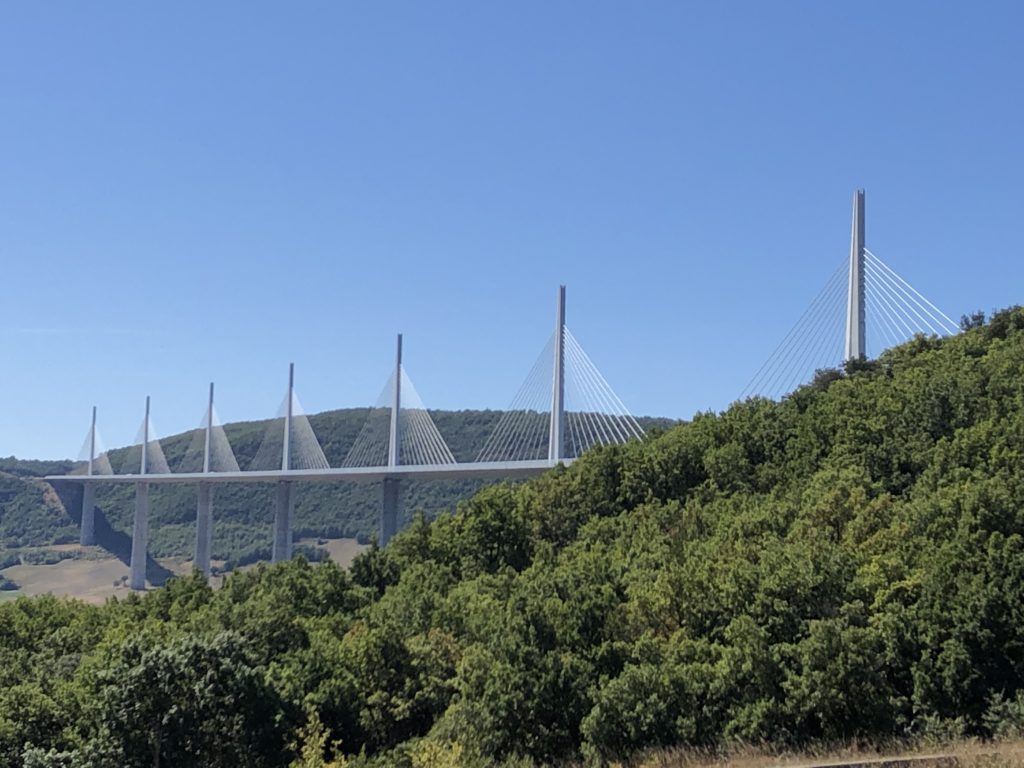
Pierre knows that I have a “thing” for Gustave Eiffel, the engineer and designer of the world-famous Eiffel Tower and the inner framework of the Statue of Liberty, so he wanted to show me the Garabit Viaduct. This wrought iron railway arch bridge was also designed and constructed by Gustave. It was completed in 1884 and for many years, it was the tallest bridge in the world. Gustave was a busy, busy guy during this time—the Eiffel Tower was completed in 1889 in time for the World Fair in Paris.
If you want to read a good book about Gustave Eiffel & the Eiffel Tower click here…Eiffel’s Tower.
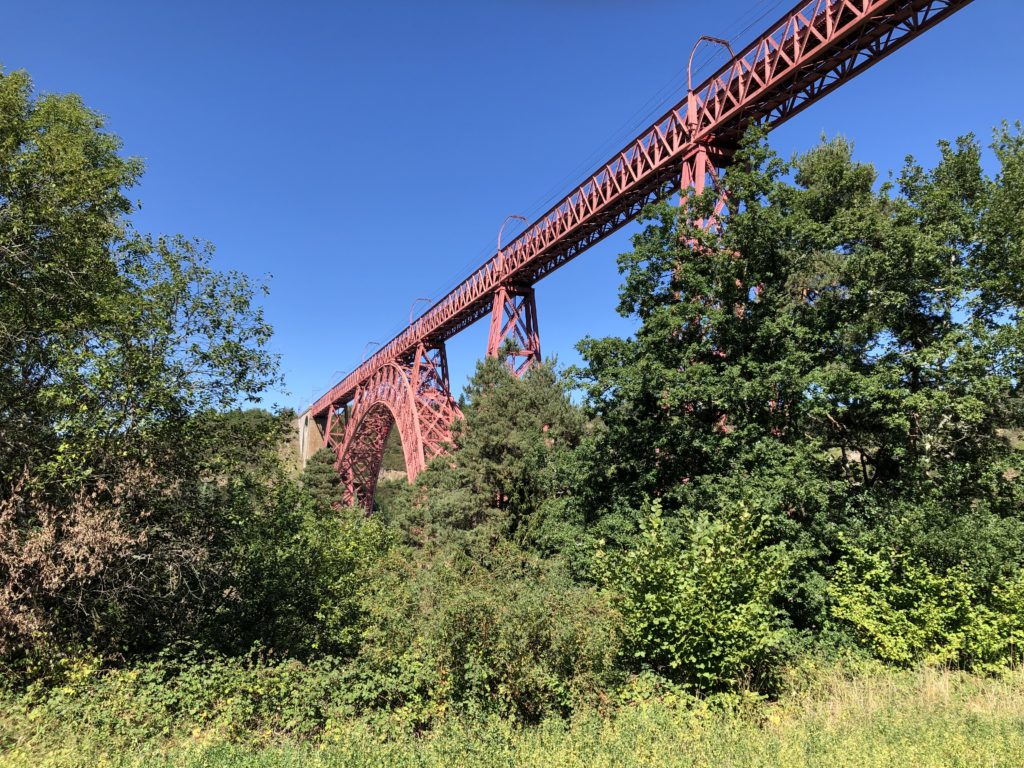
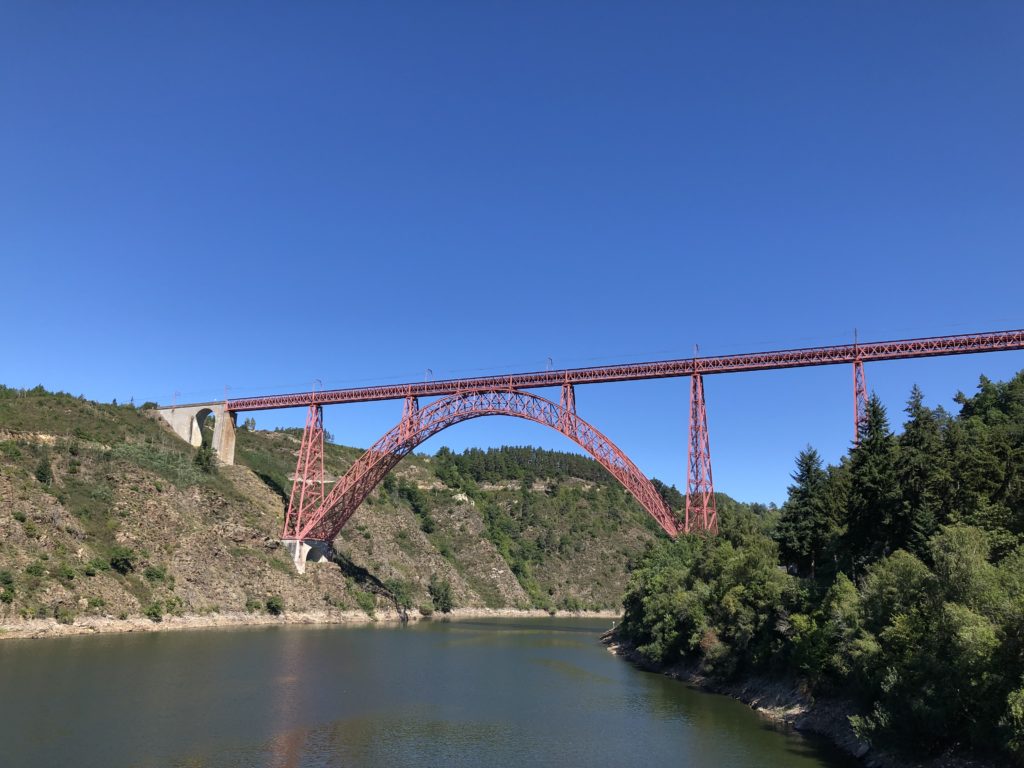
On a whim, we decided to stop at the Puy de Dôme, because among other things, it’s a famous flying location and Pierre wanted to see it. We enjoyed watching the paragliders, but it was too late in the day to take the train to the top of the lava dome. We visited the Visitor Center and found out that the train runs year-round, so maybe next time we can go to the top.
The Puy de Dôme is part of a chain of 80 dormant volcanos known as the Chaîne des Puys. The entire region, stretching over a 45 kms, is a UNESCO Natural World Heritage Site. France is home to 45 UNESCO World Heritage sites.
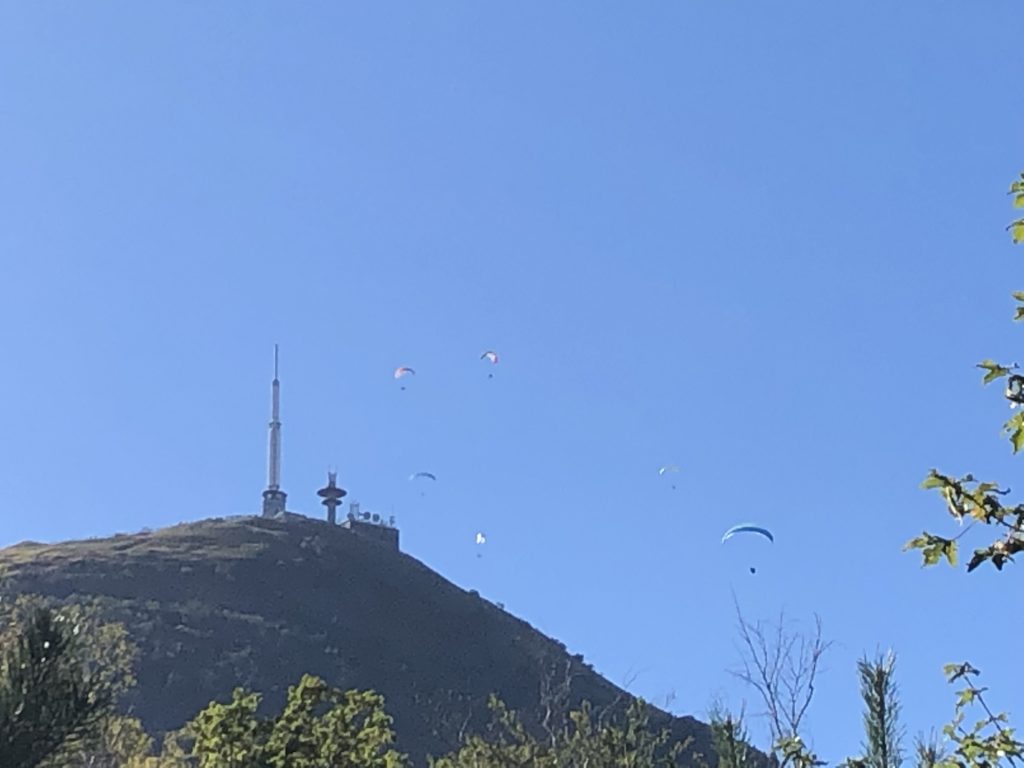
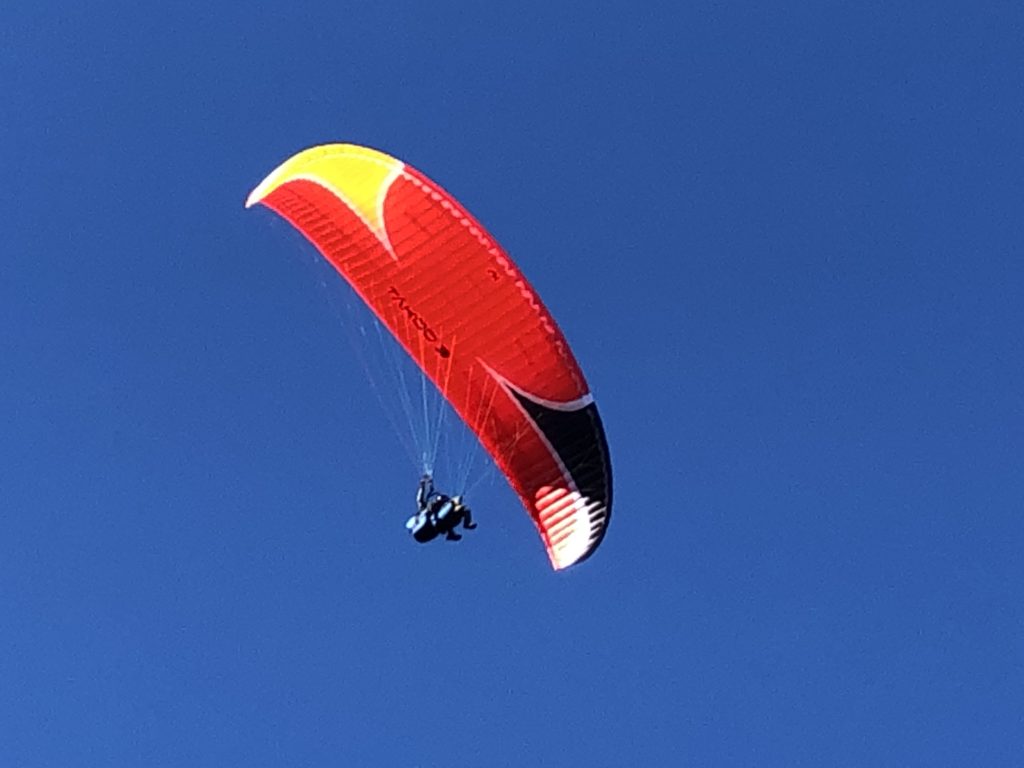
We stayed on the outskirts of Dijon after our first day of traveling, and no, we didn’t buy any mustard, but we thought about it! In the morning, we traveled about an hour off-route, so I could see the town where Chocolat, one of my favorites movies was filmed.
The movie starring Johnny Depp and Juliette Binoche was filmed in the village of Flavigny-sur-Ozerain in the Burgundy region of France. For those of you who saw the movie, I’m sure that you would immediately recognize the shop where Binoche‘s character, Vianne, sold chocolate to the villagers. Over the years, I’ve probably watched the movie 5 or 6 times. It’s dark, sensuous, and delicious, just like the chocolates in her shop!
The store front is empty now, and just like in the movie, it’s located across the courtyard from the church. I was hoping to peek inside the church, because several scenes from the movie were filmed there, but there was a funeral being held. Bummer—maybe next time!
It was a beautiful town and well worth the drive, because the scenery on the way there was magnificent as well.
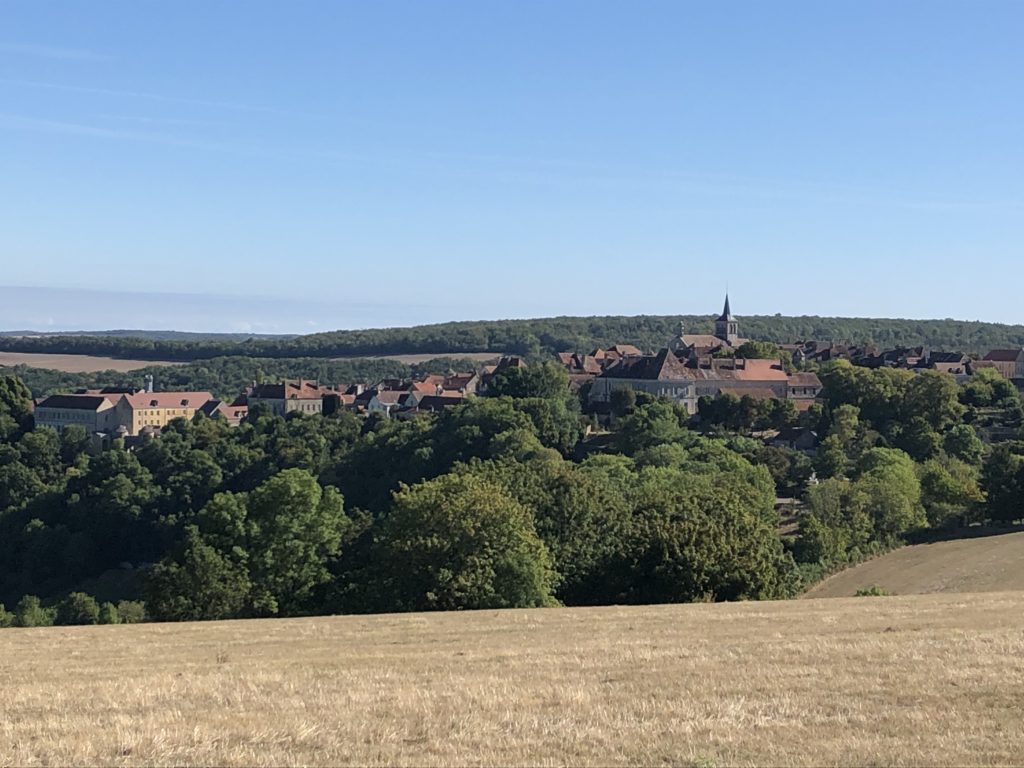
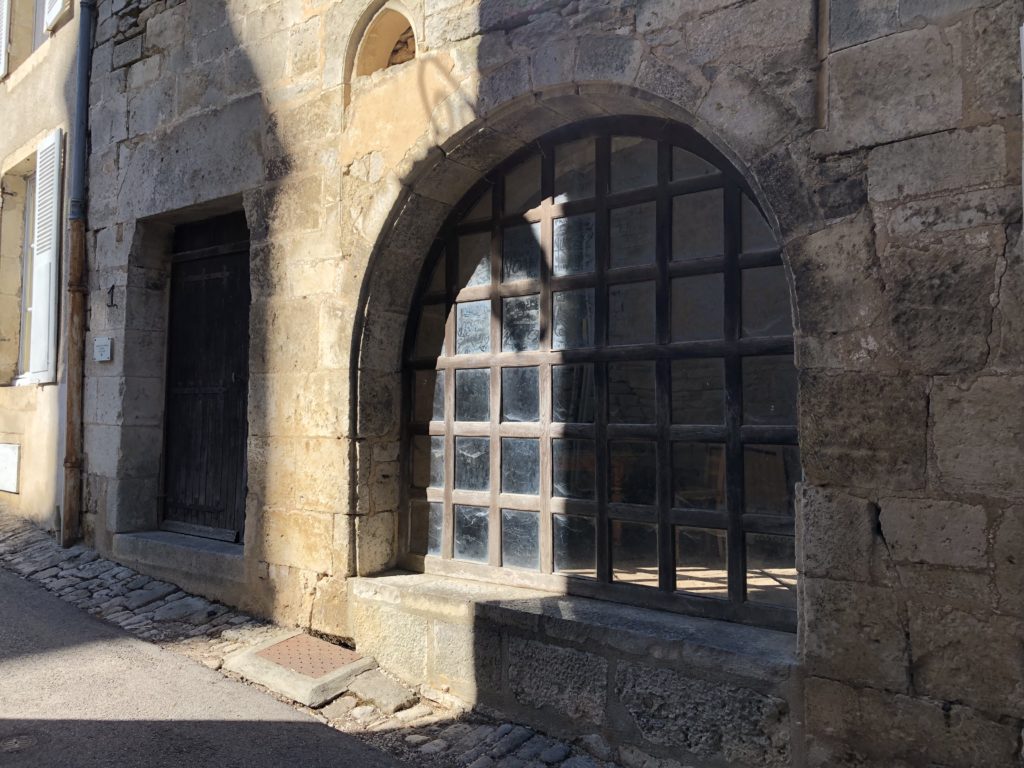
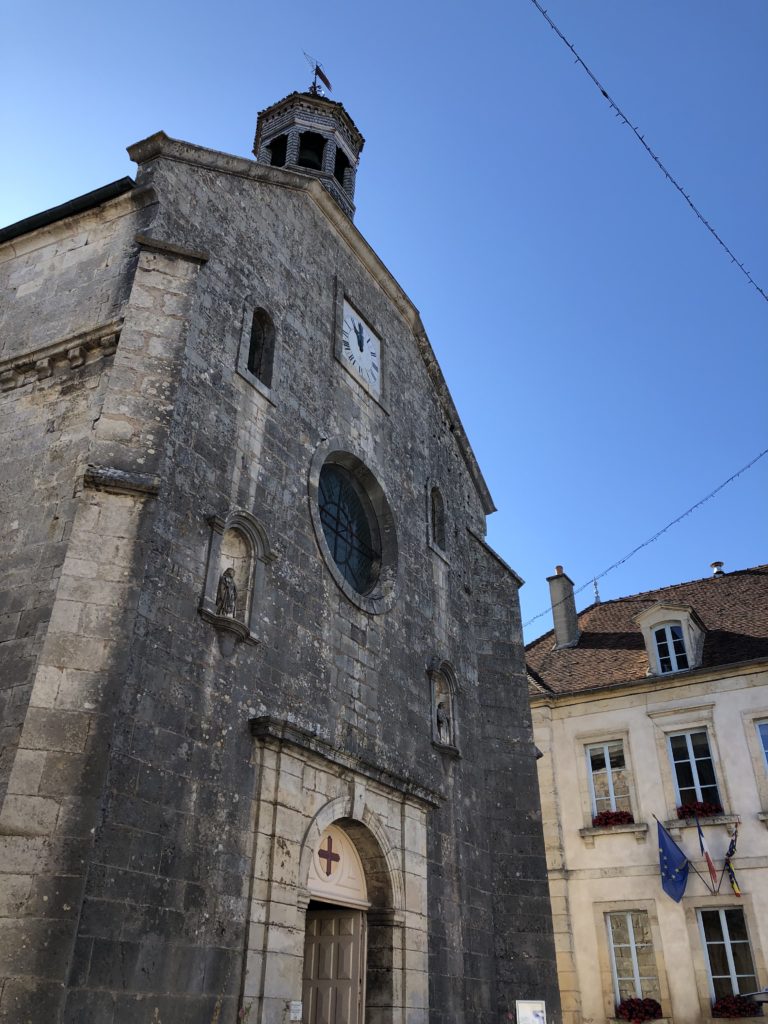
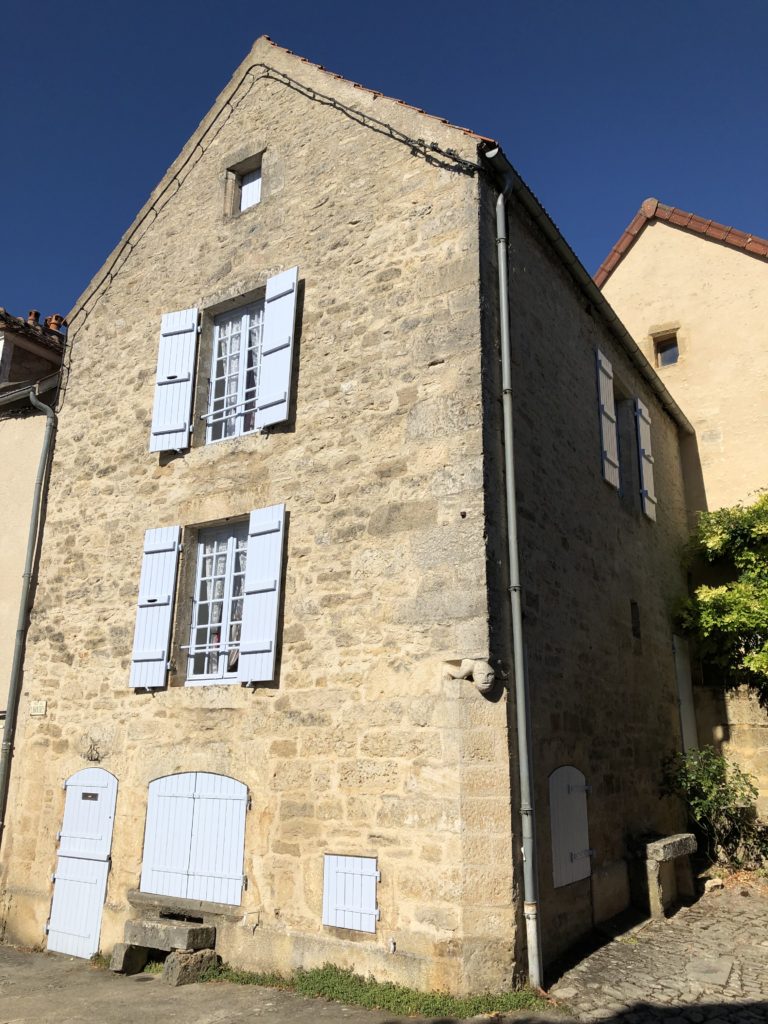
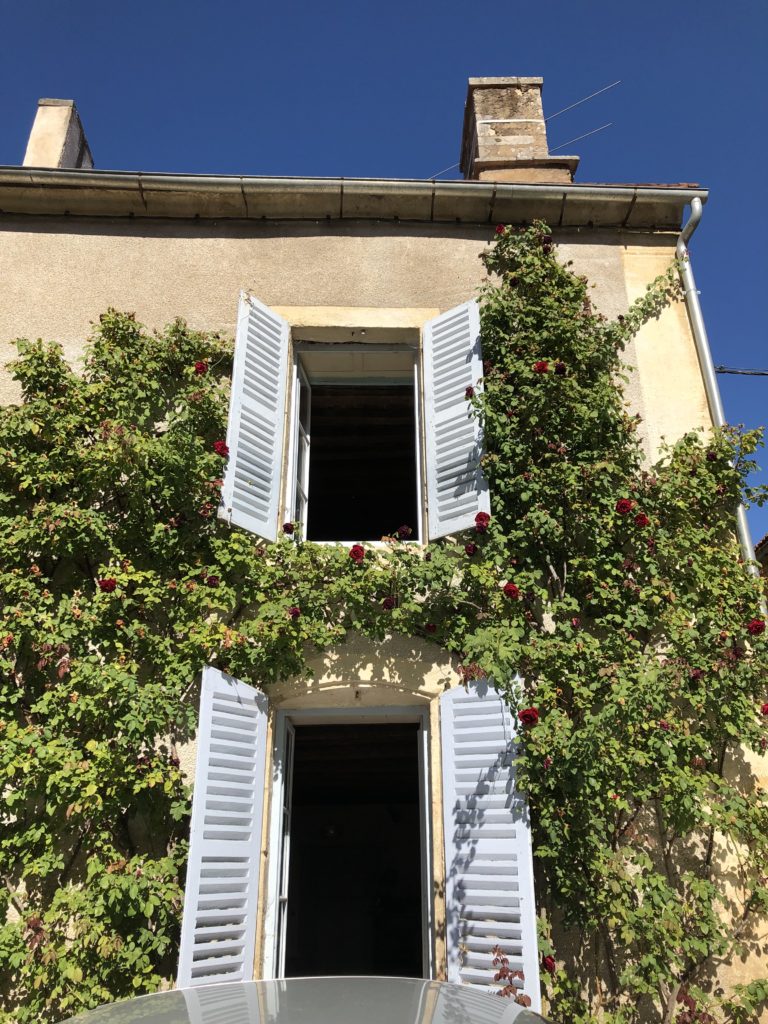
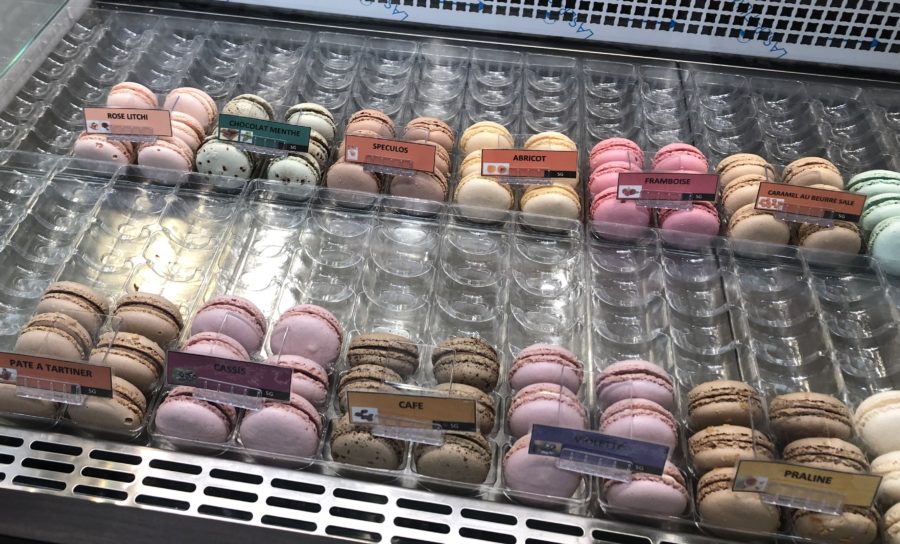
FRENCH MACARONS!
I’ve heard of them. I’ve seen them, but I’ve never tasted one! Oh my…they’re so good! Fortunately, I discovered them toward the end of our stay. The first time I bought two and the second time I bought six! I can’t even imagine how many I’ll buy the next time.
You might be thinking—a macaroon? No! Read this little article, What are French Macarons? to learn the difference
